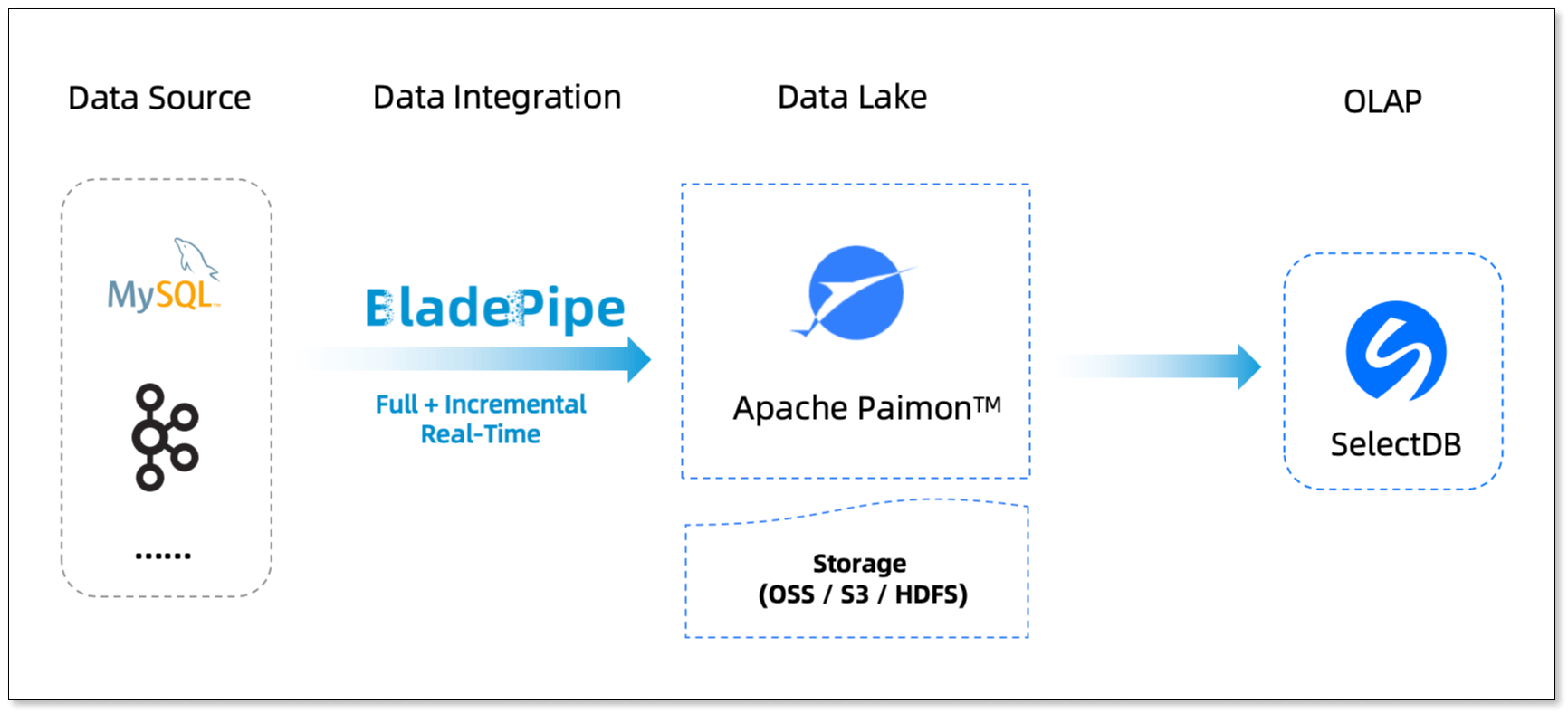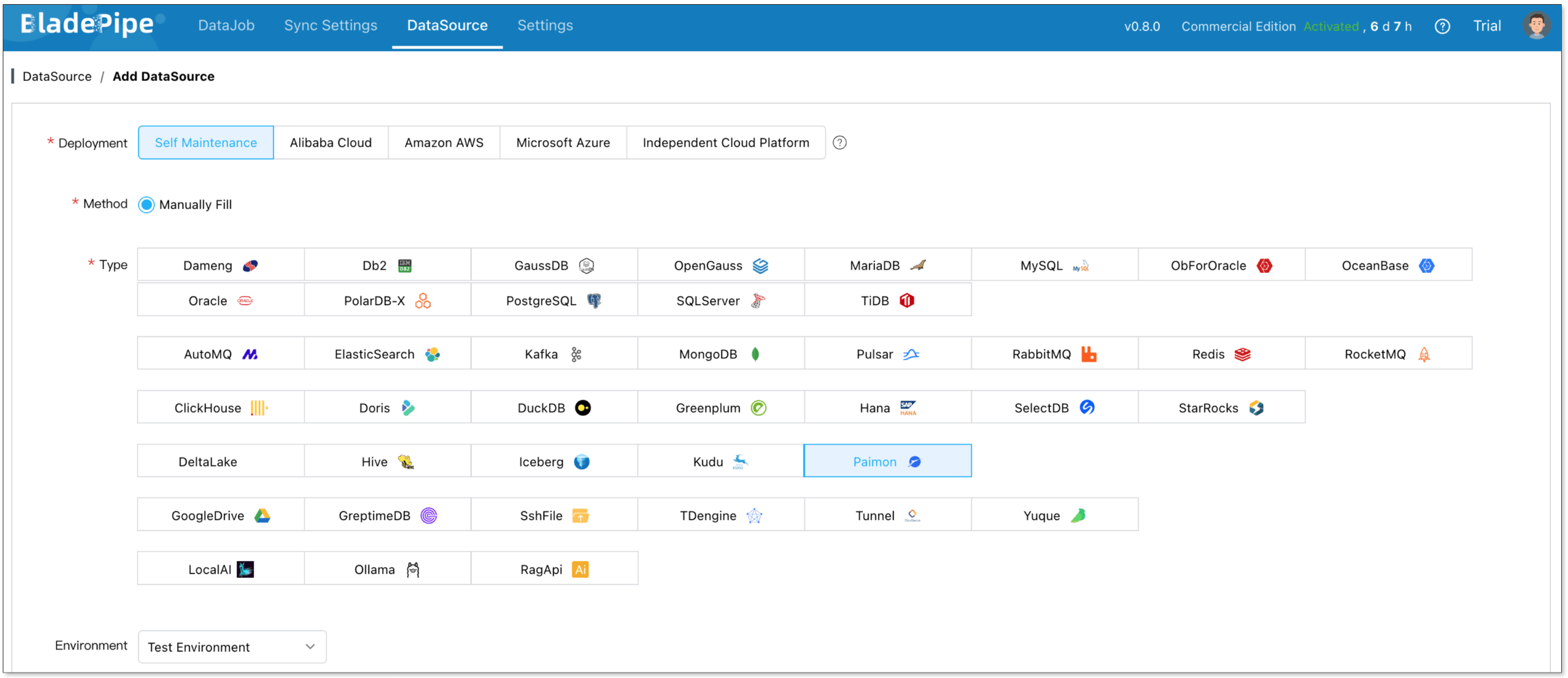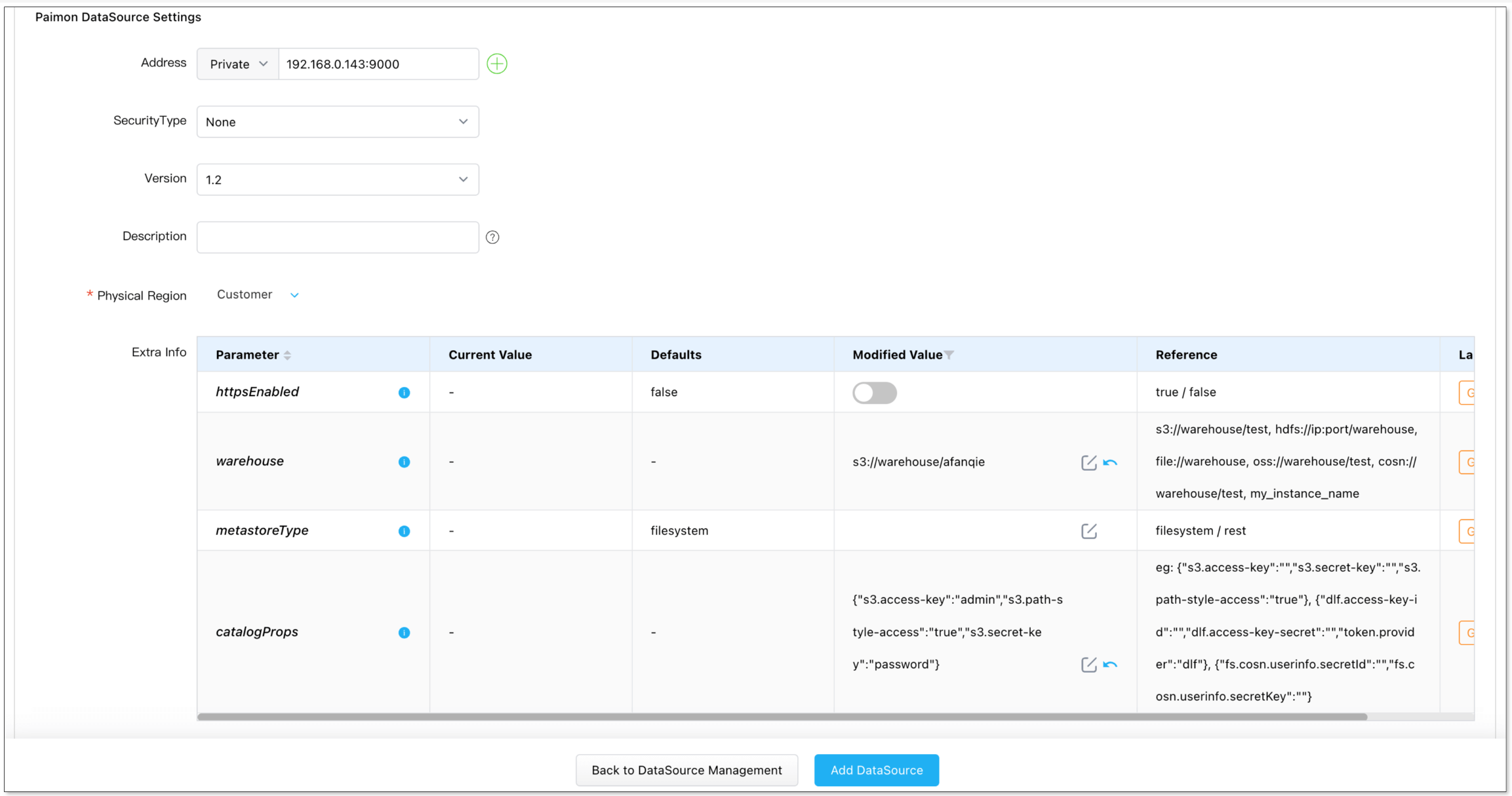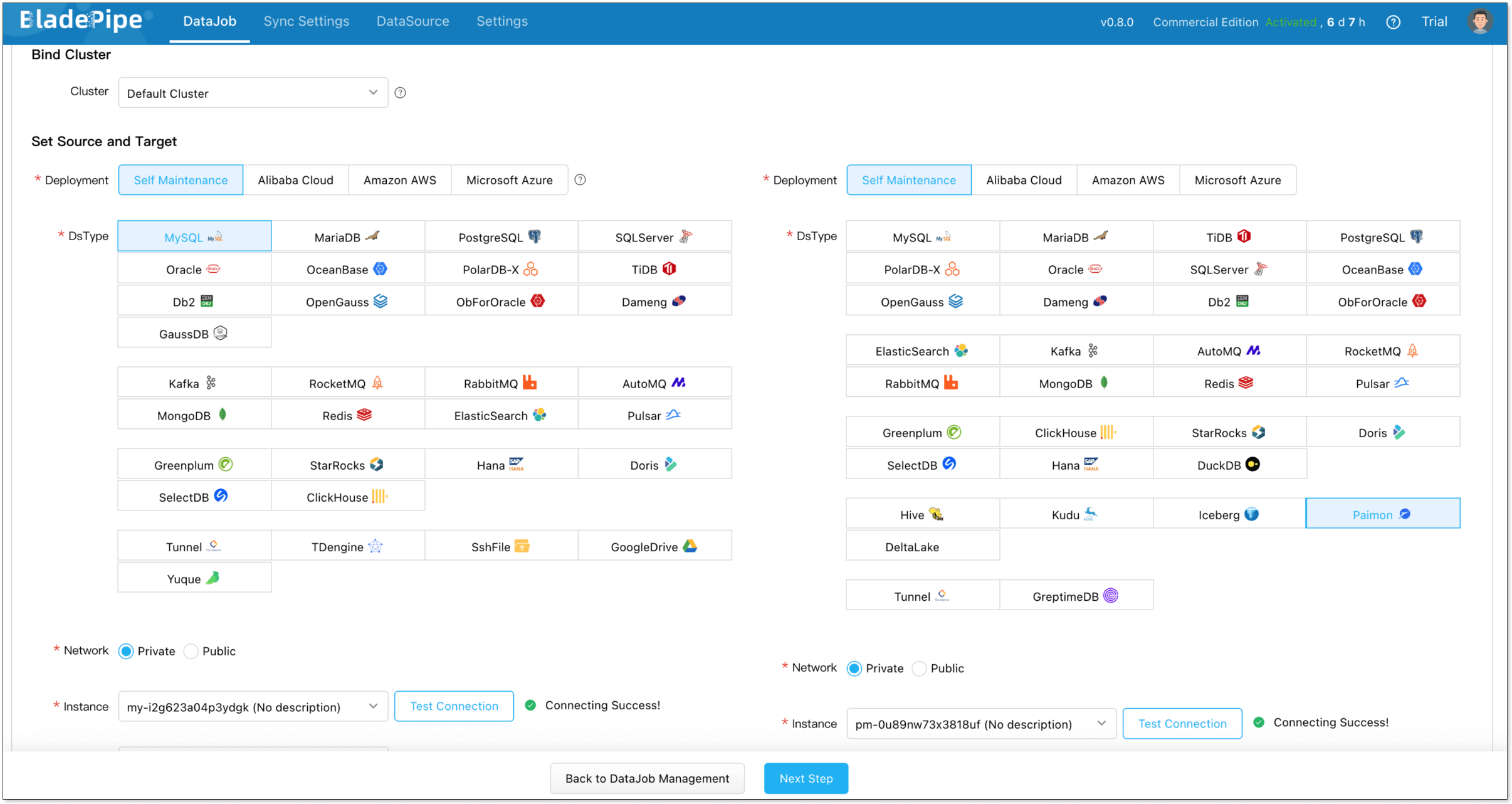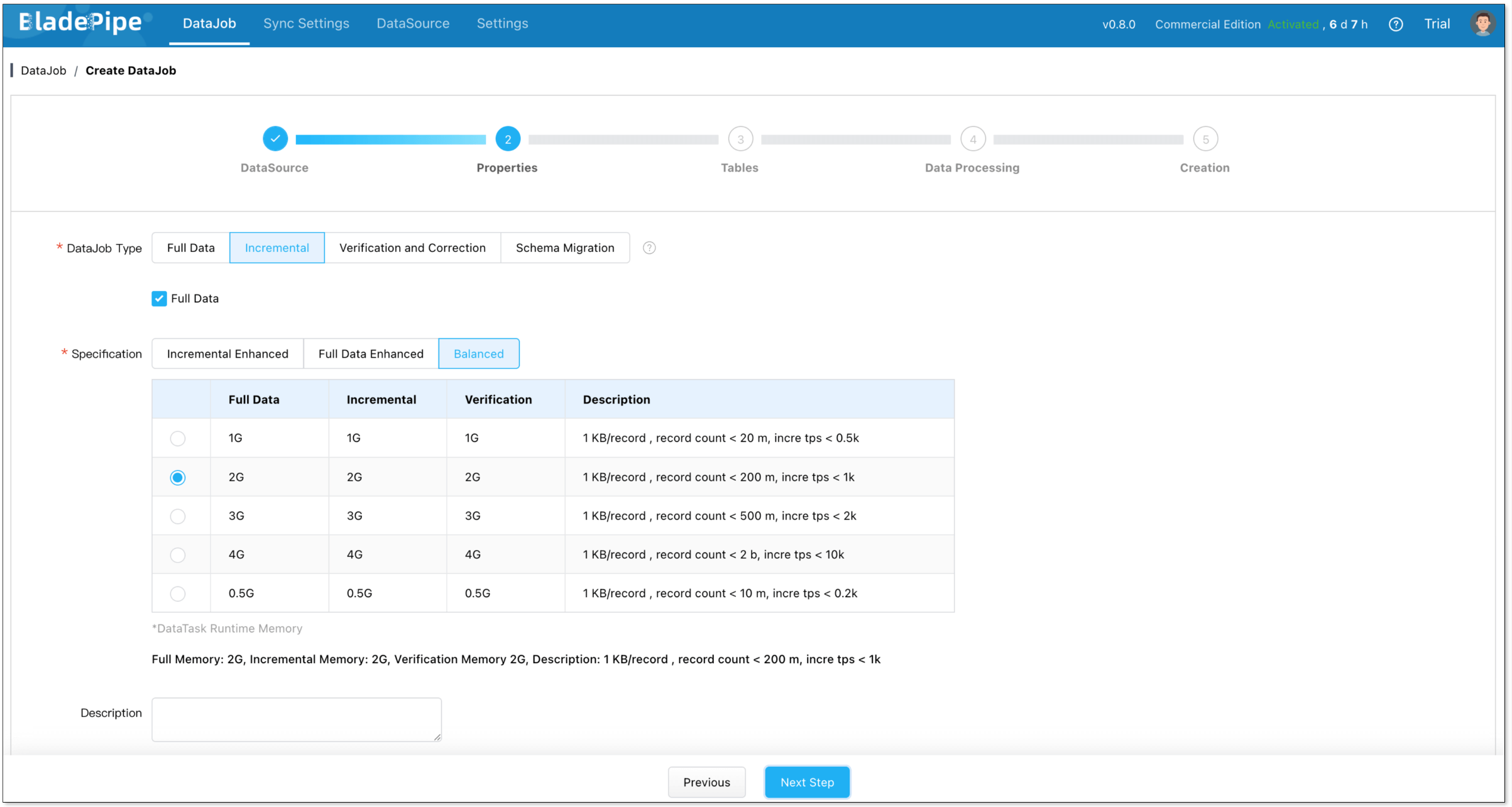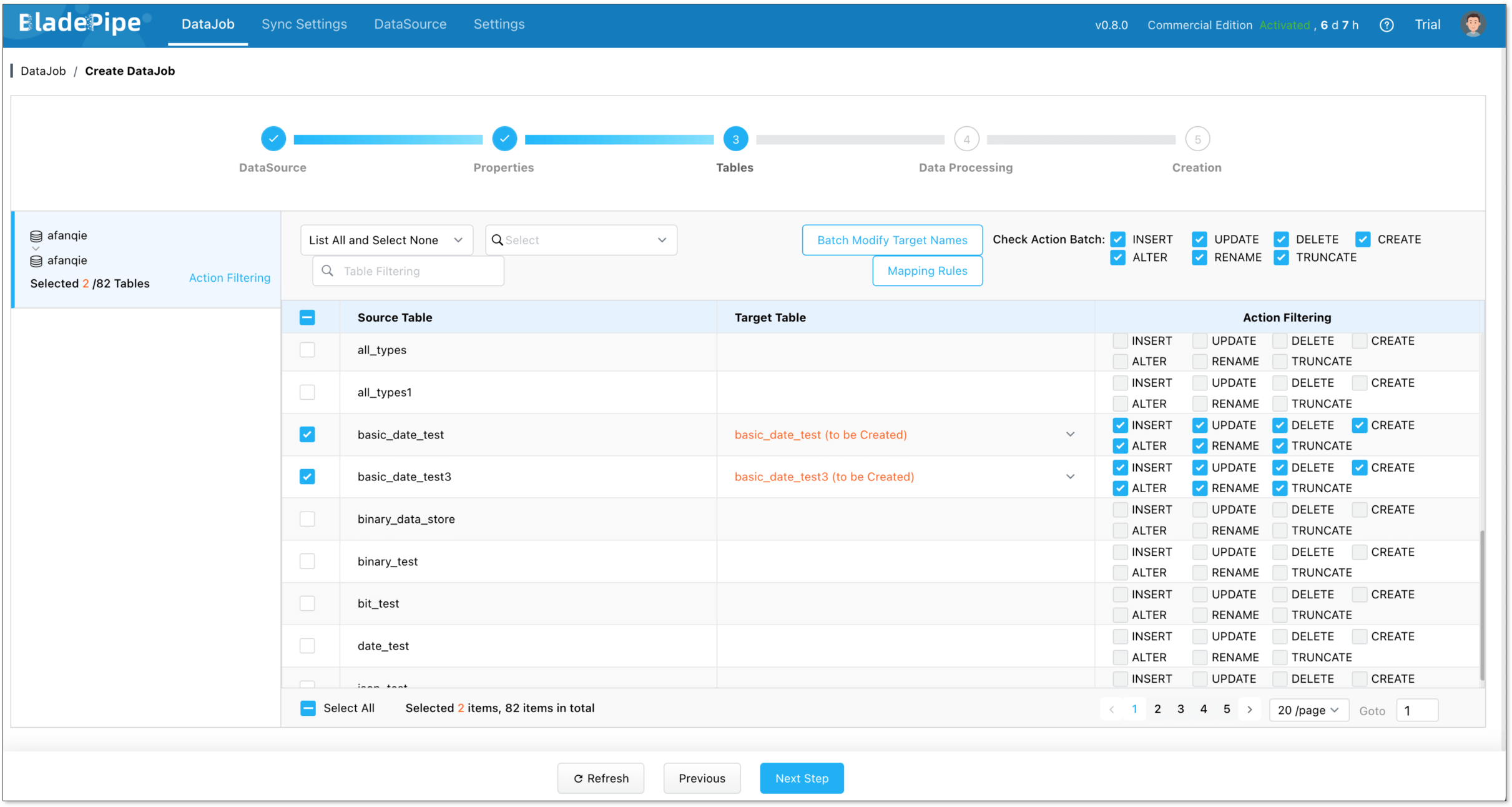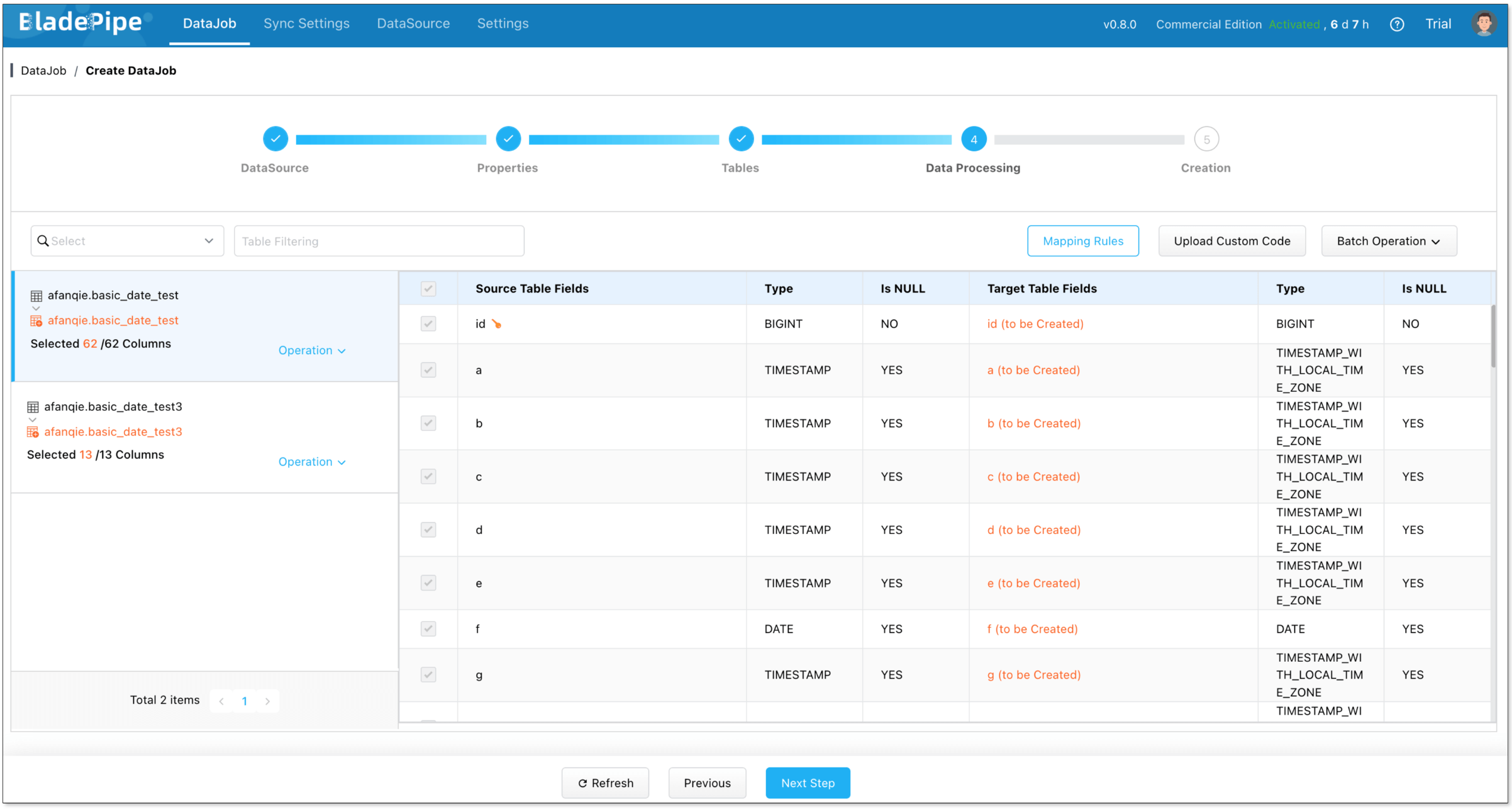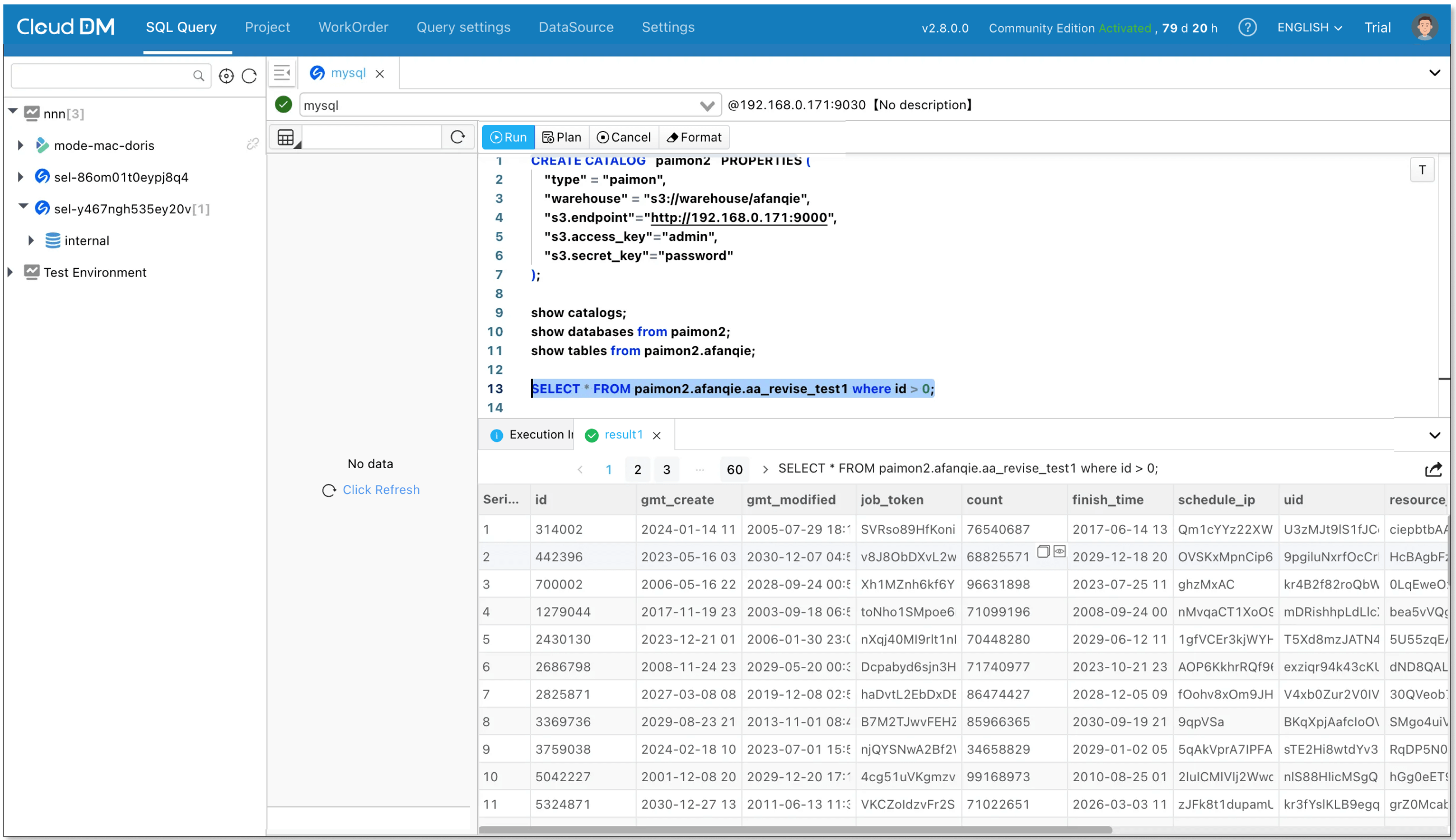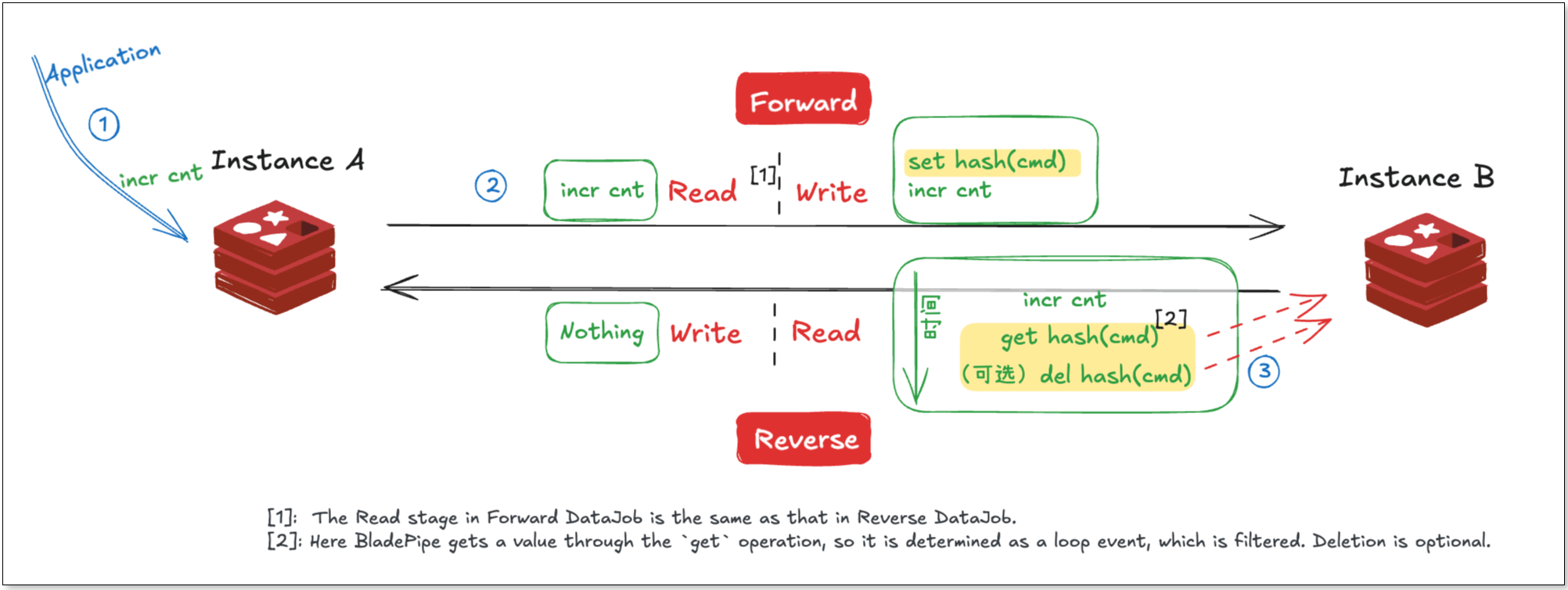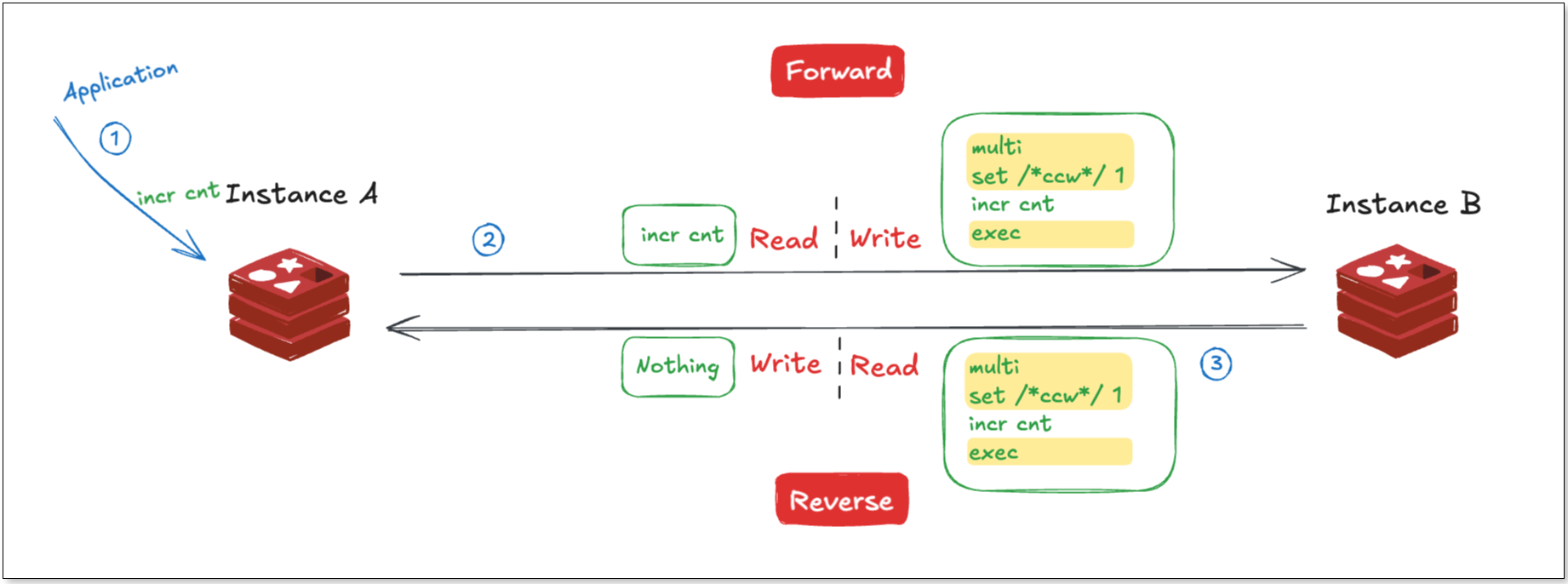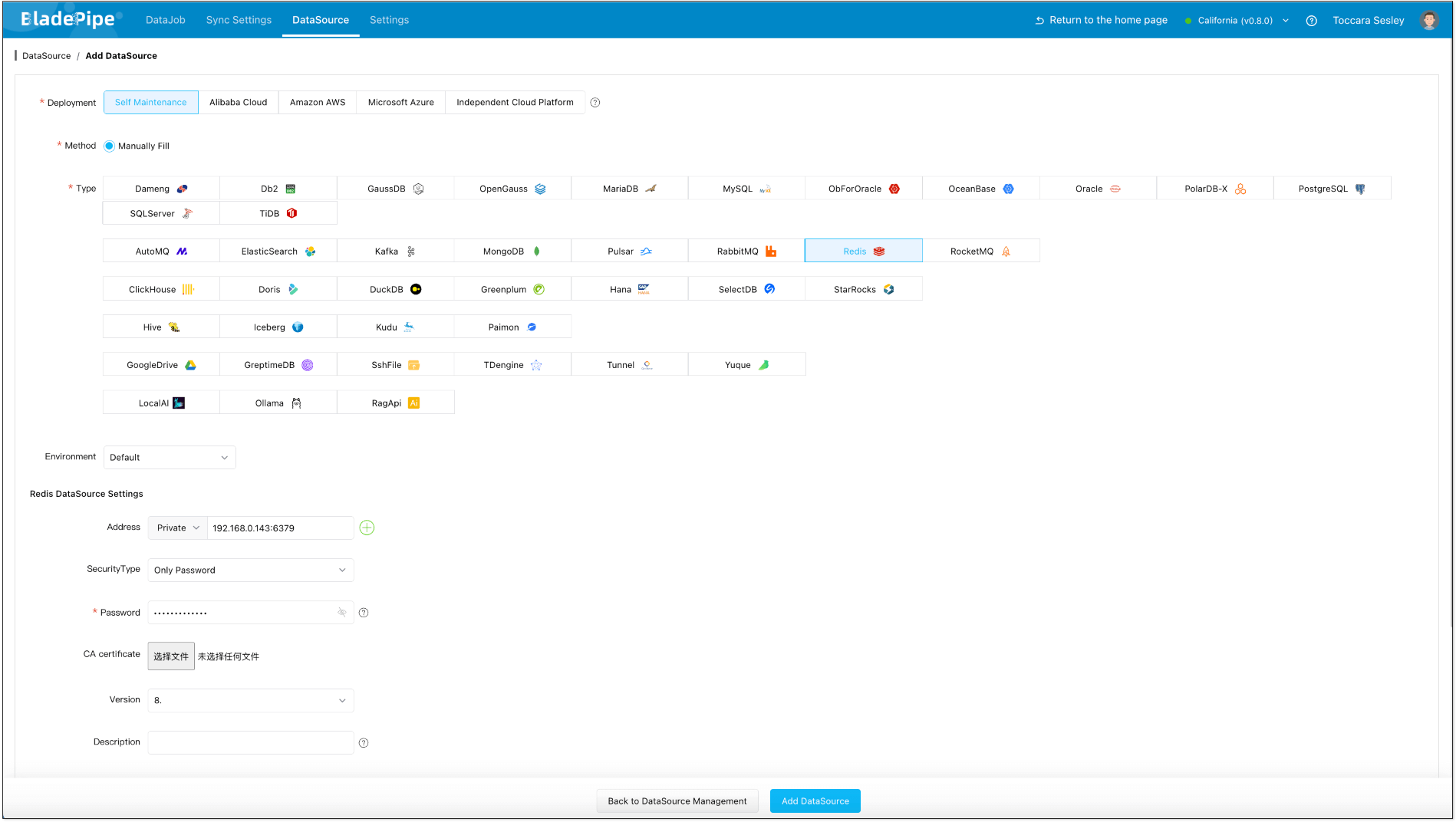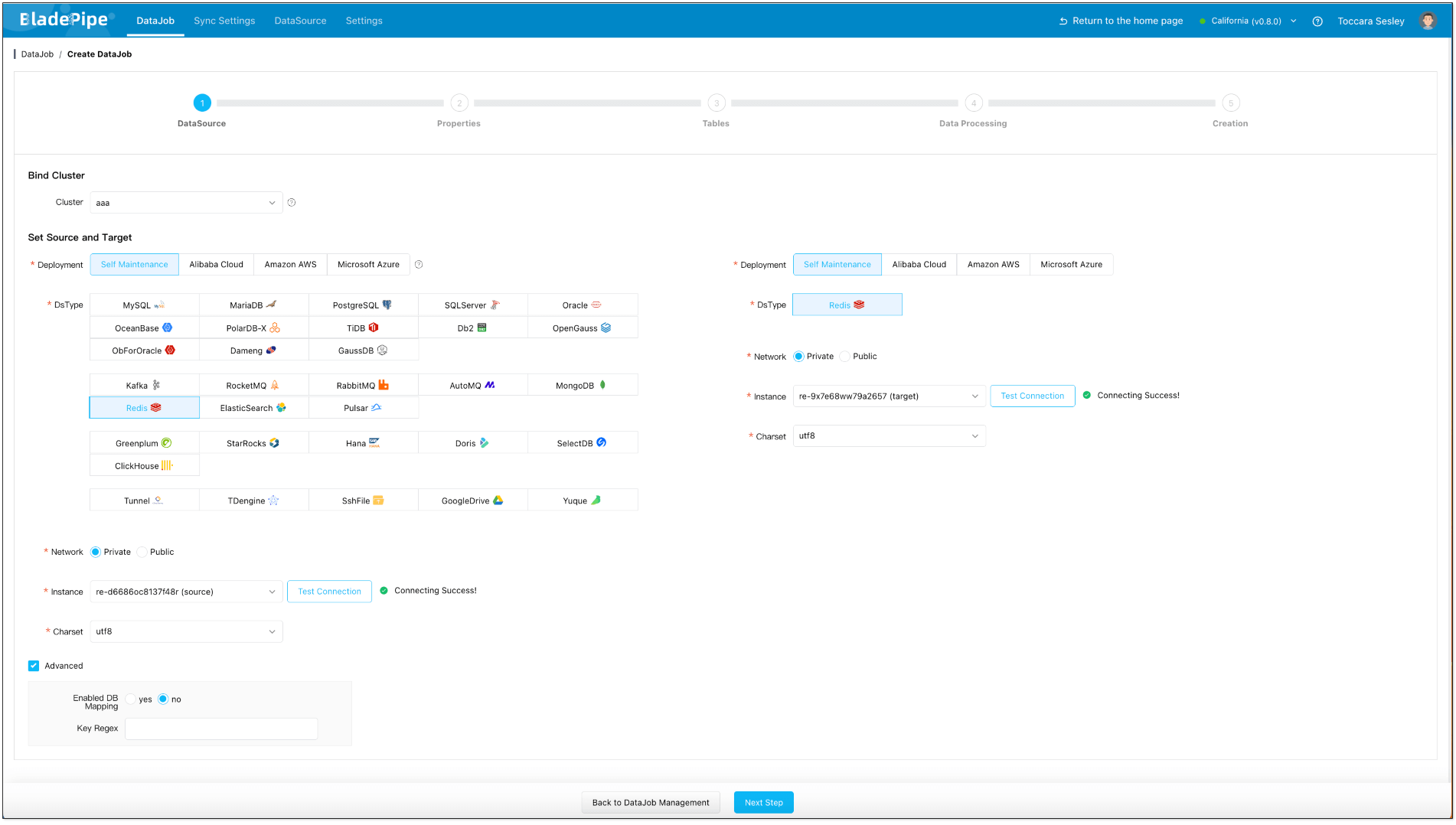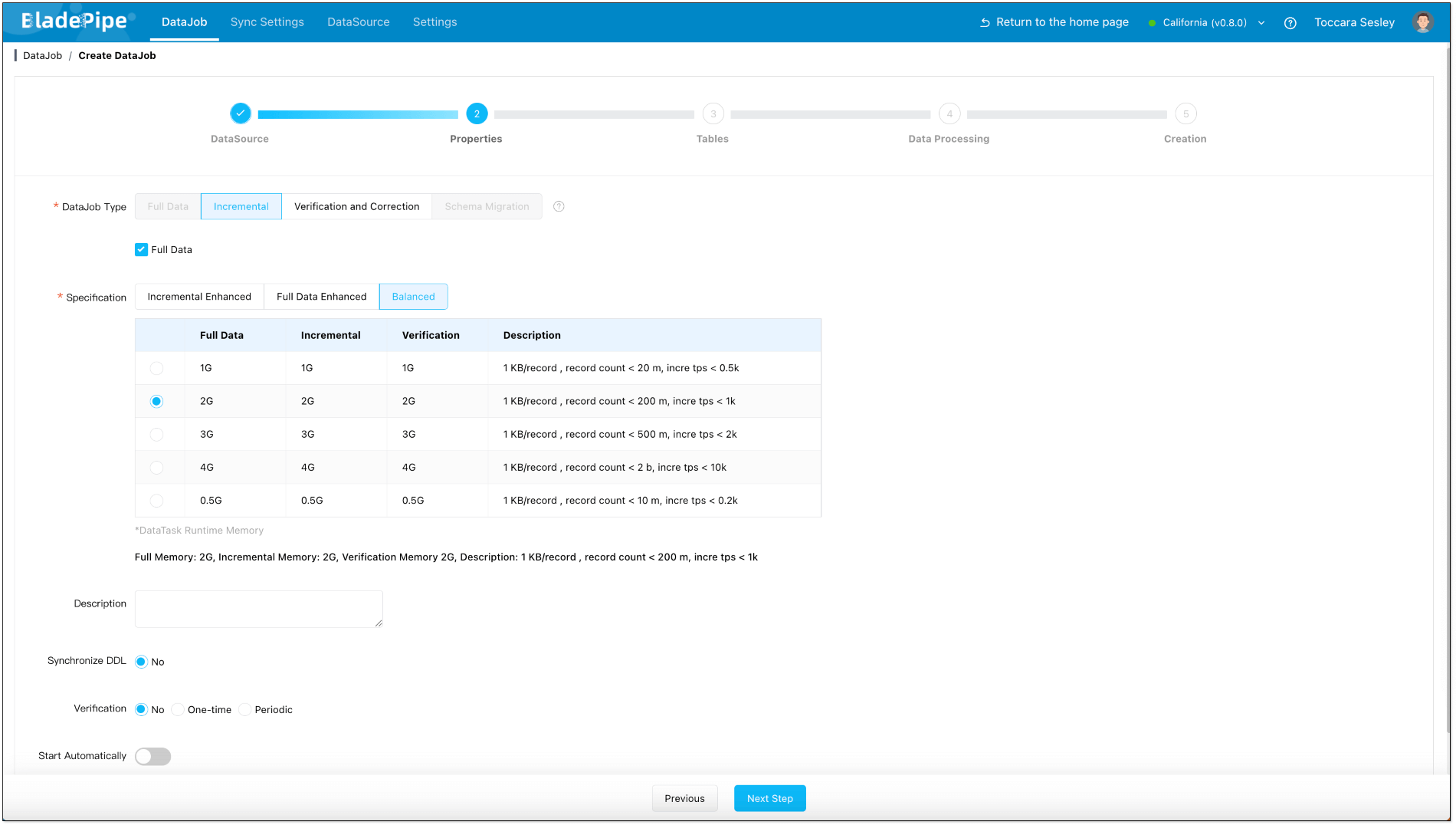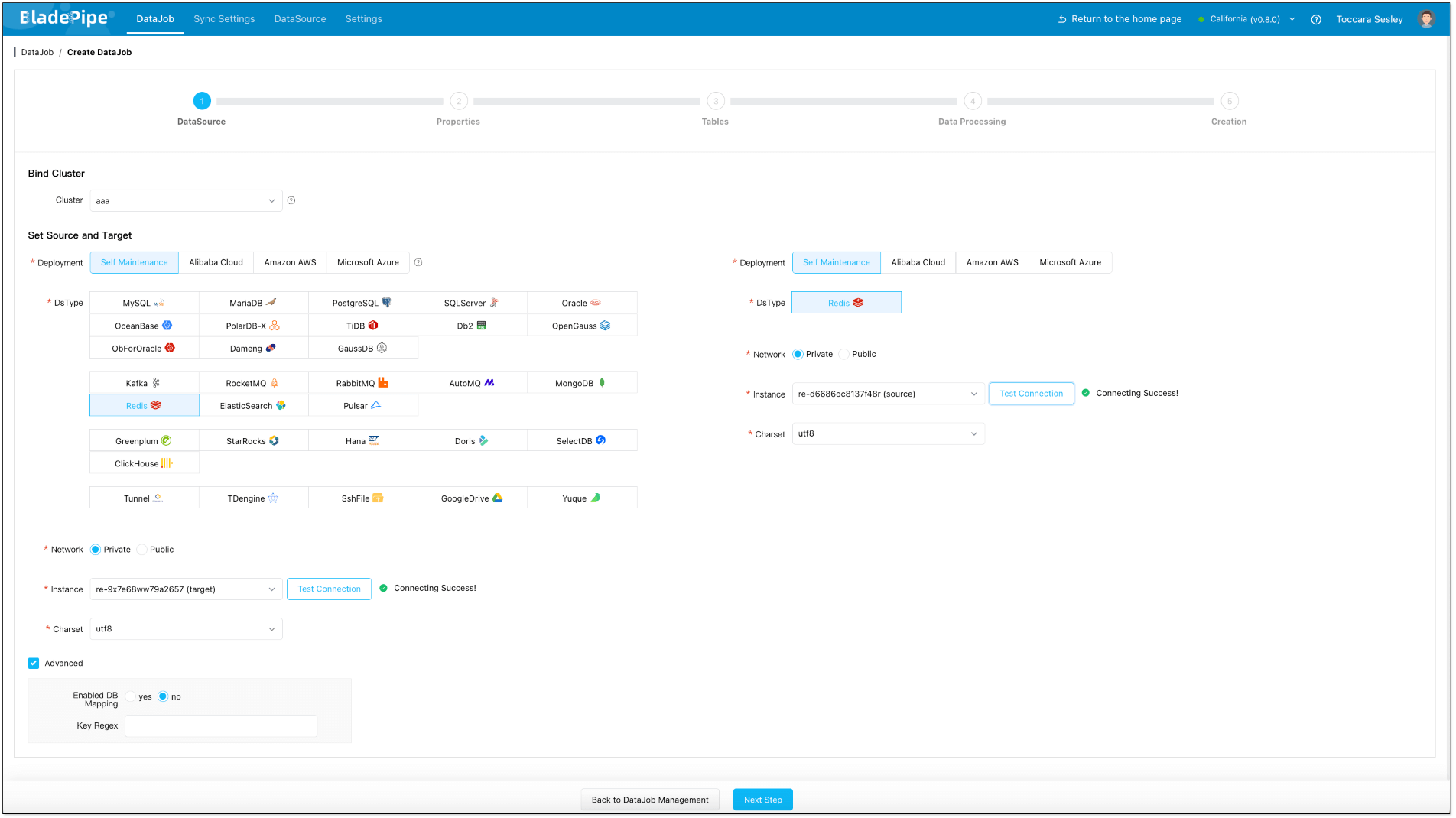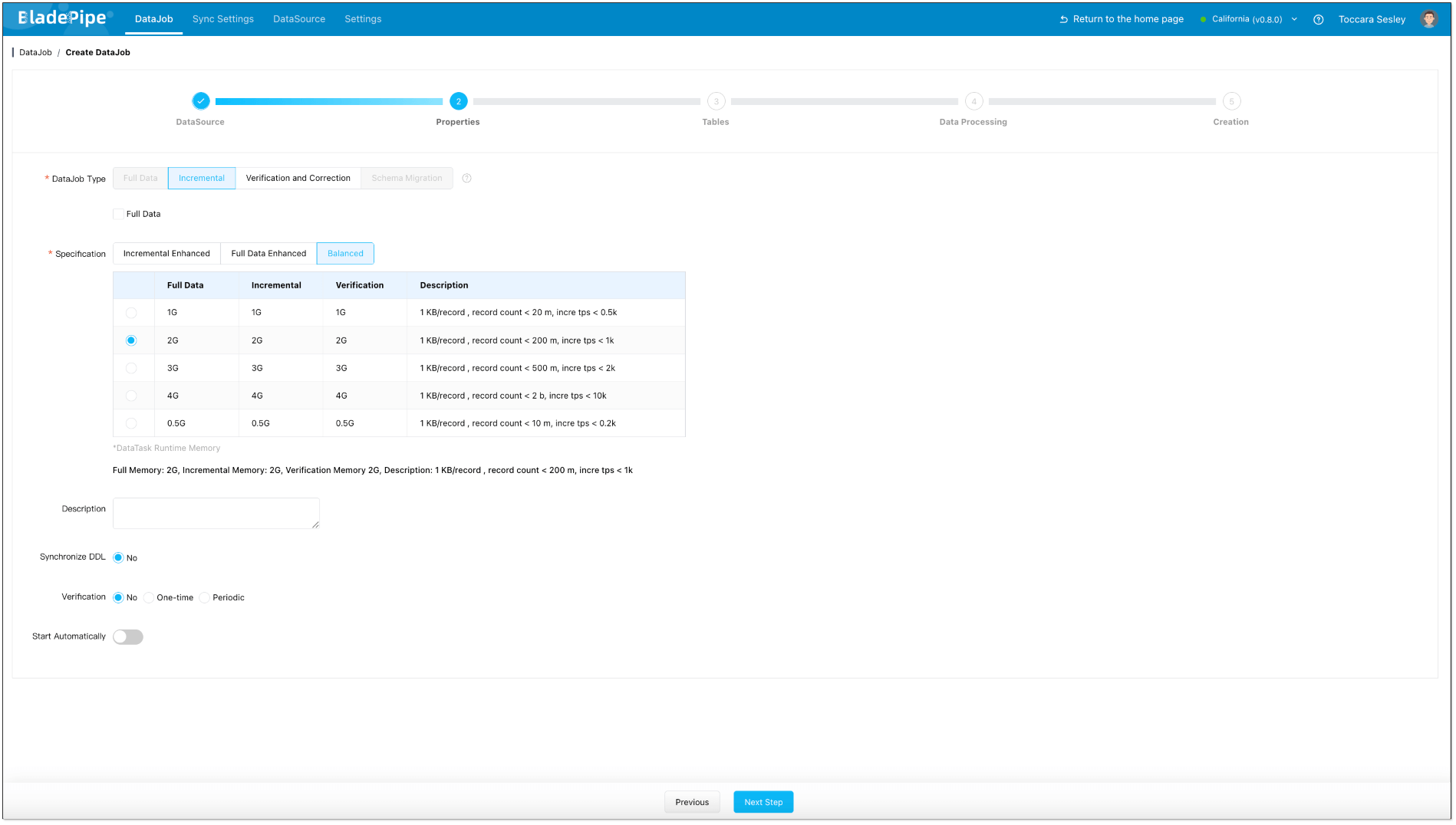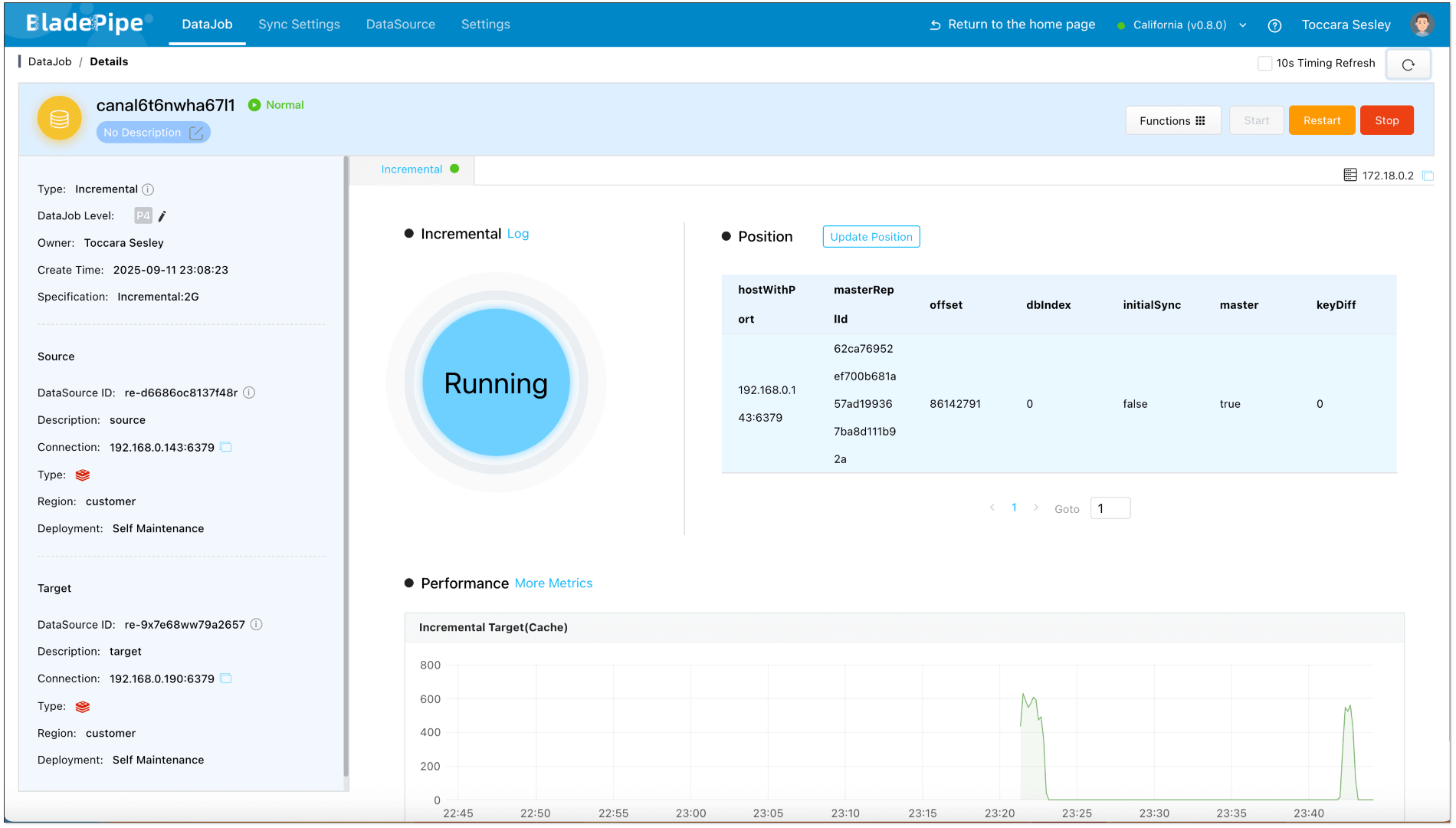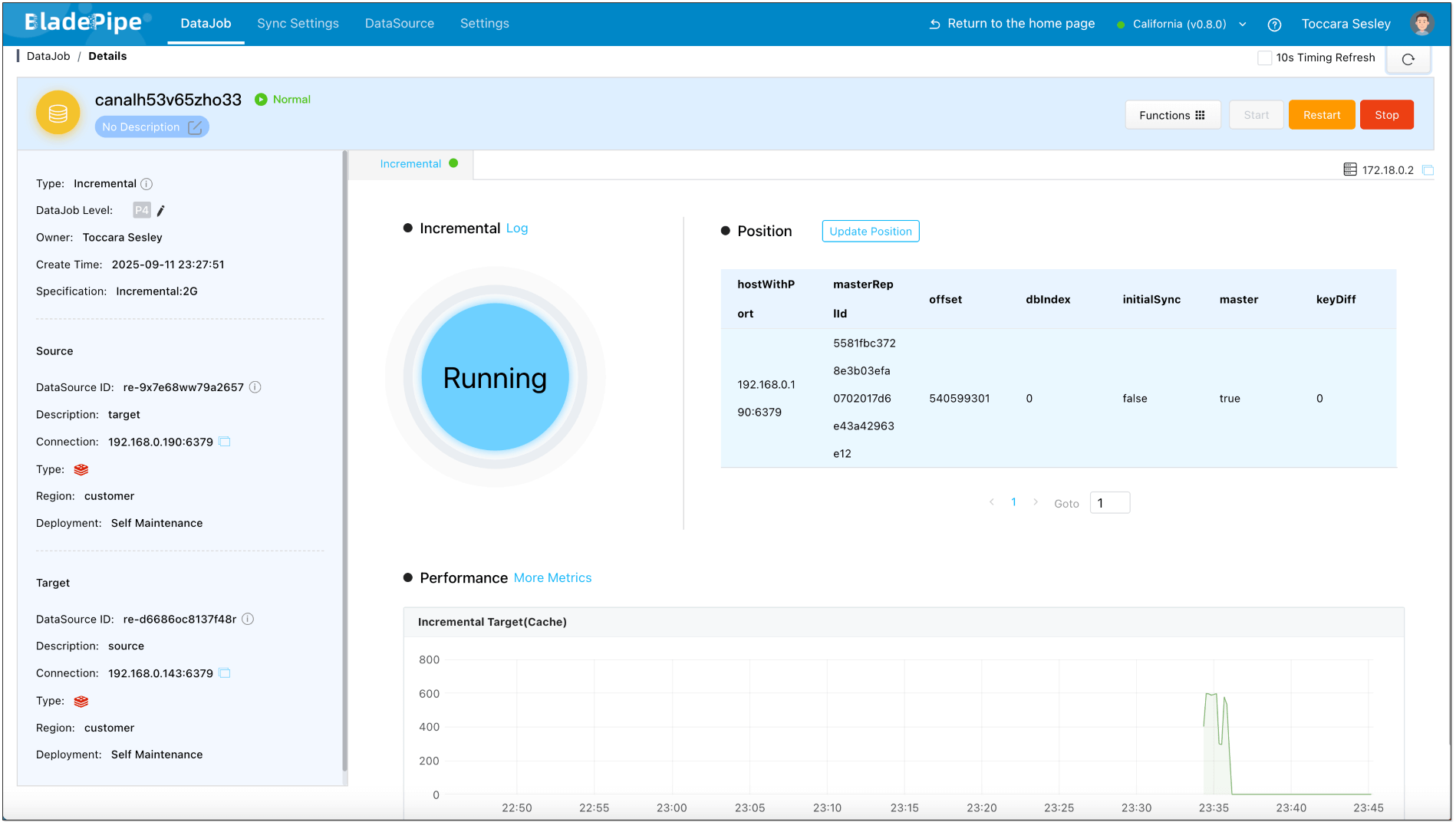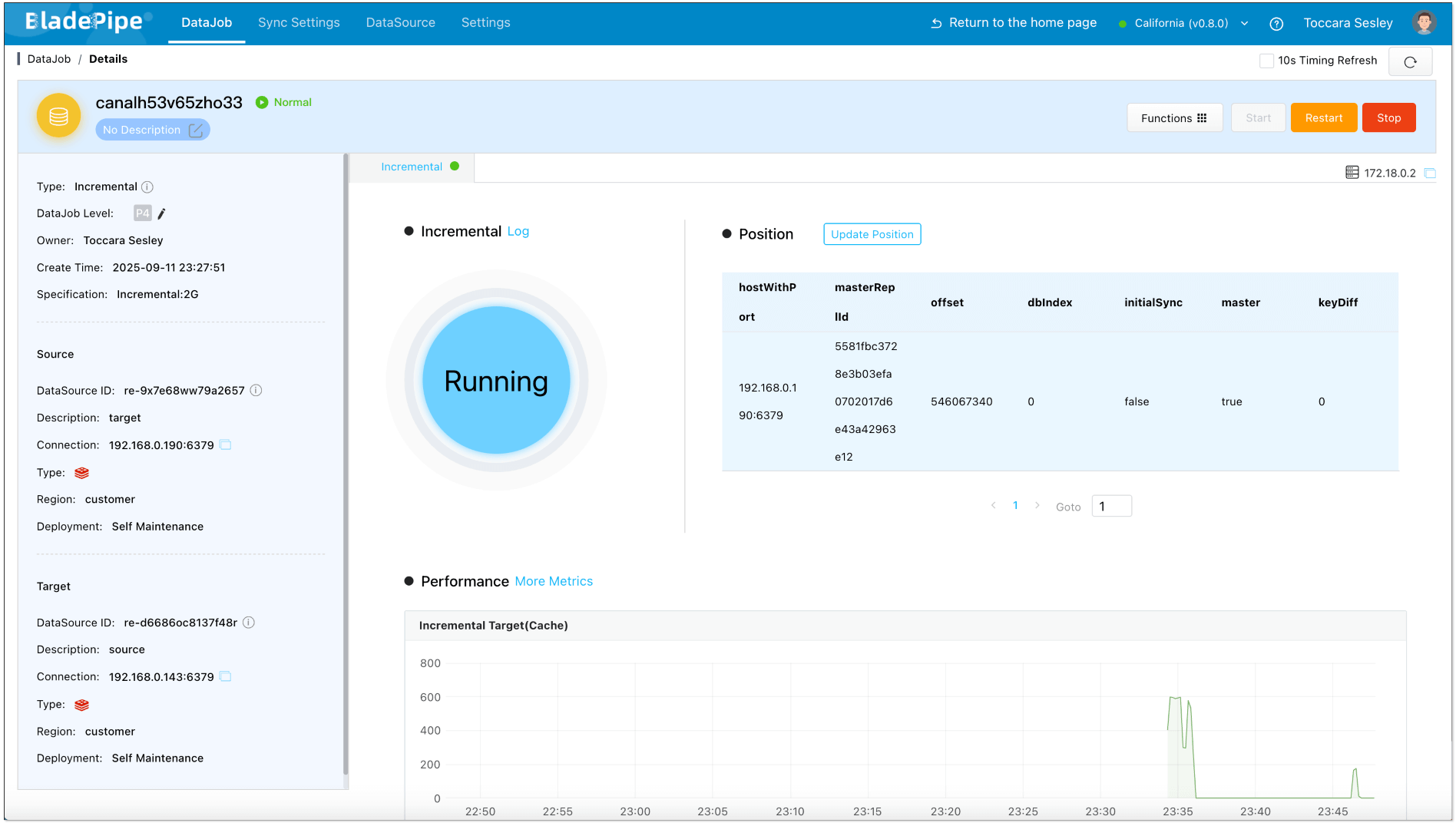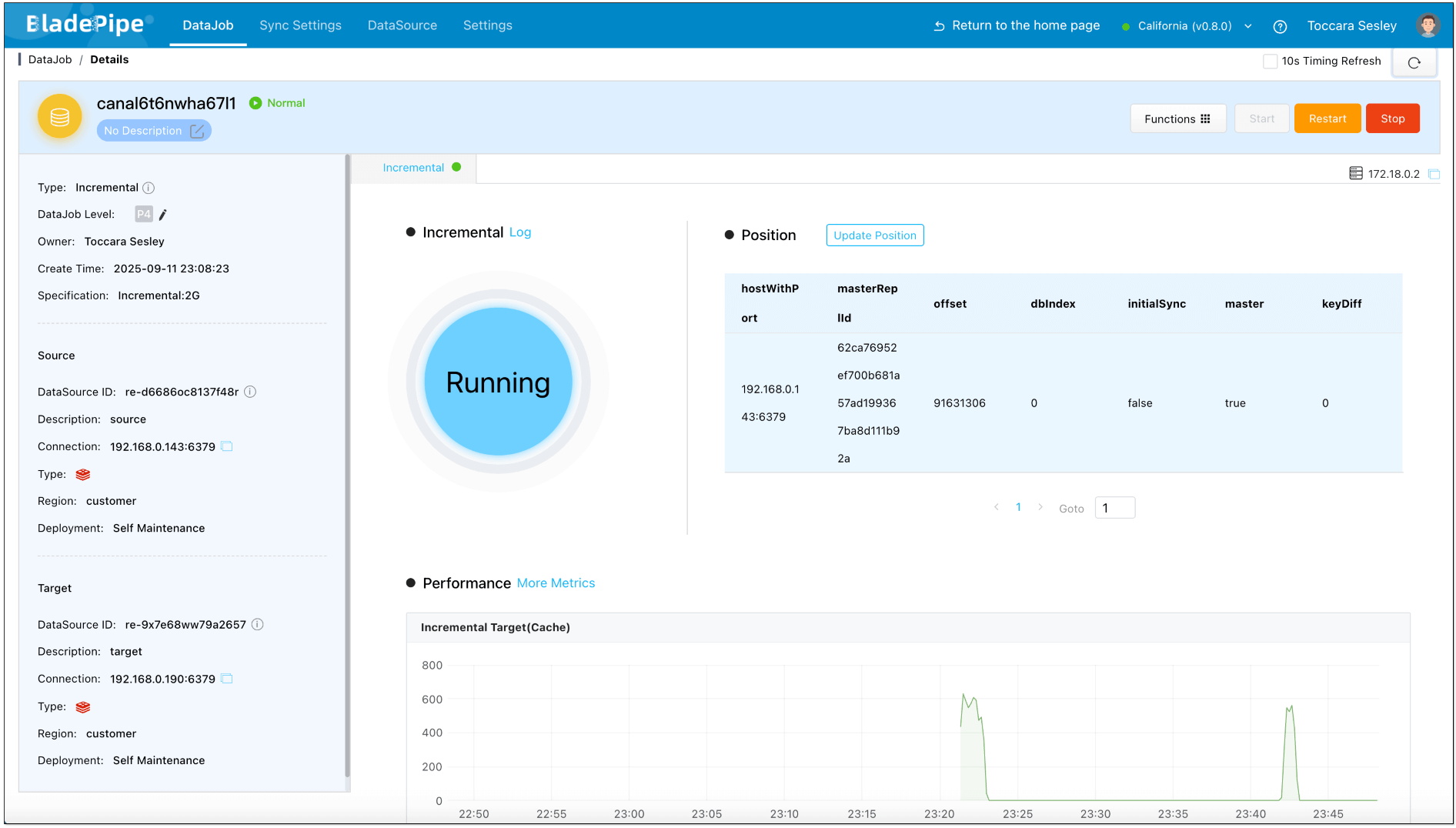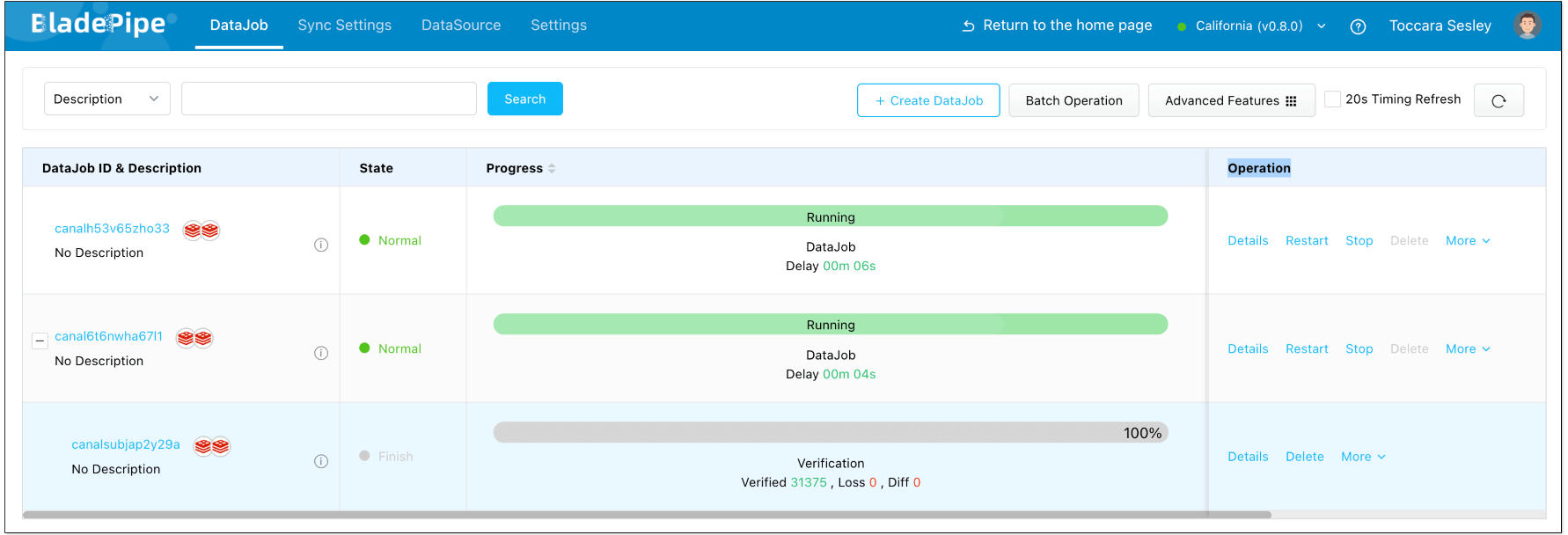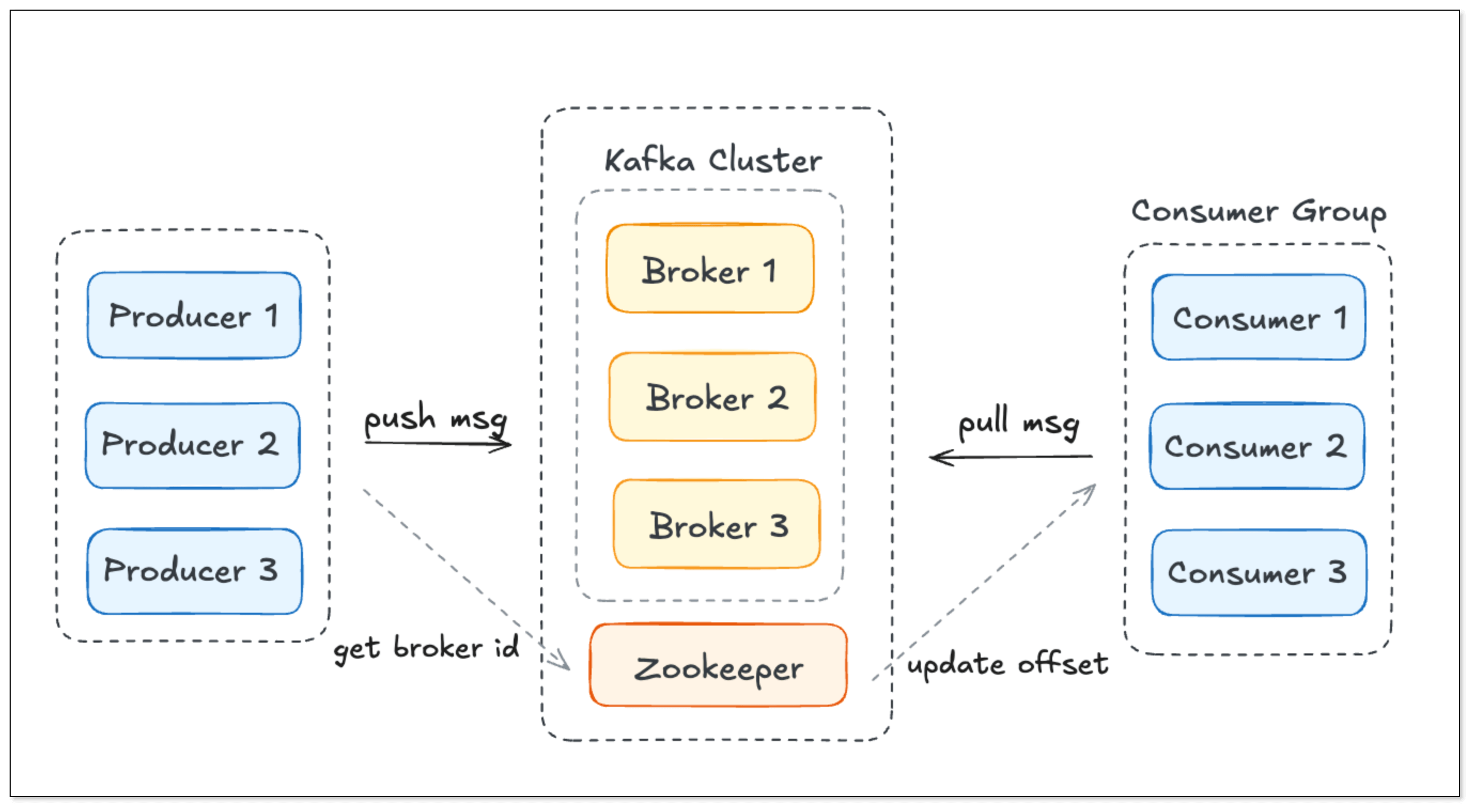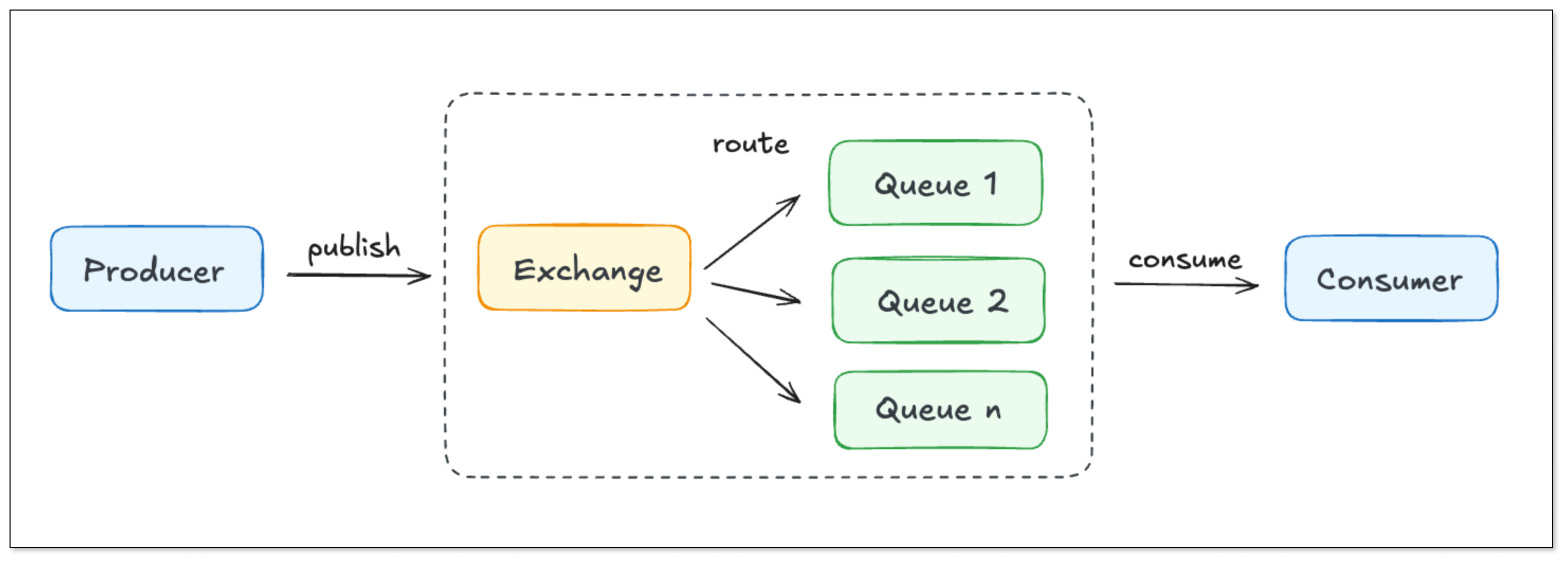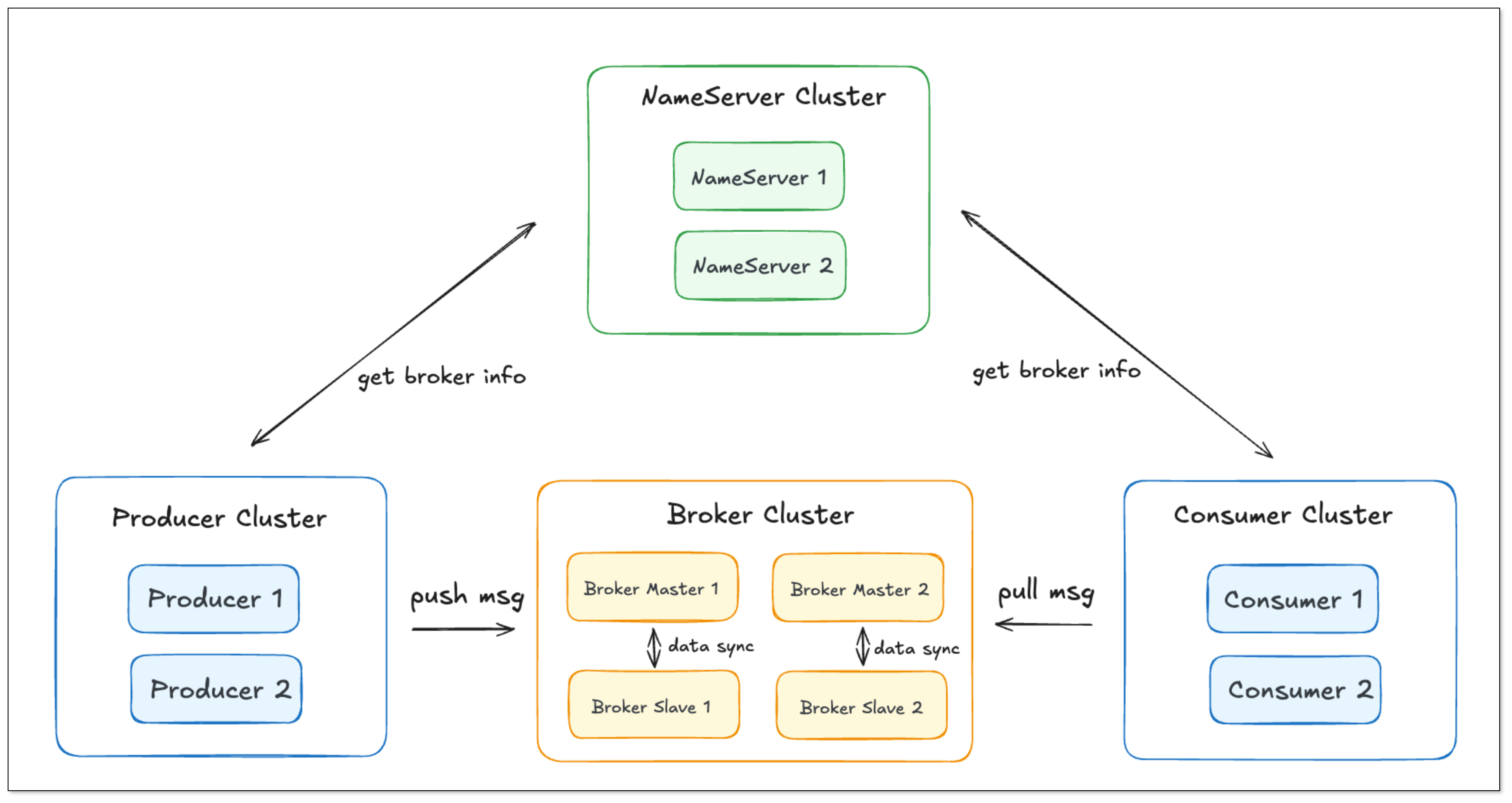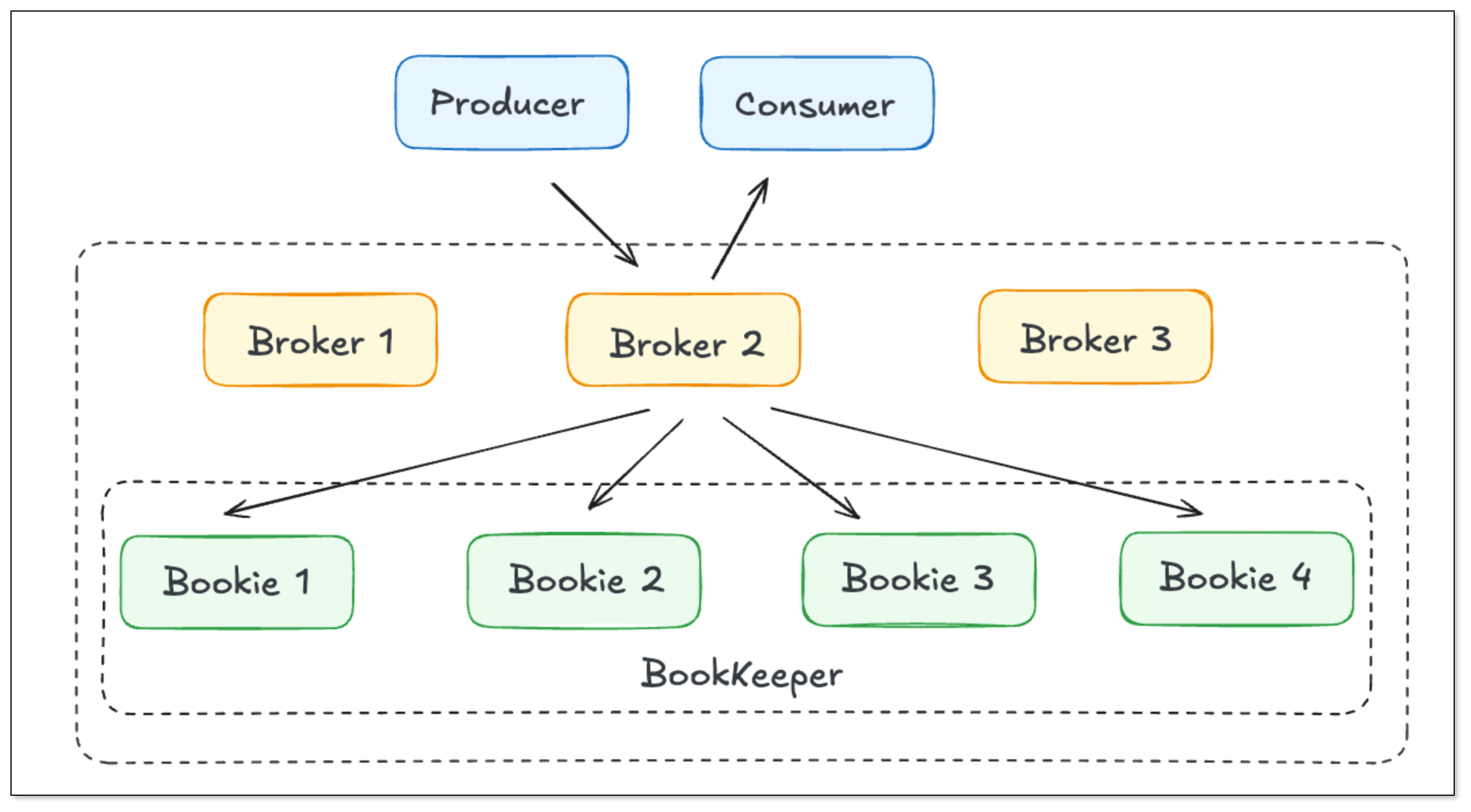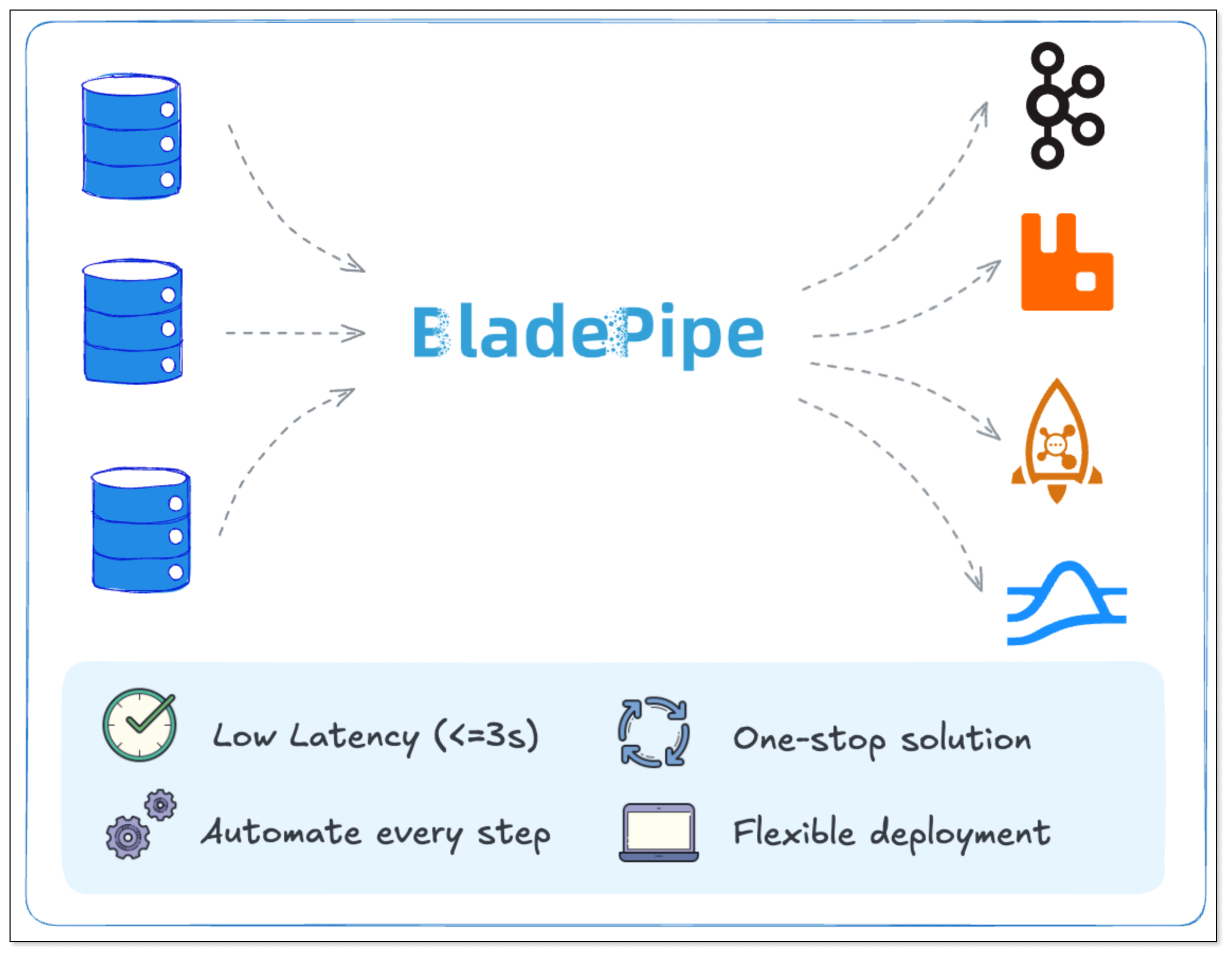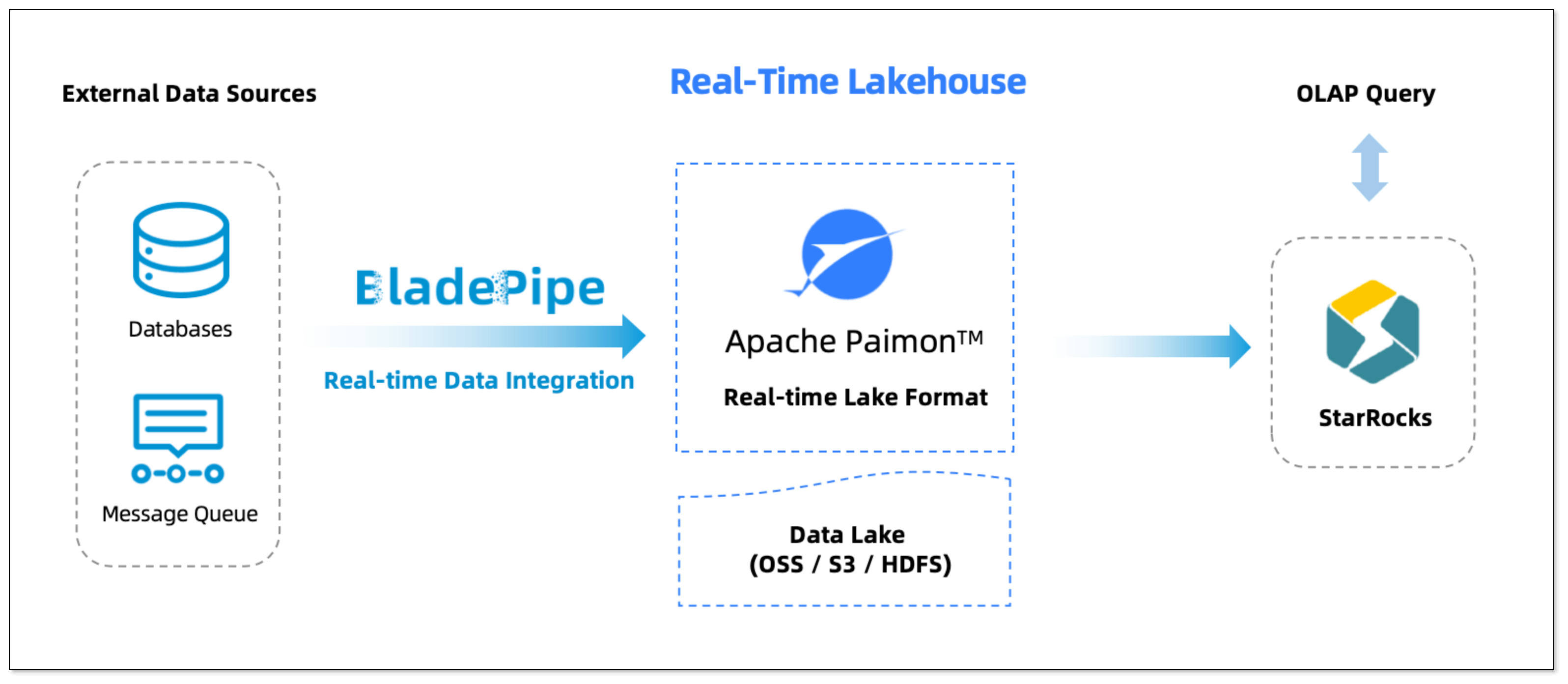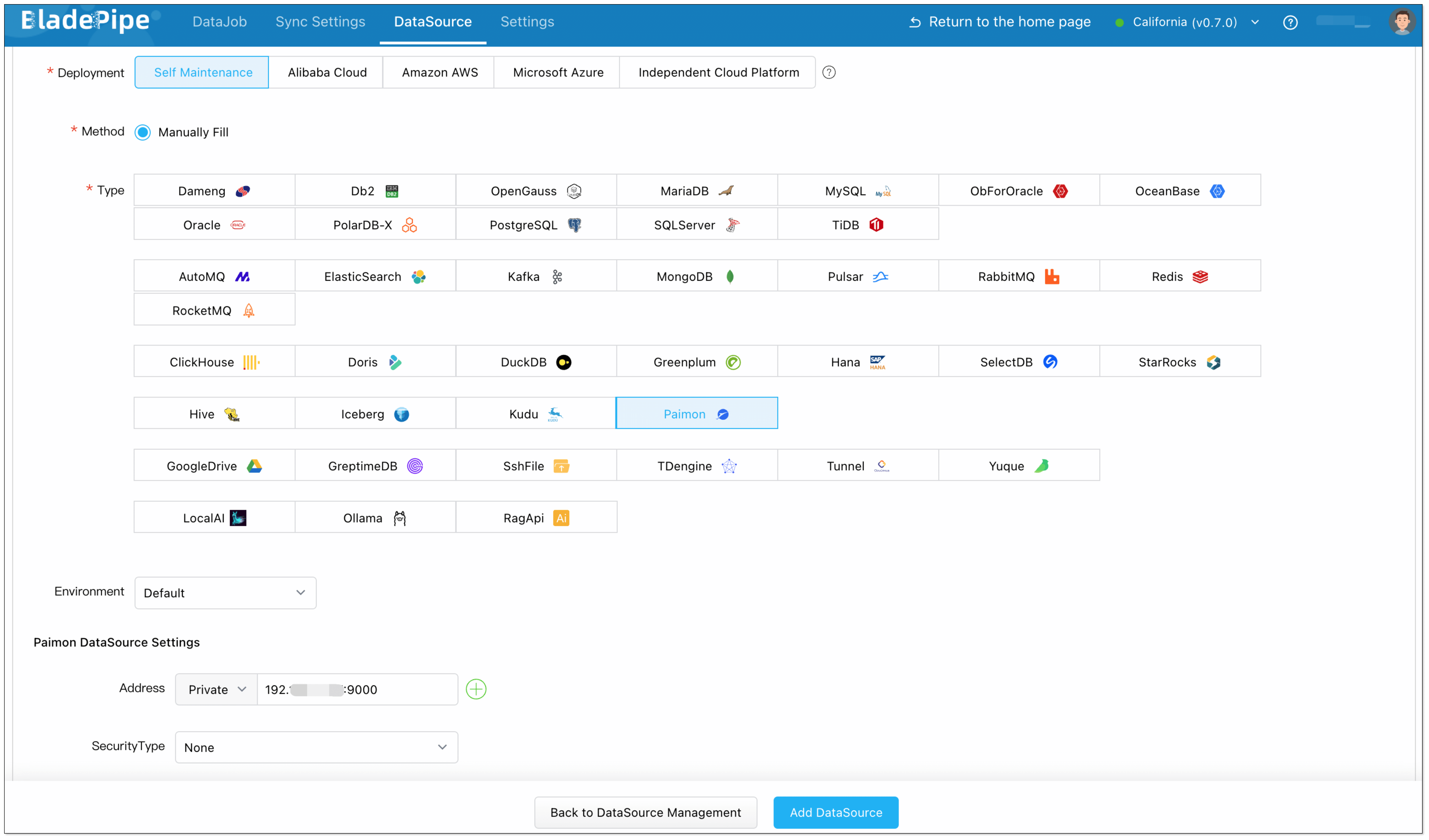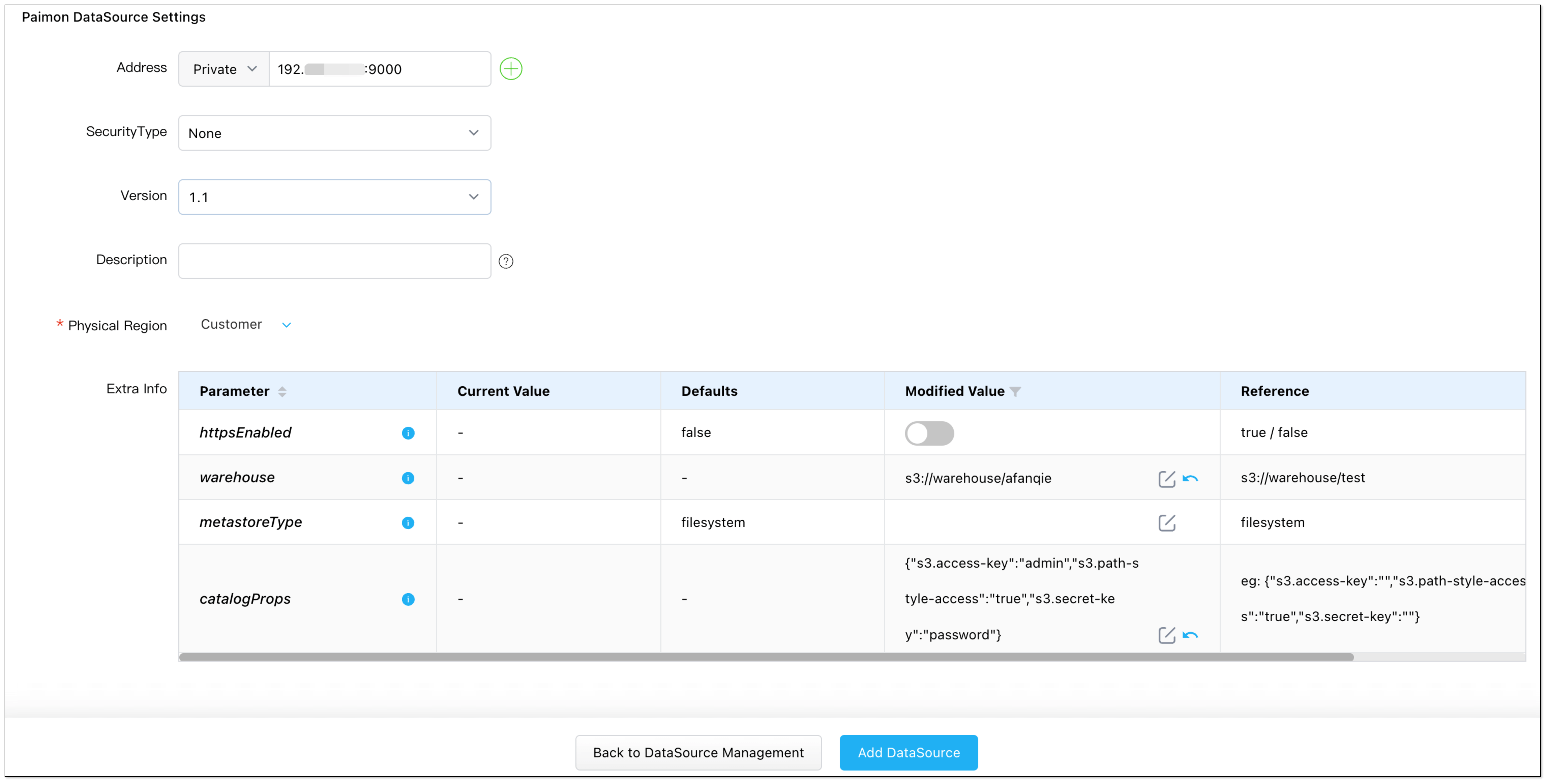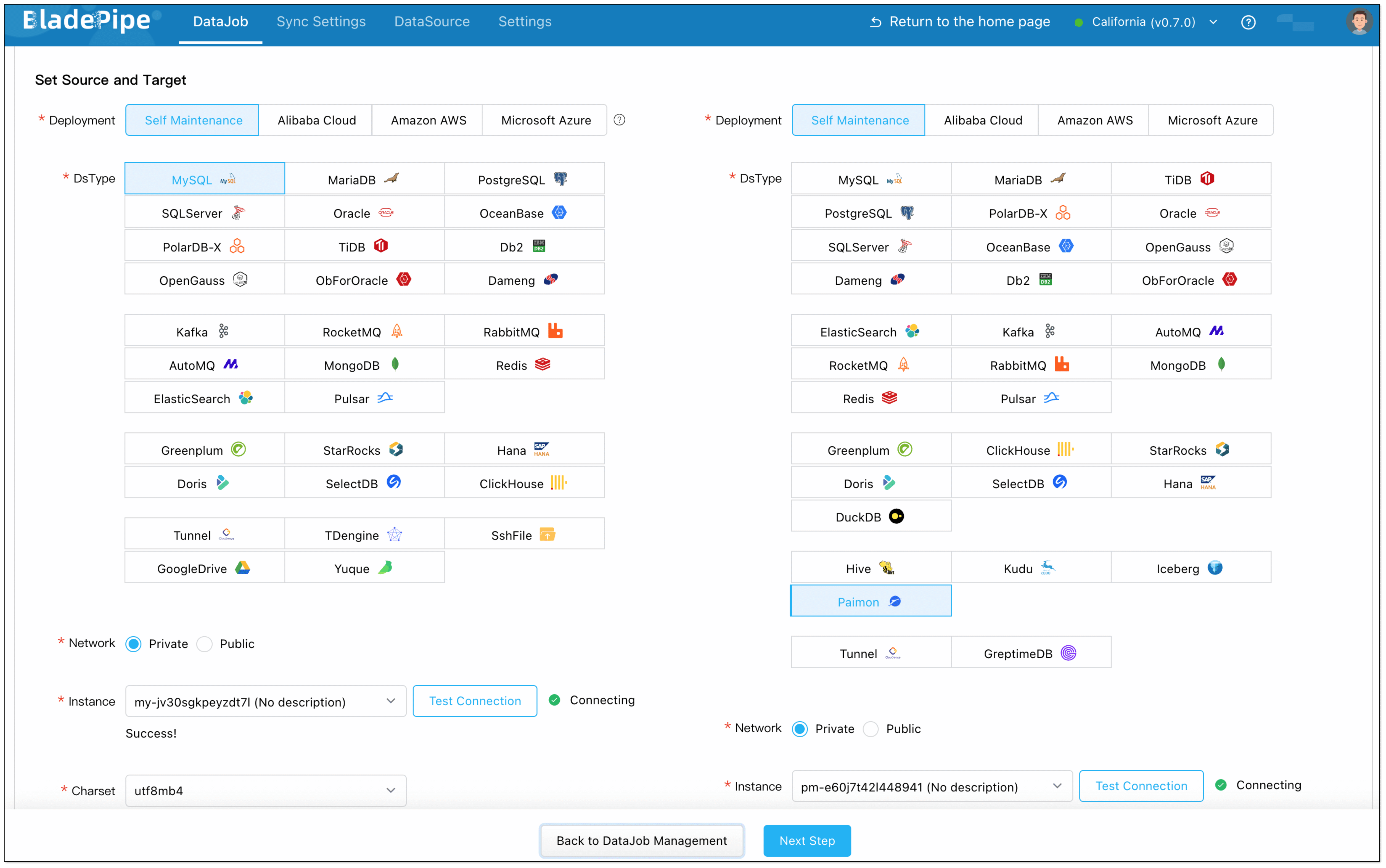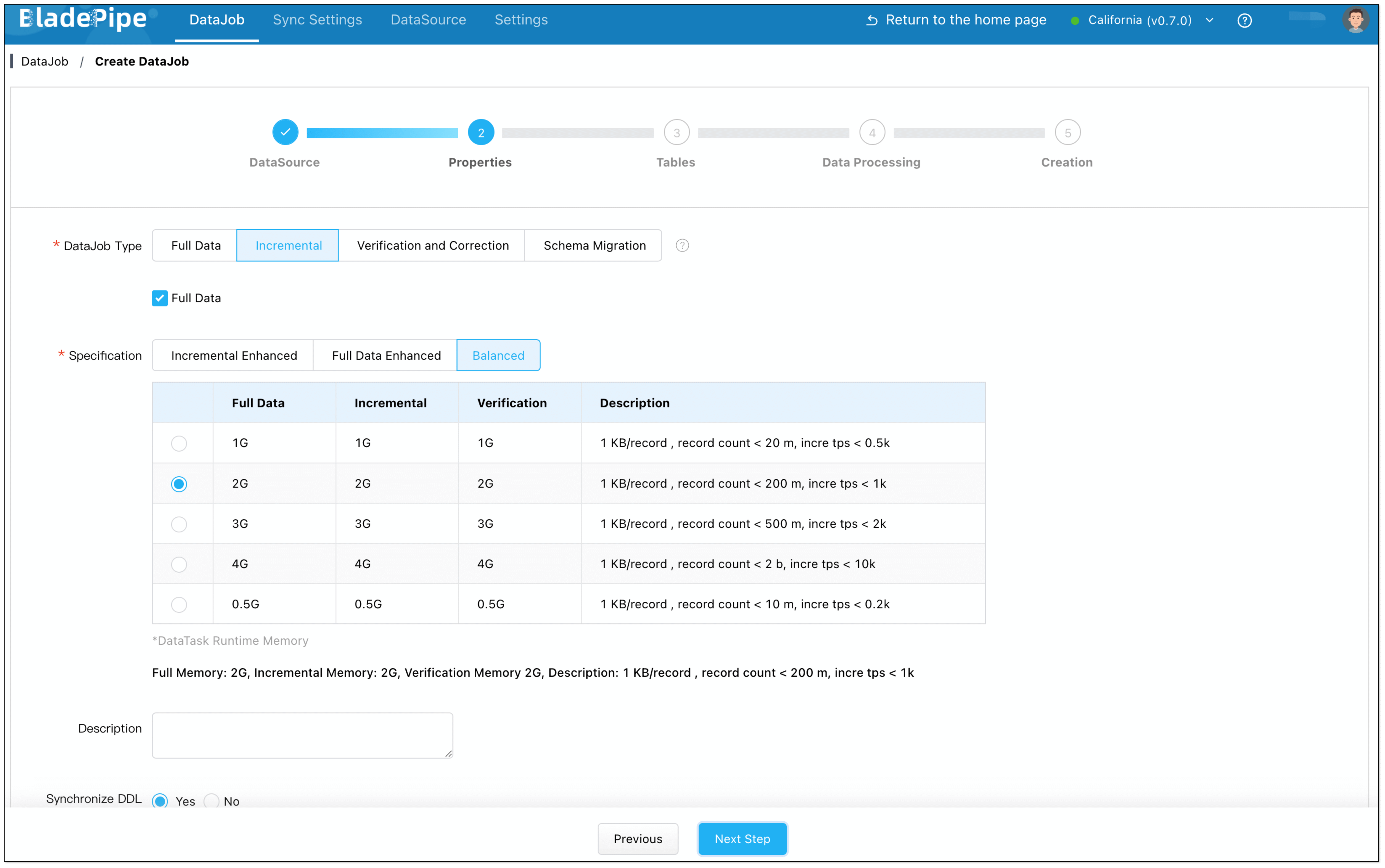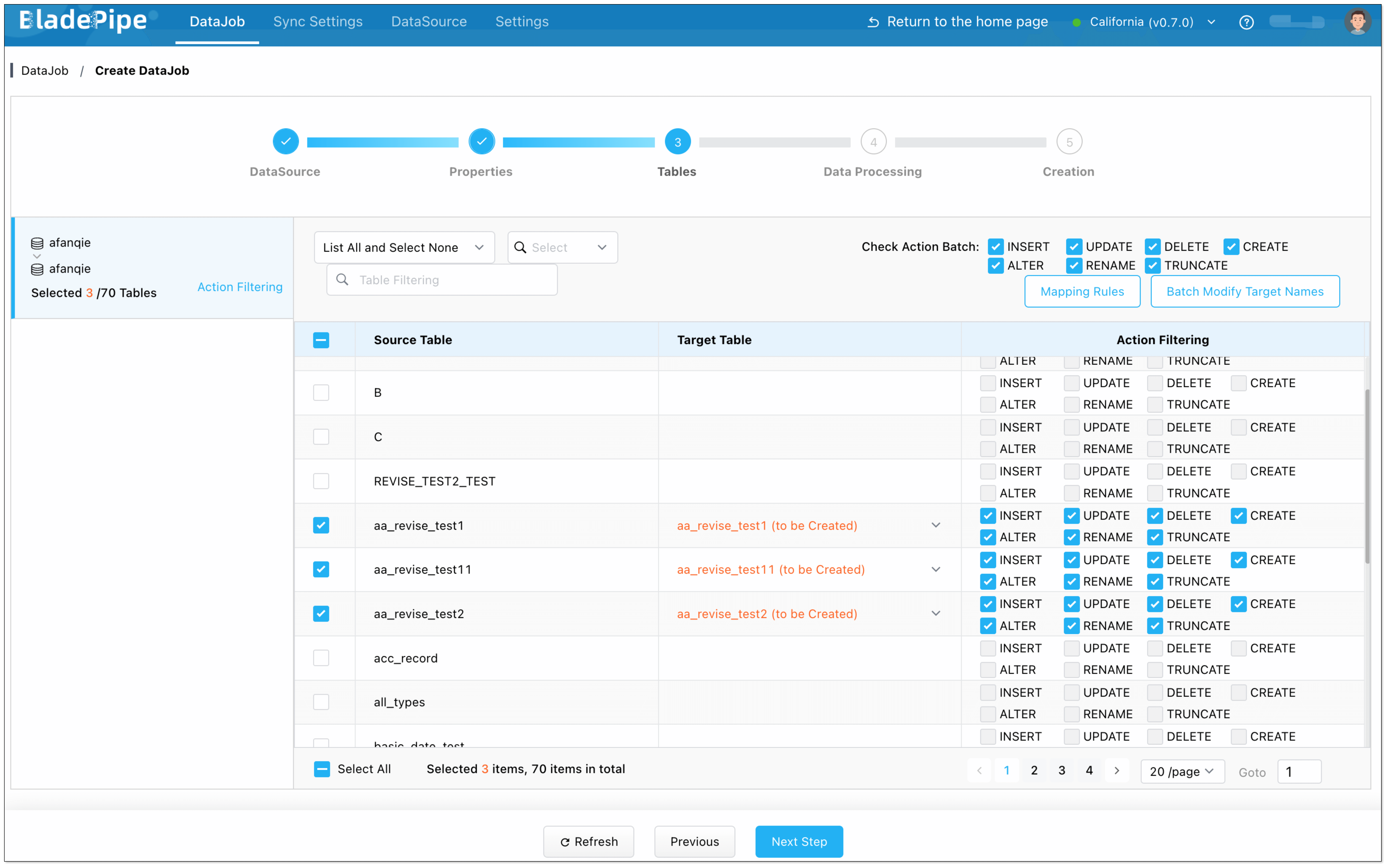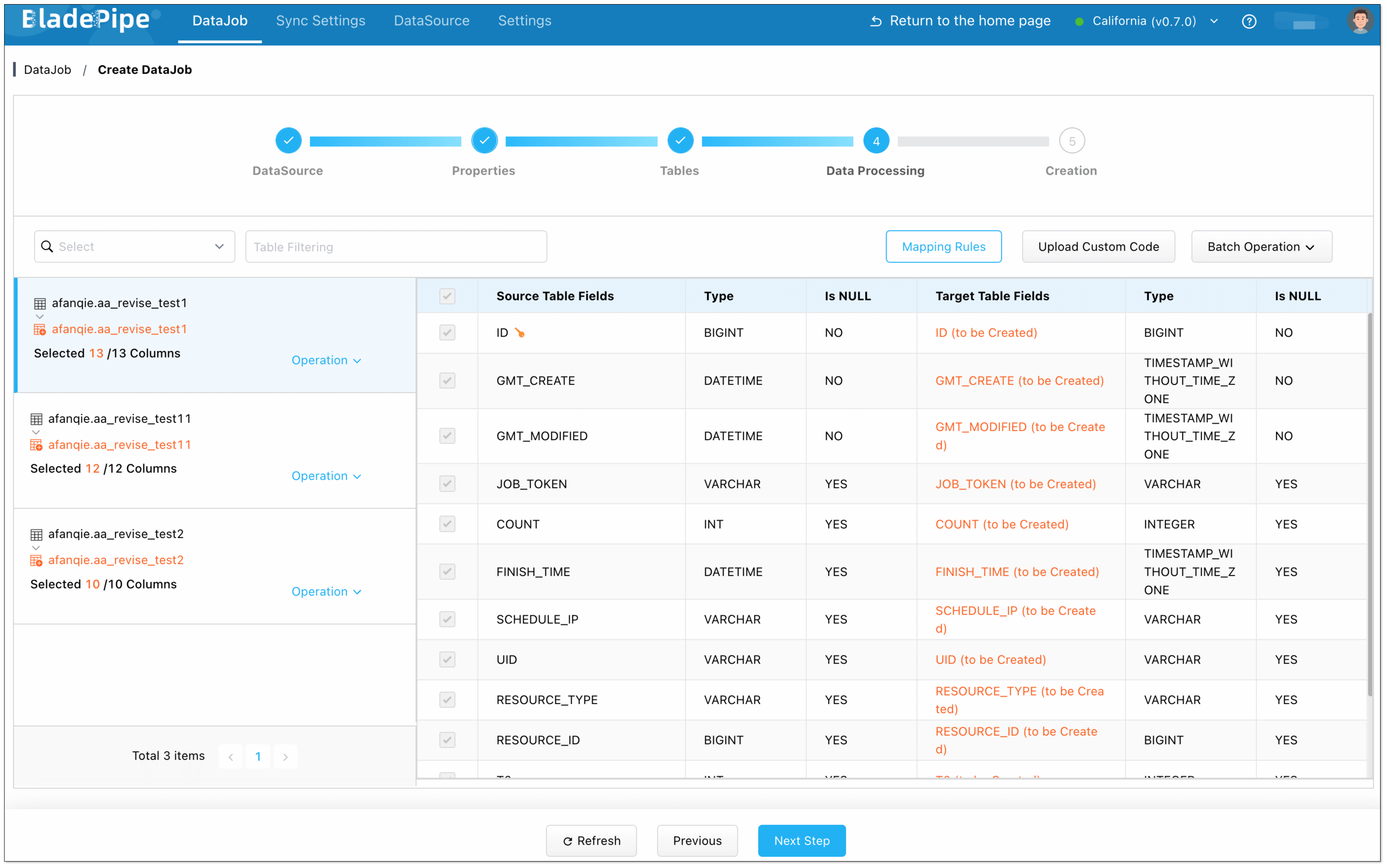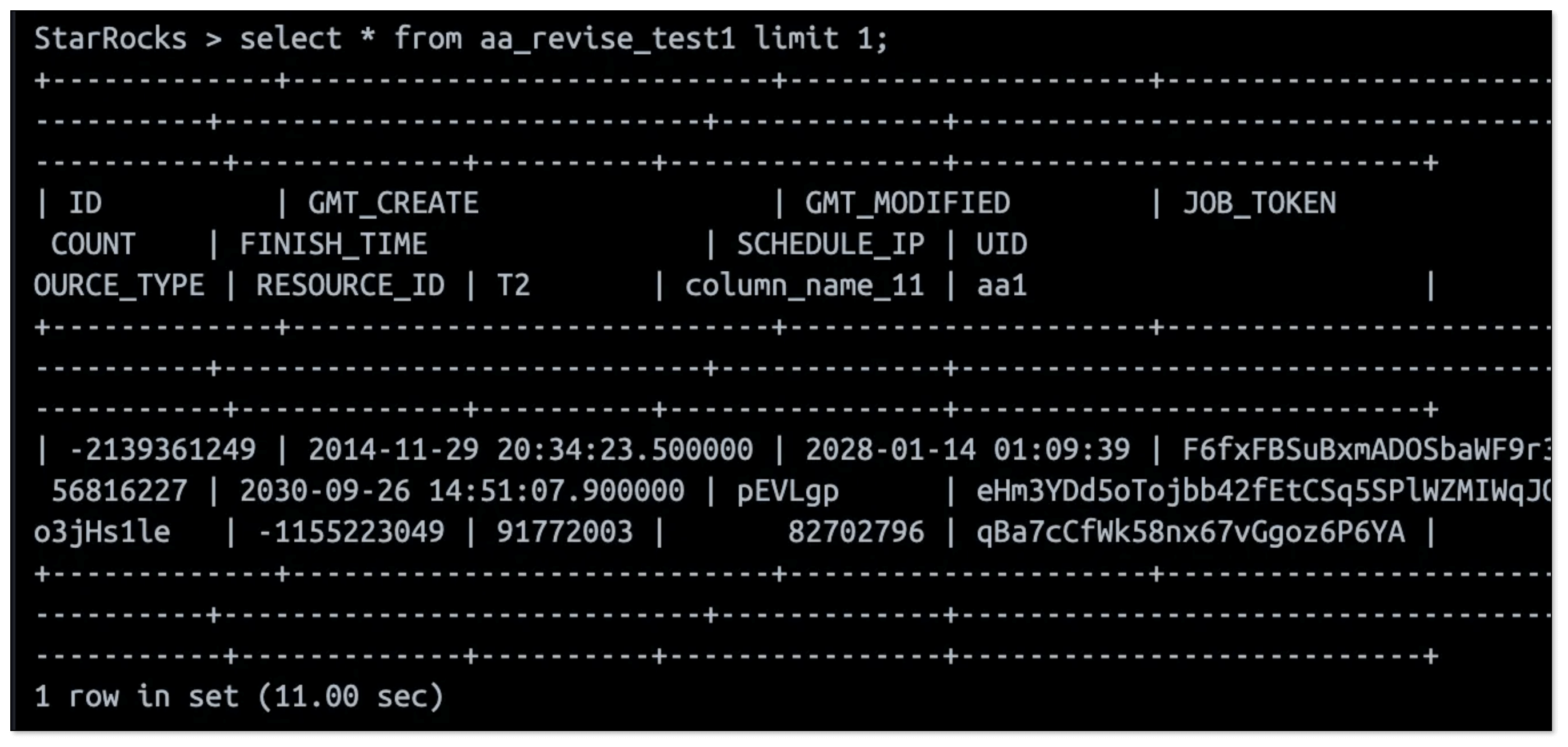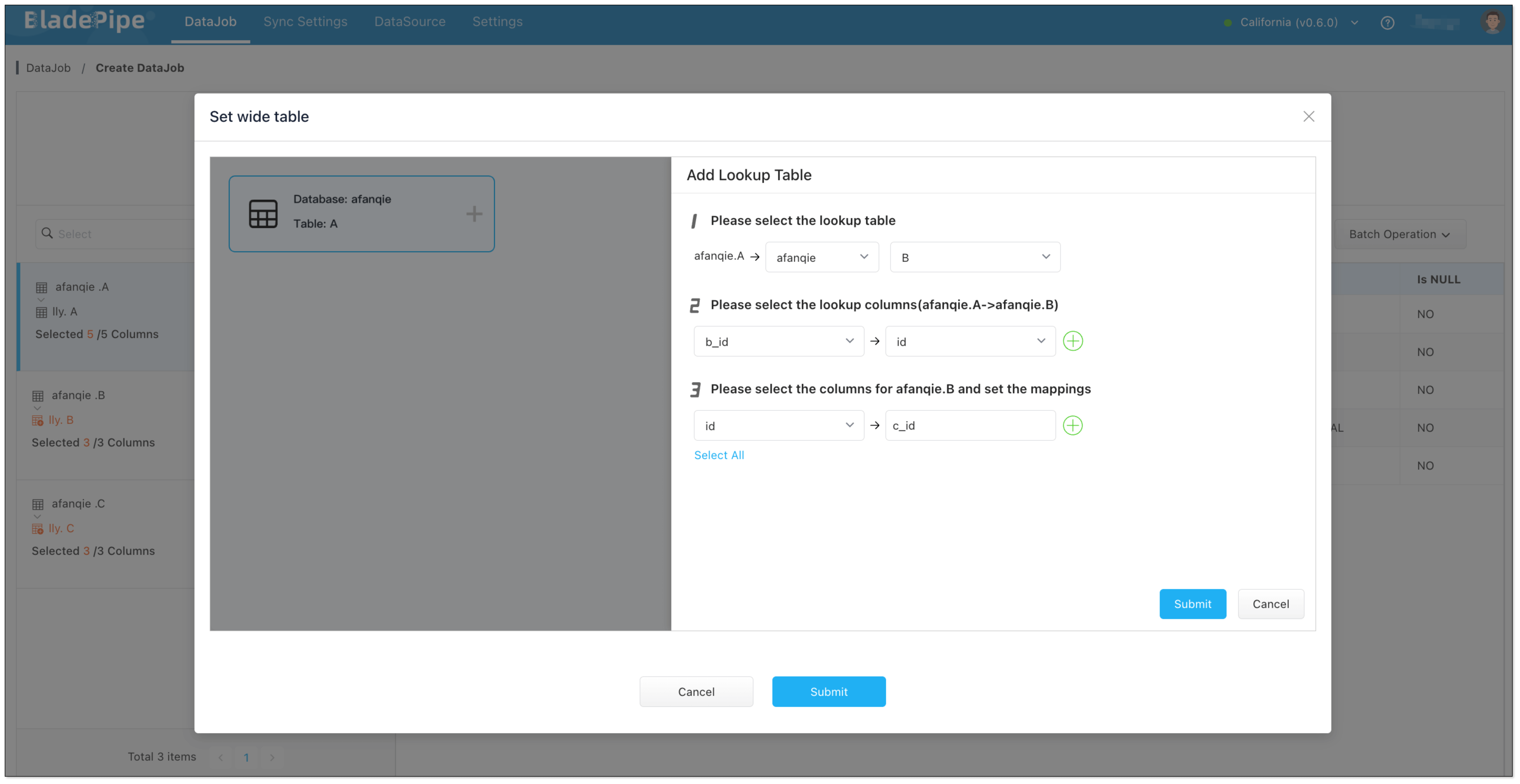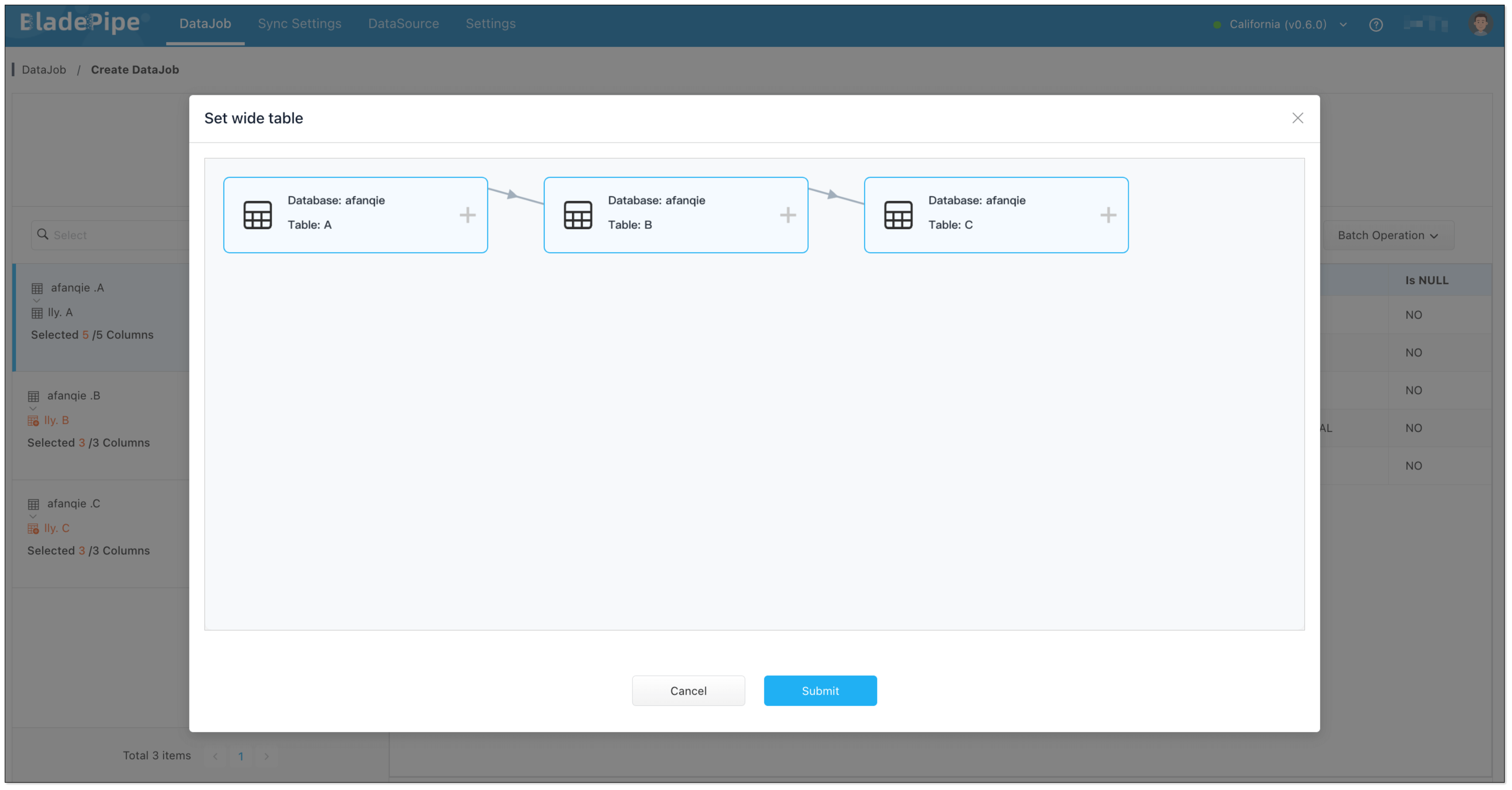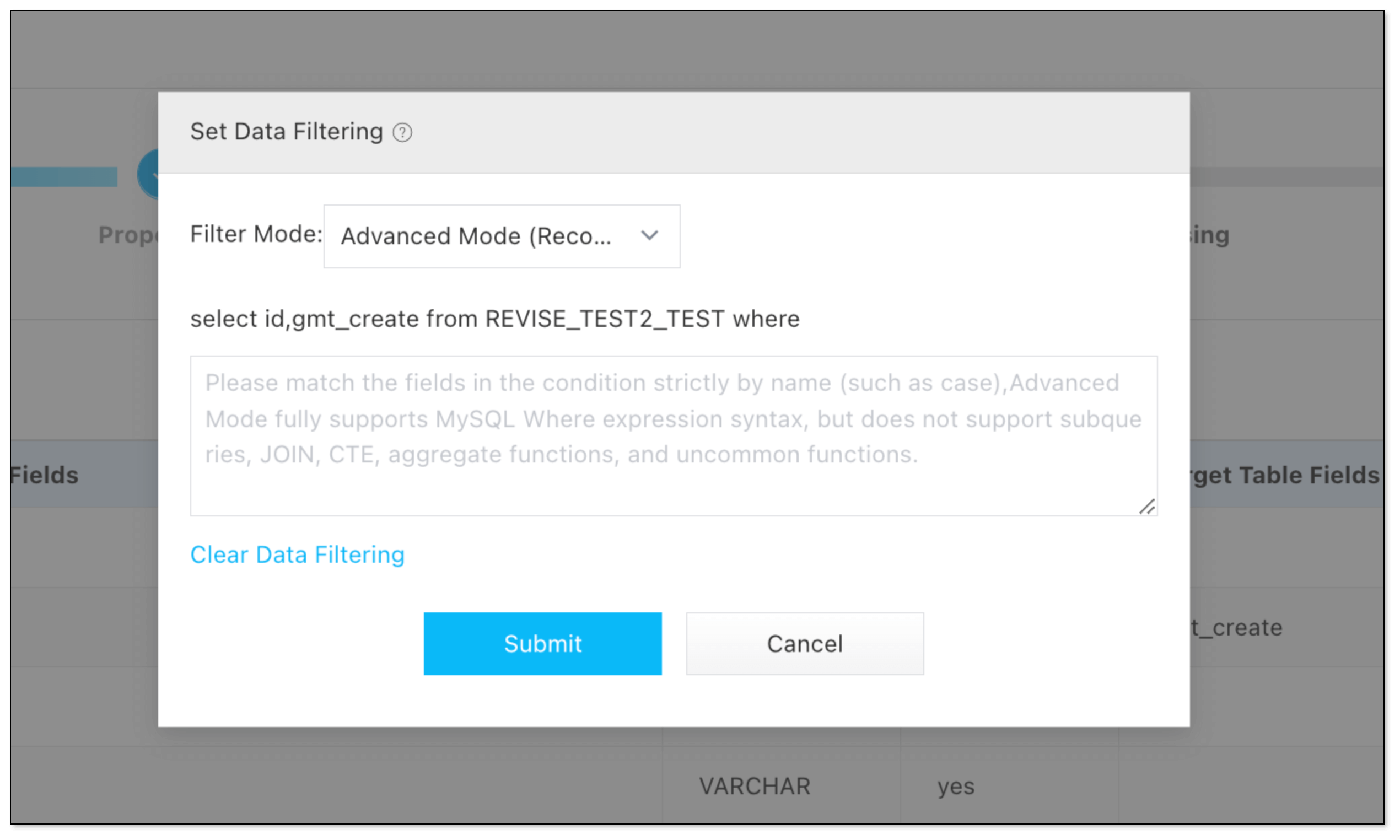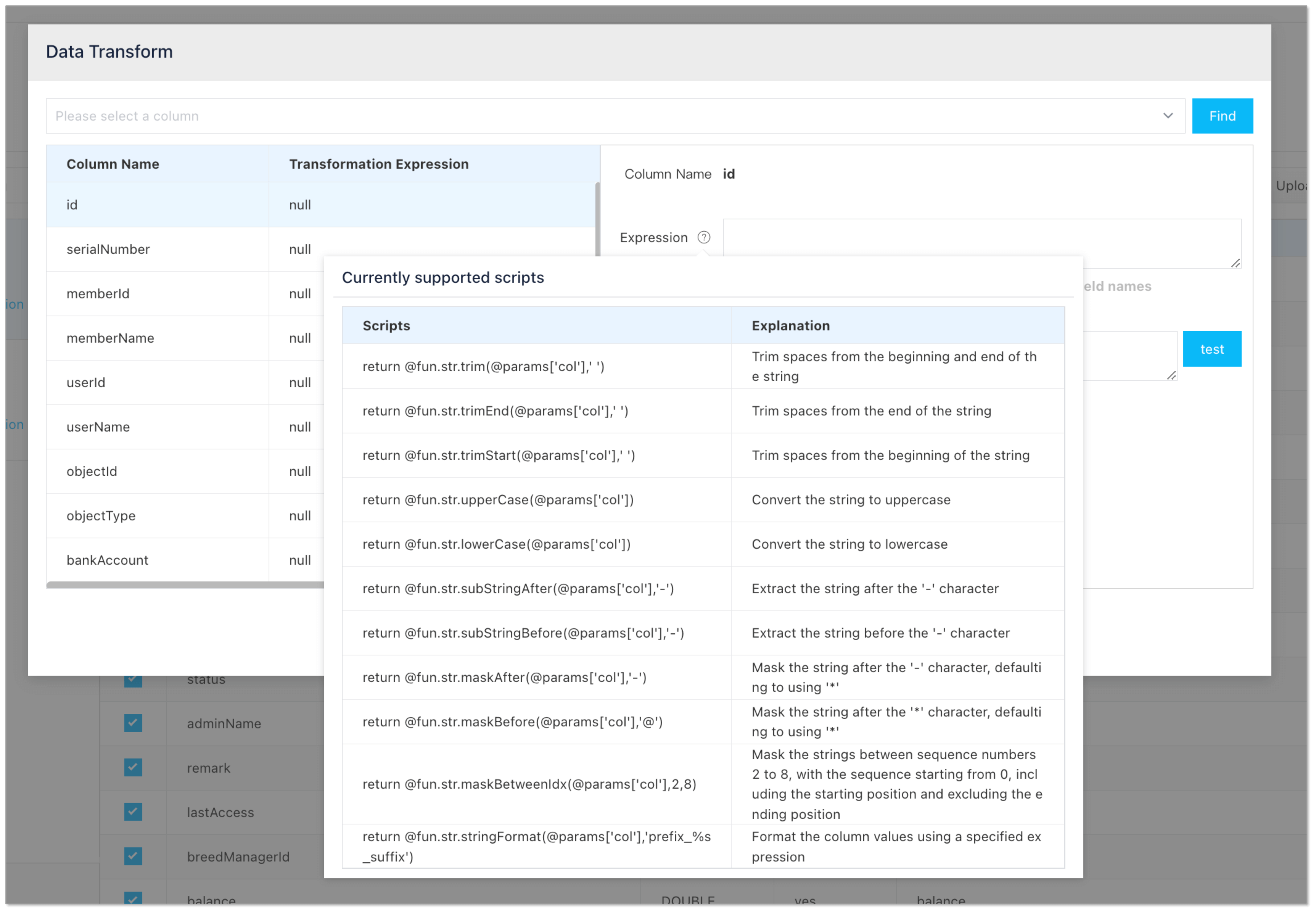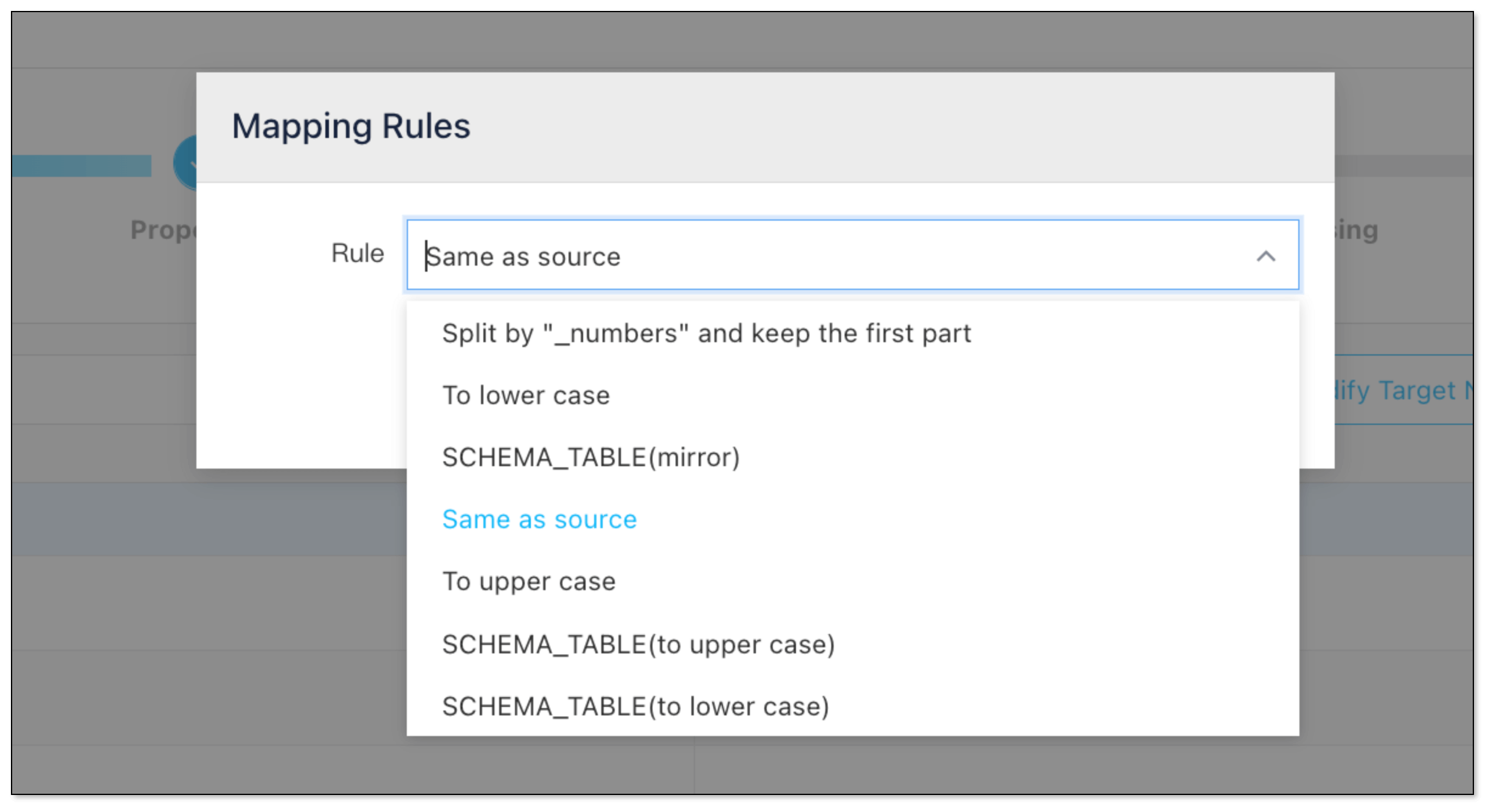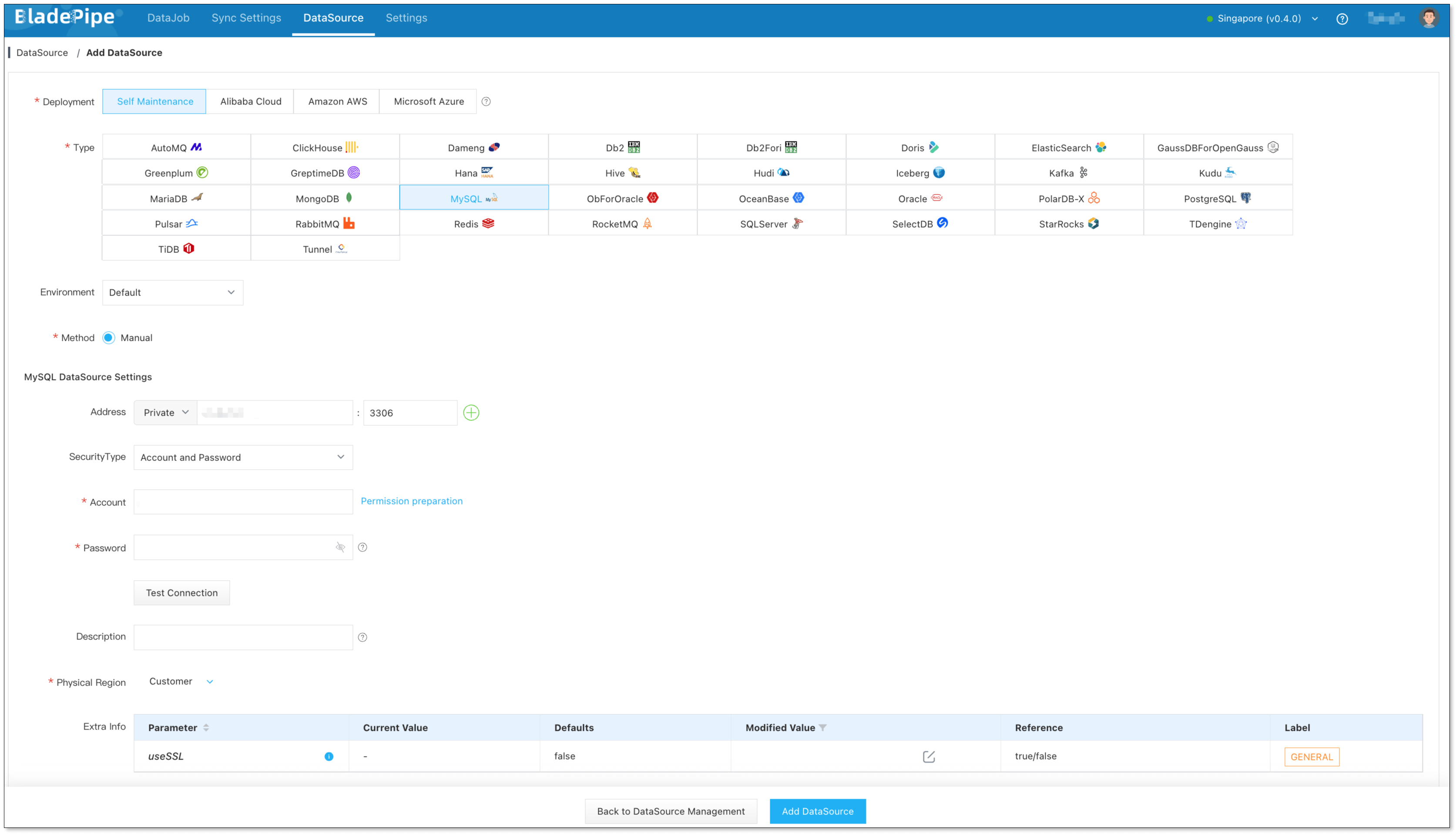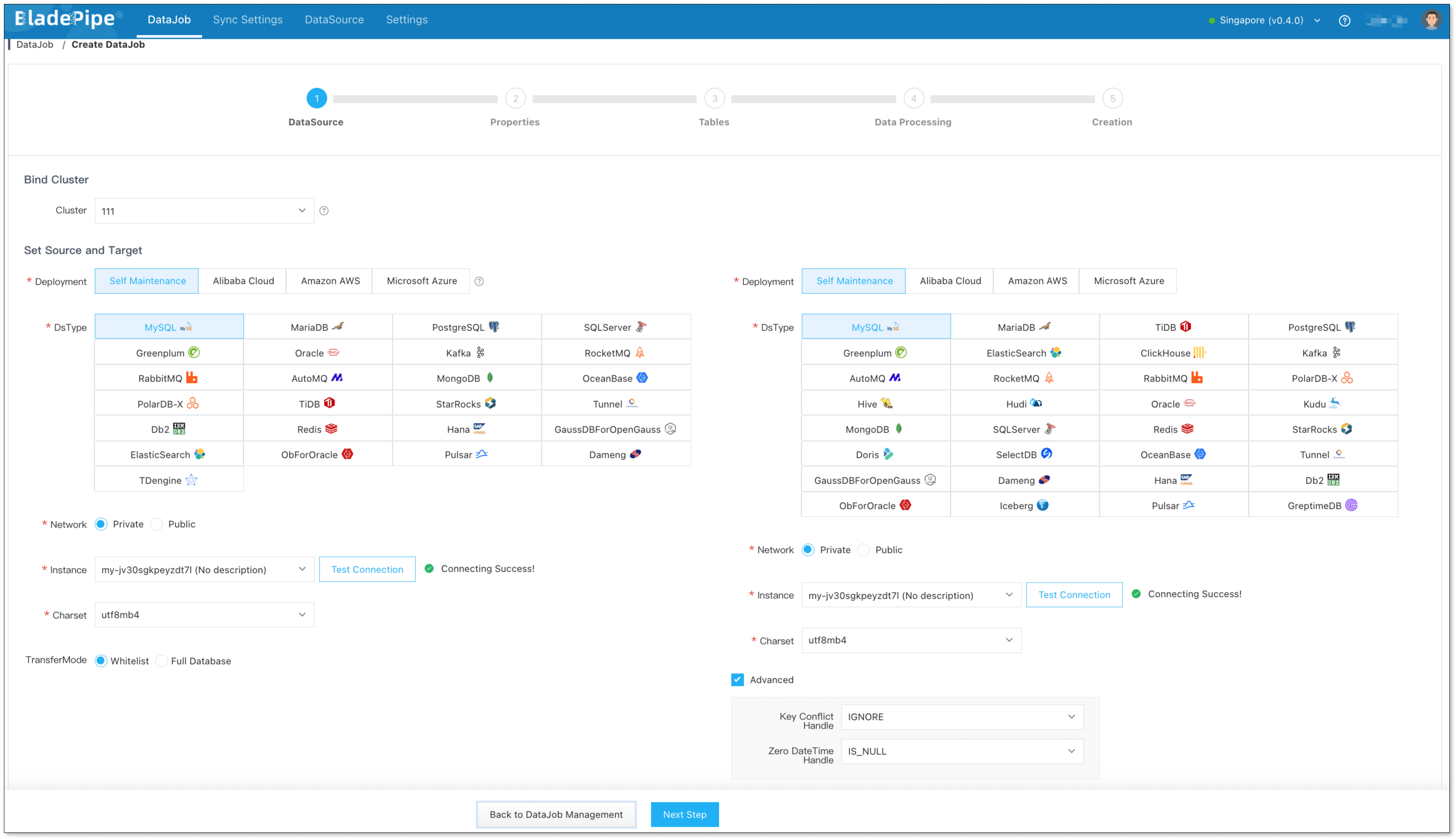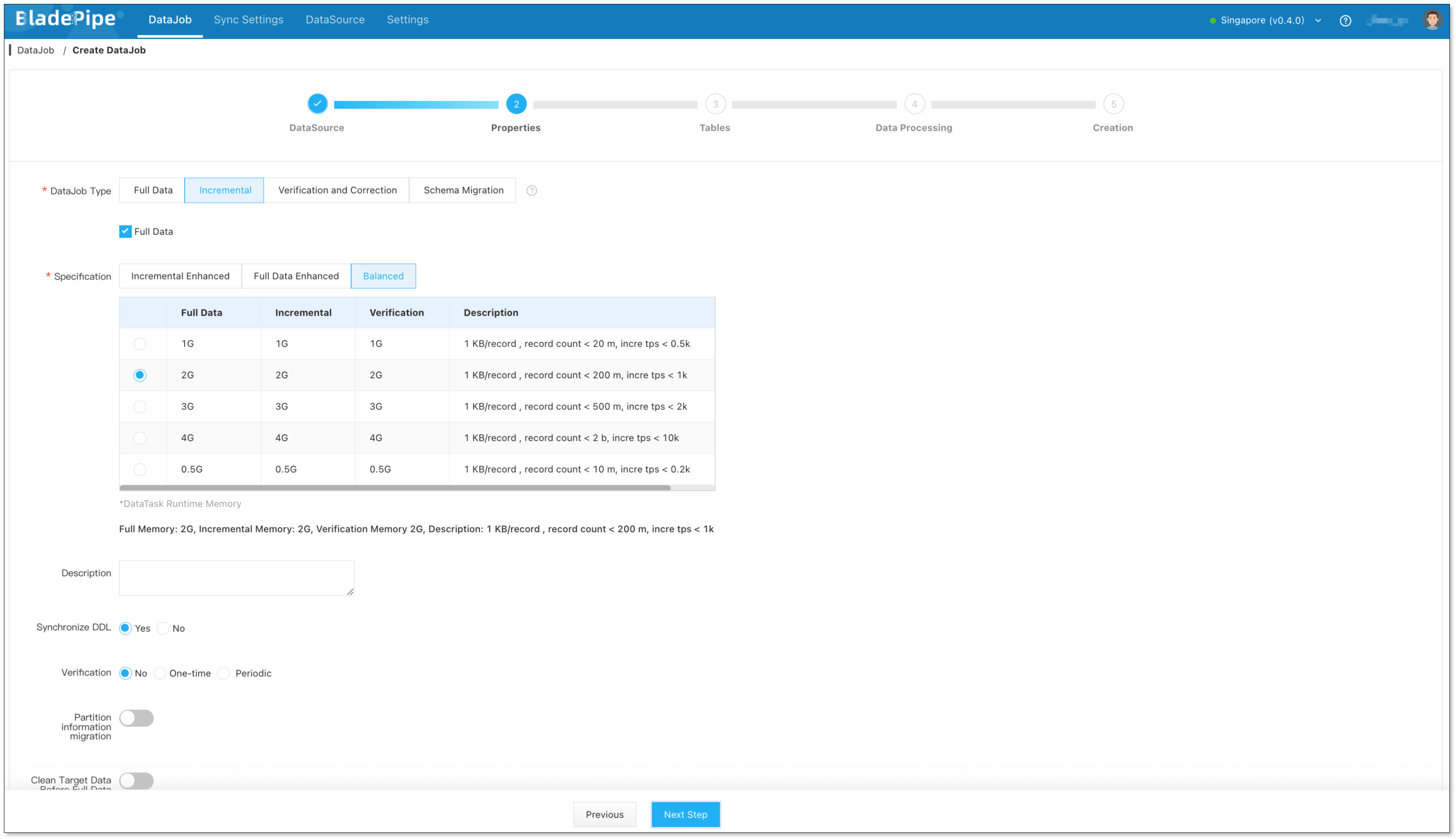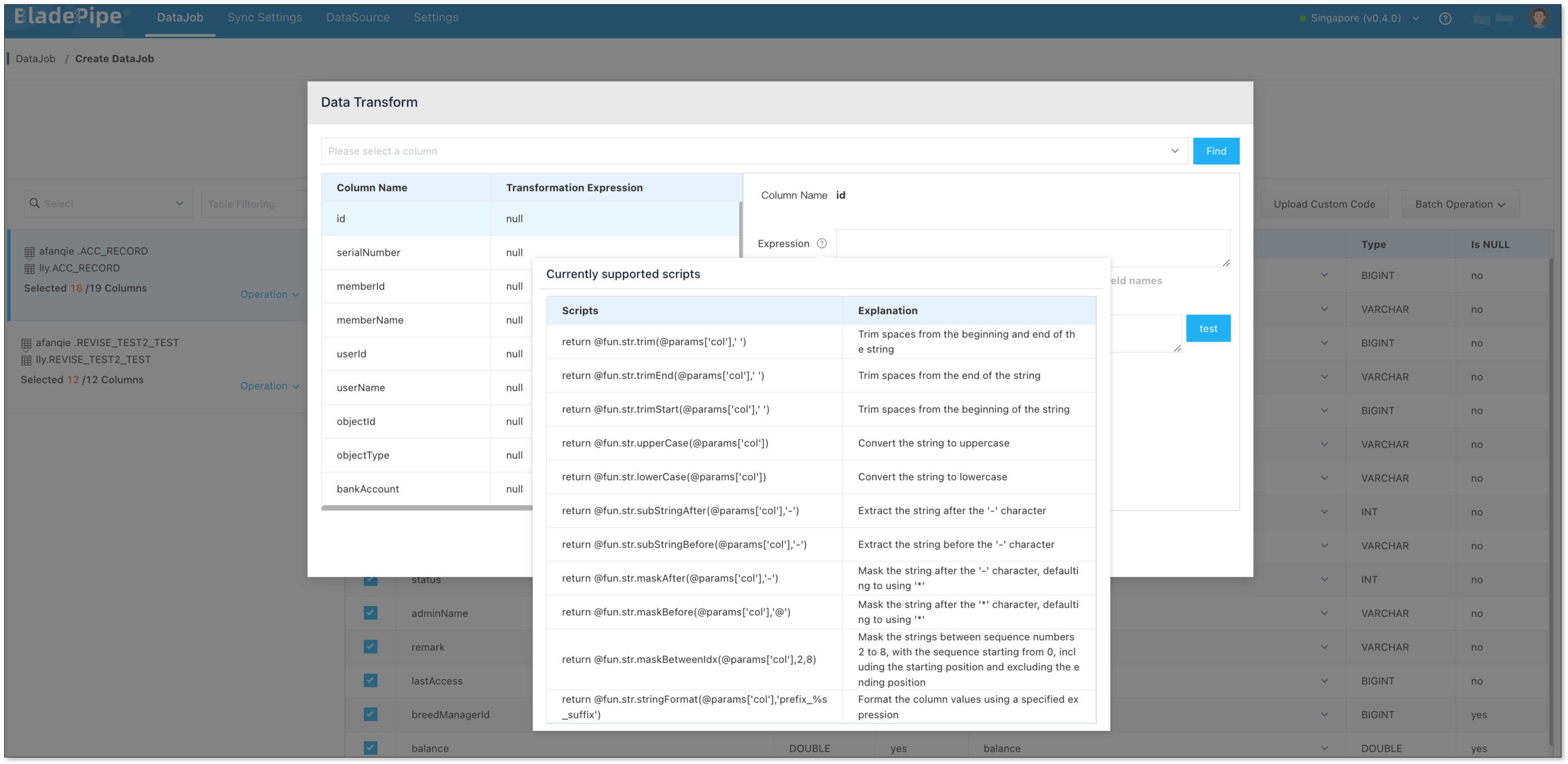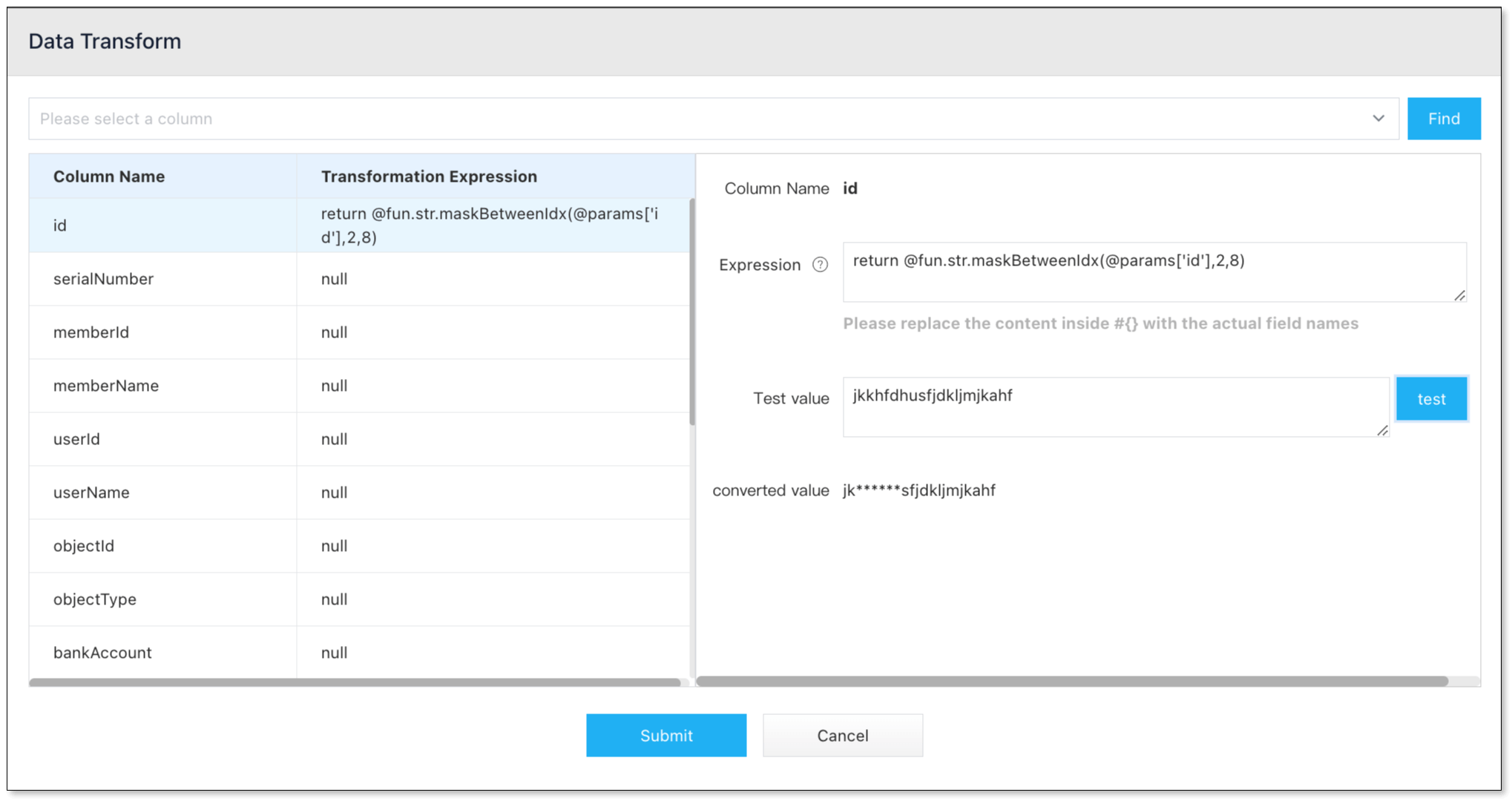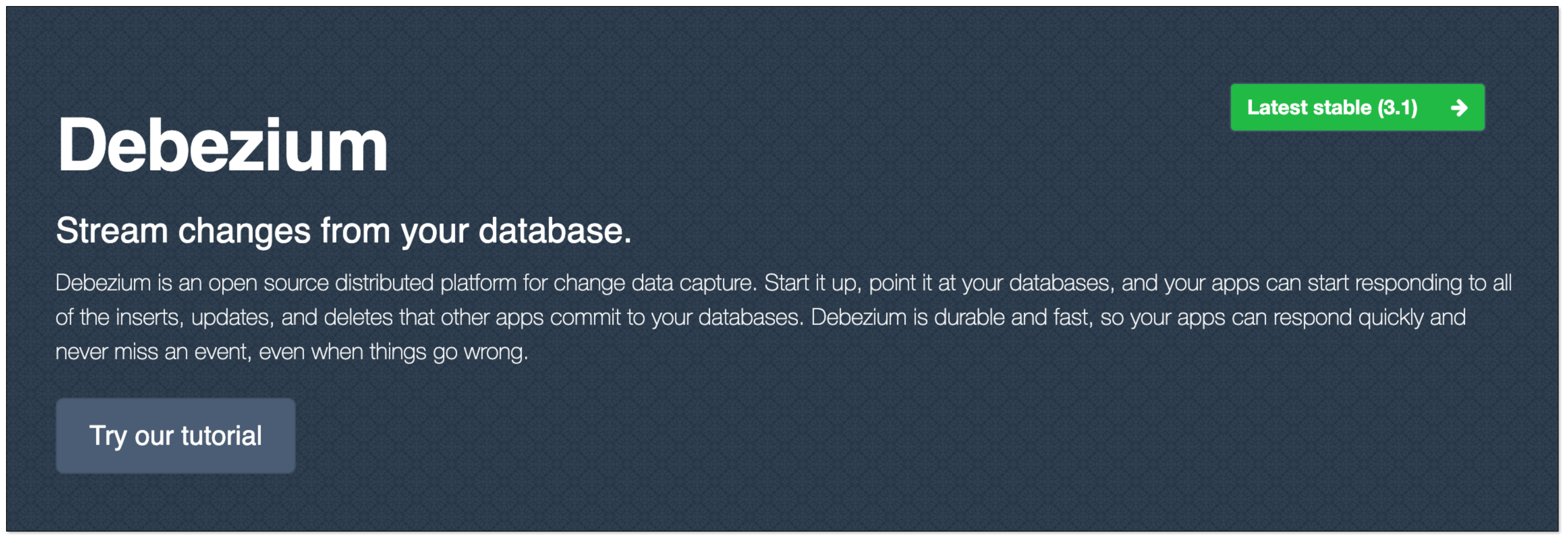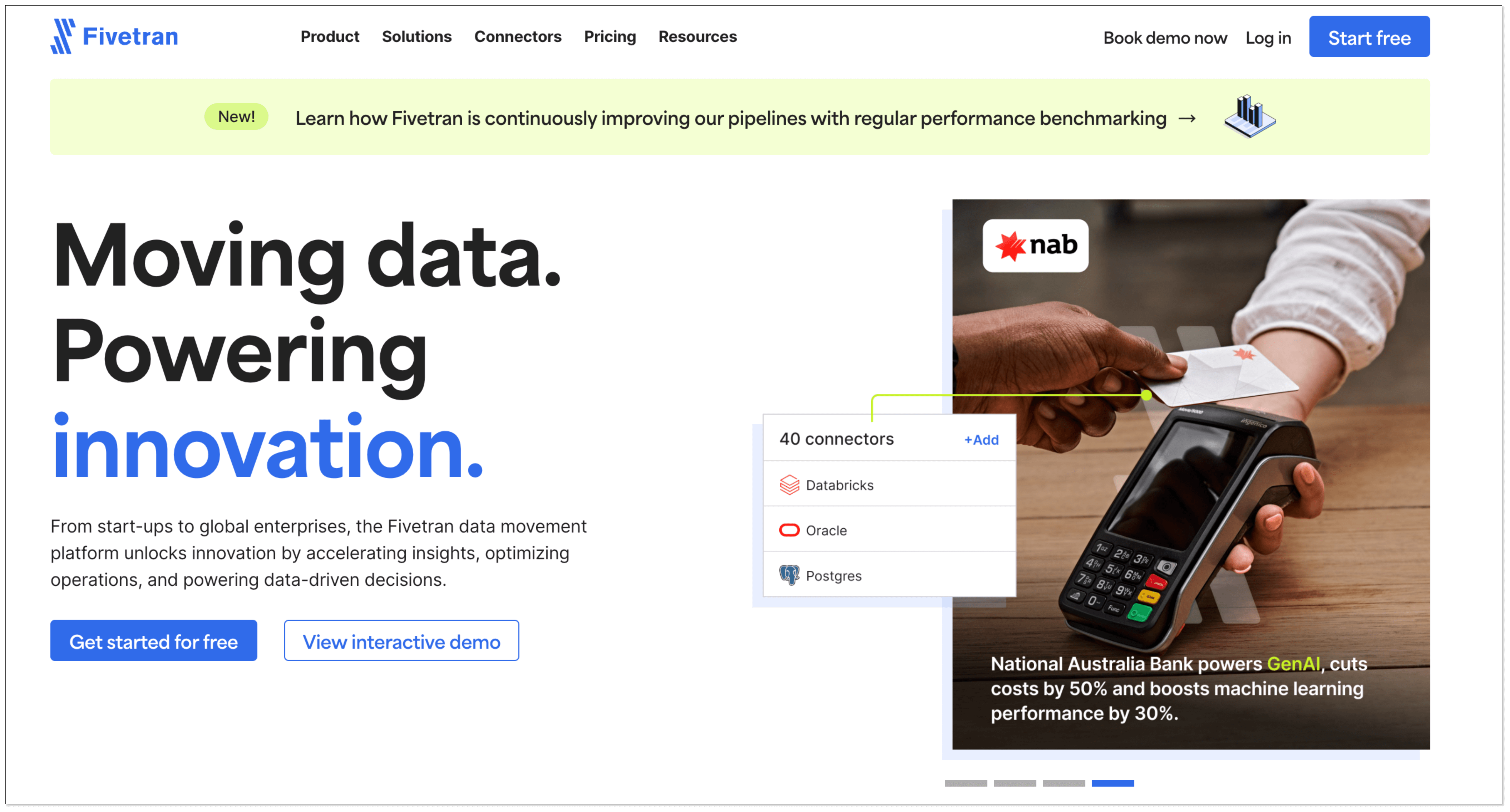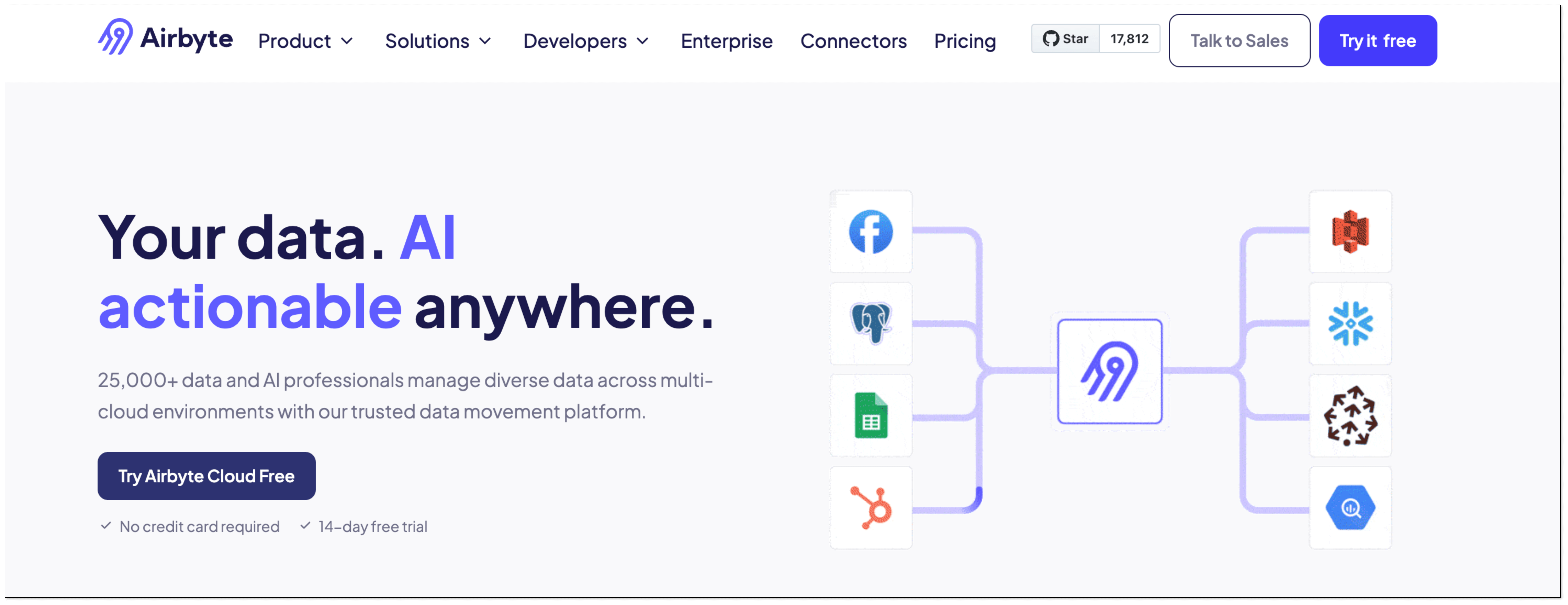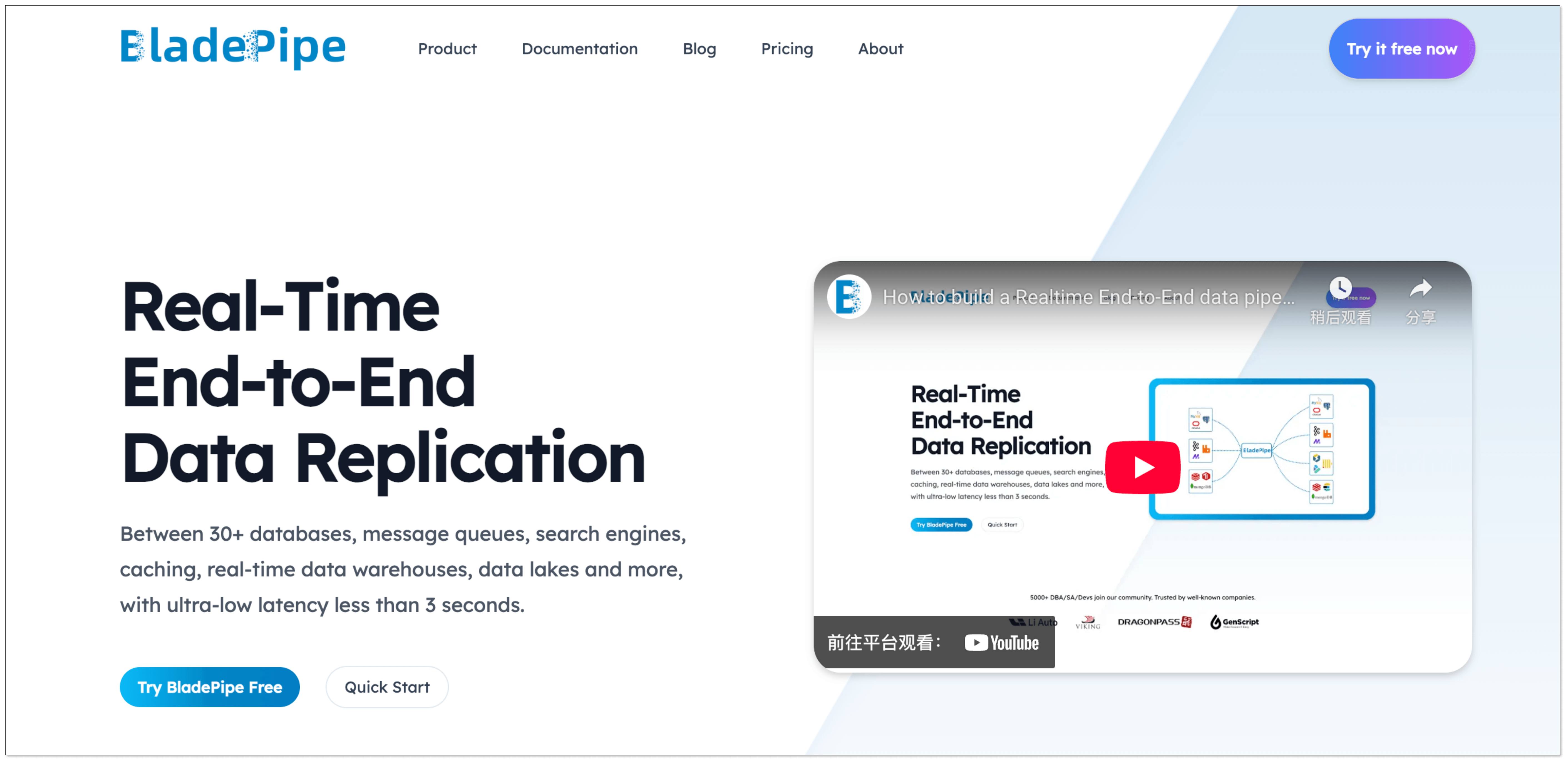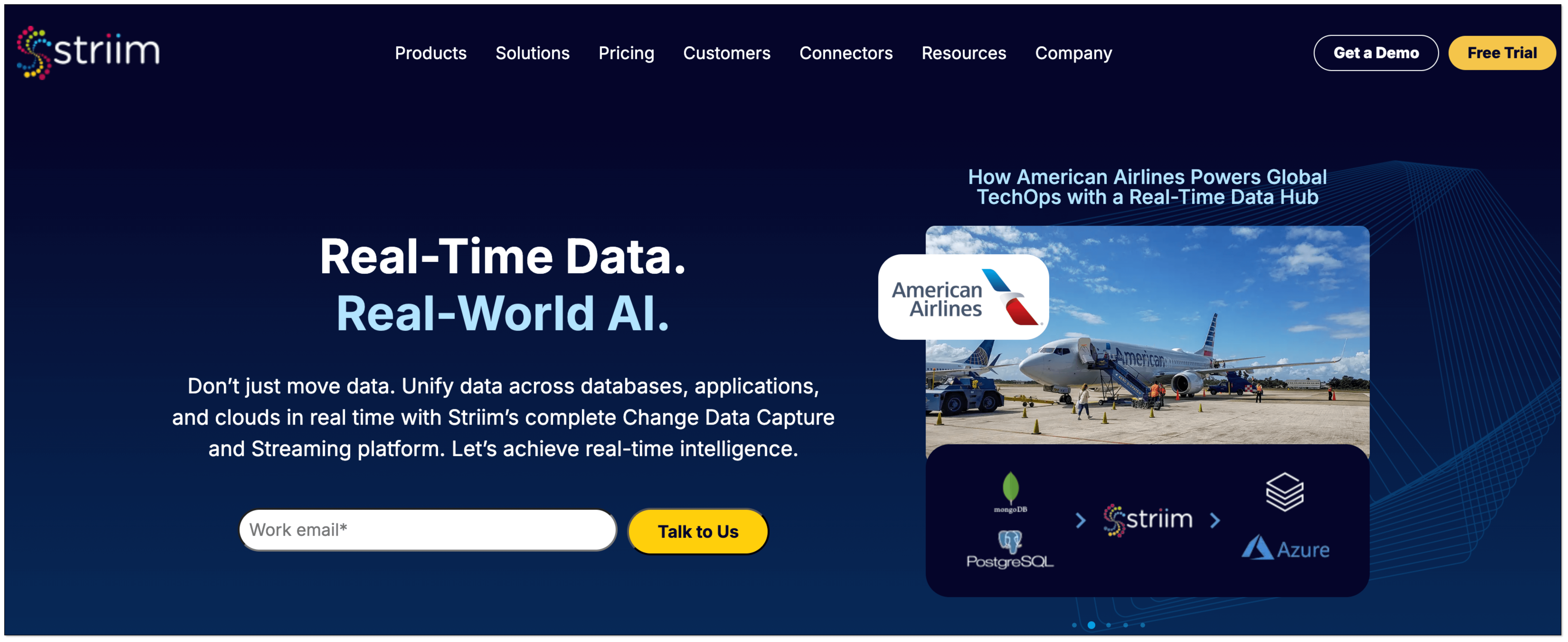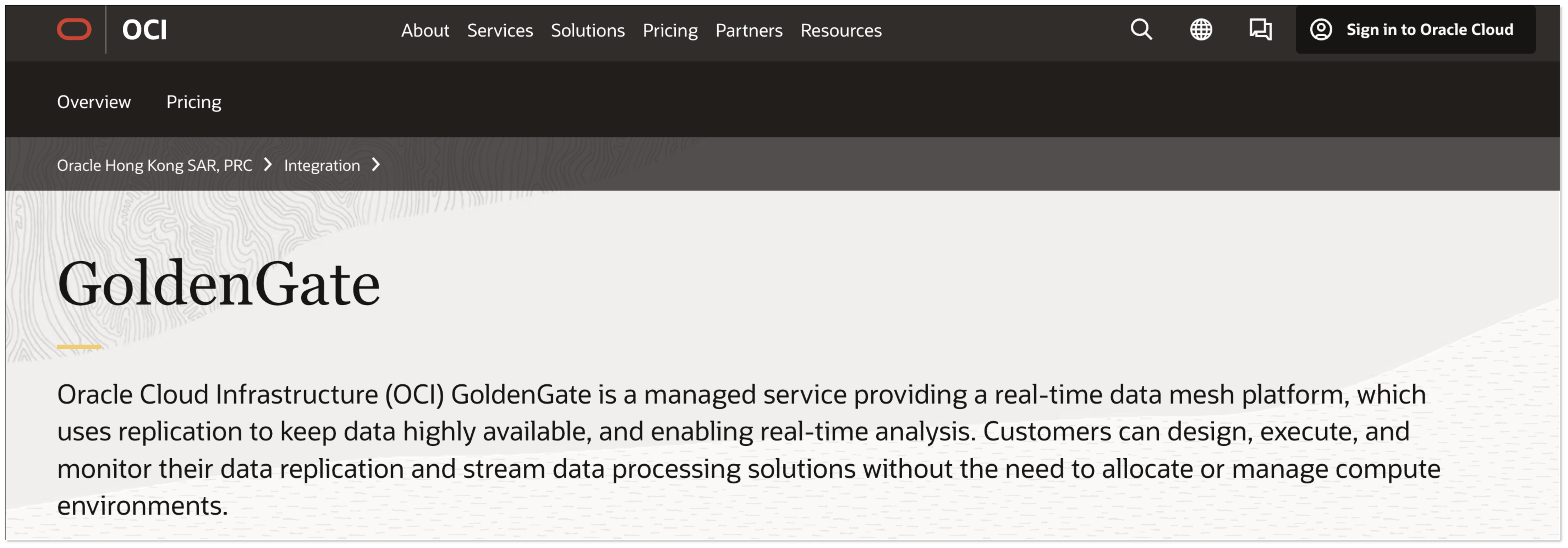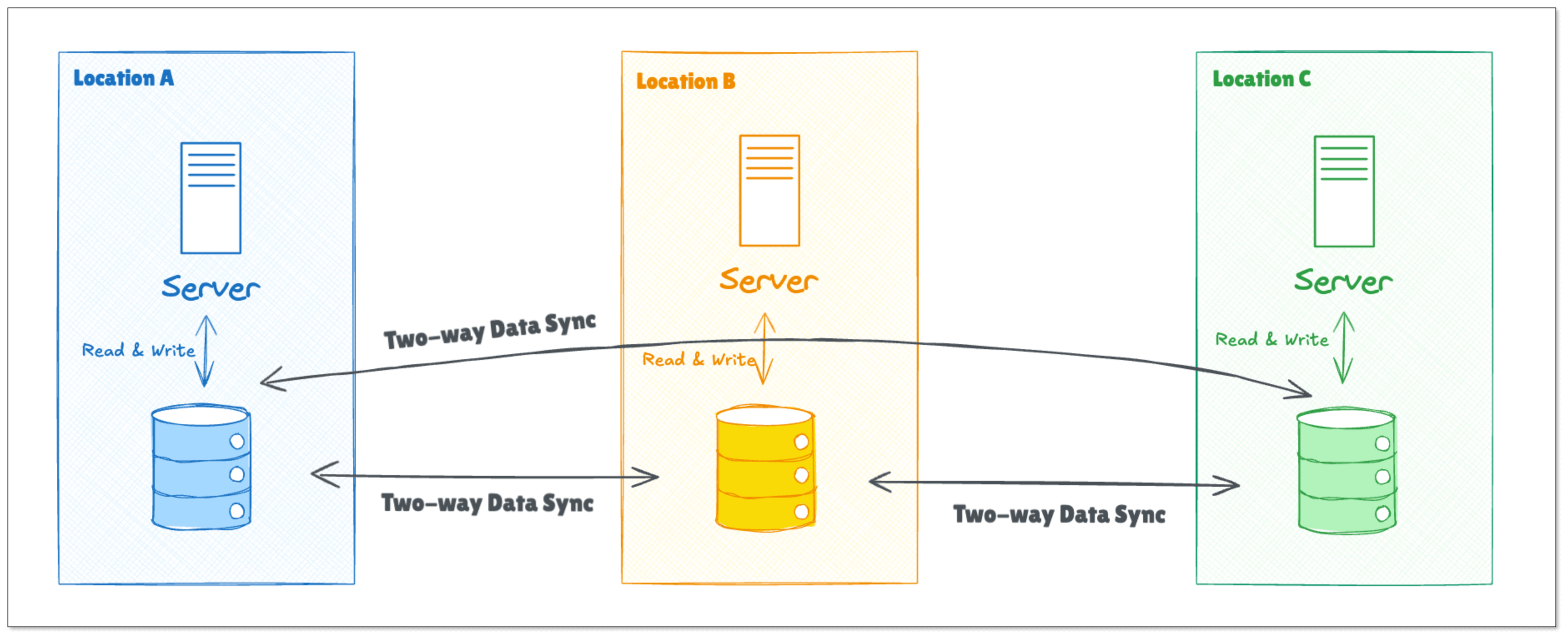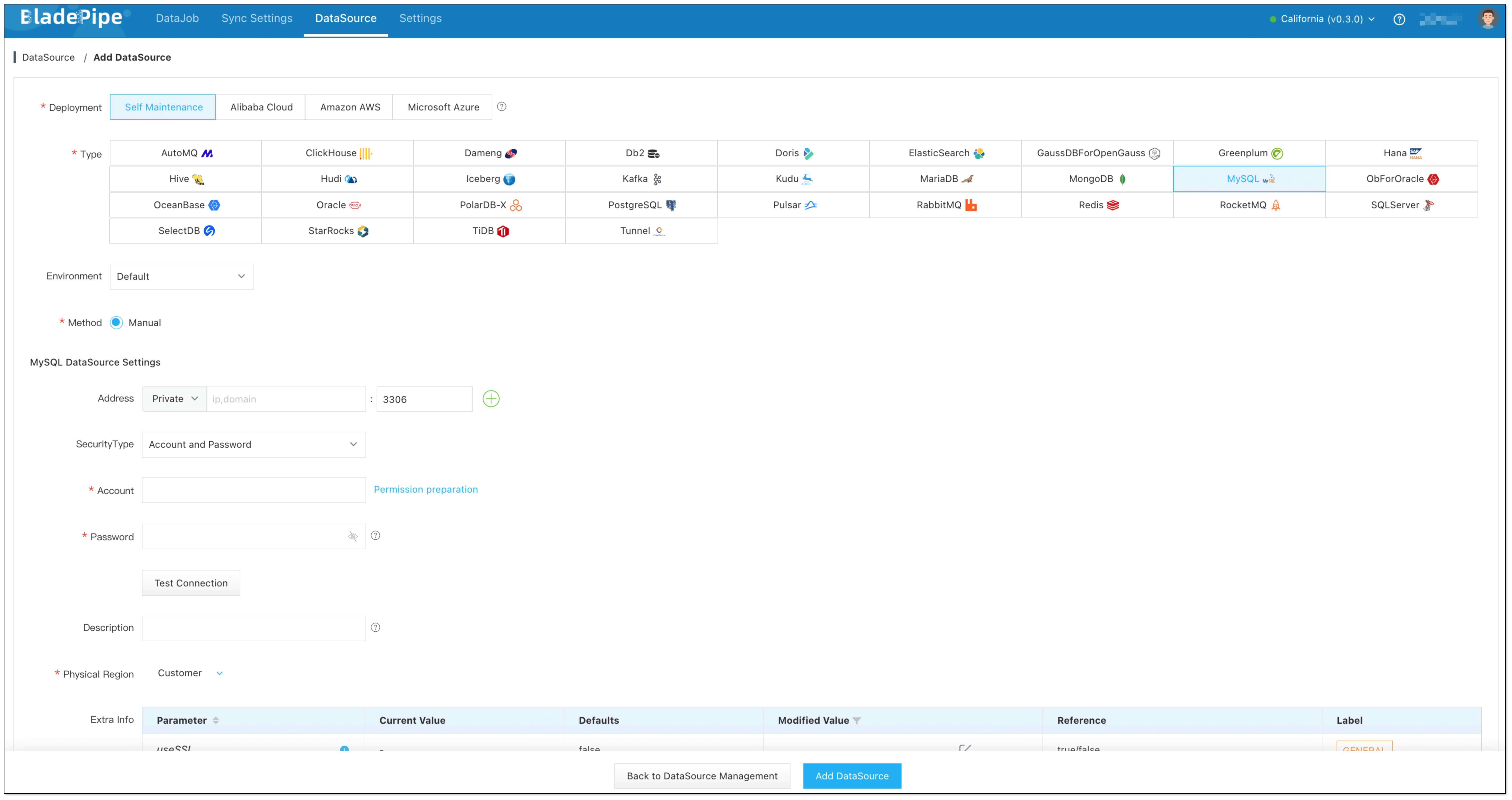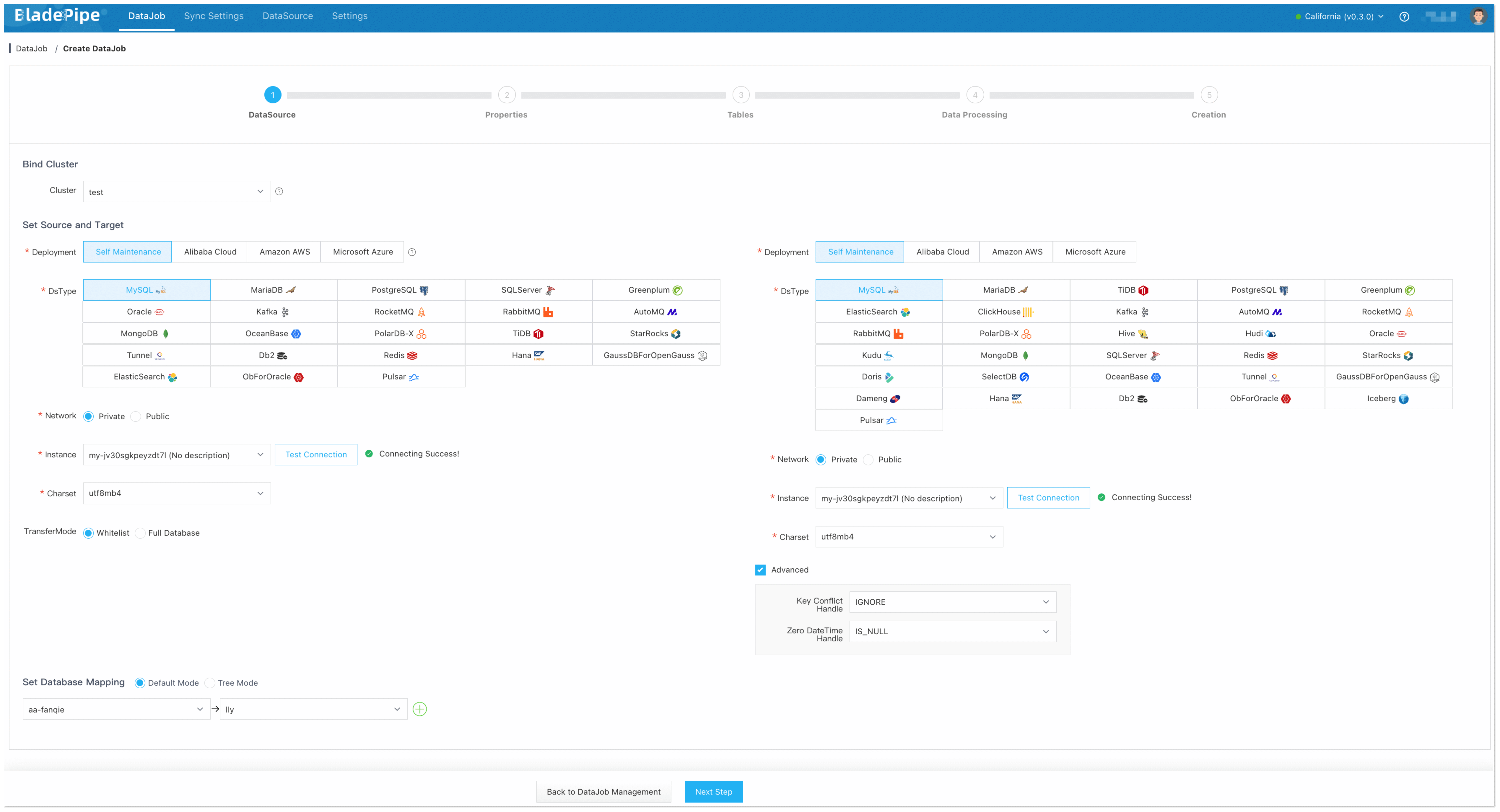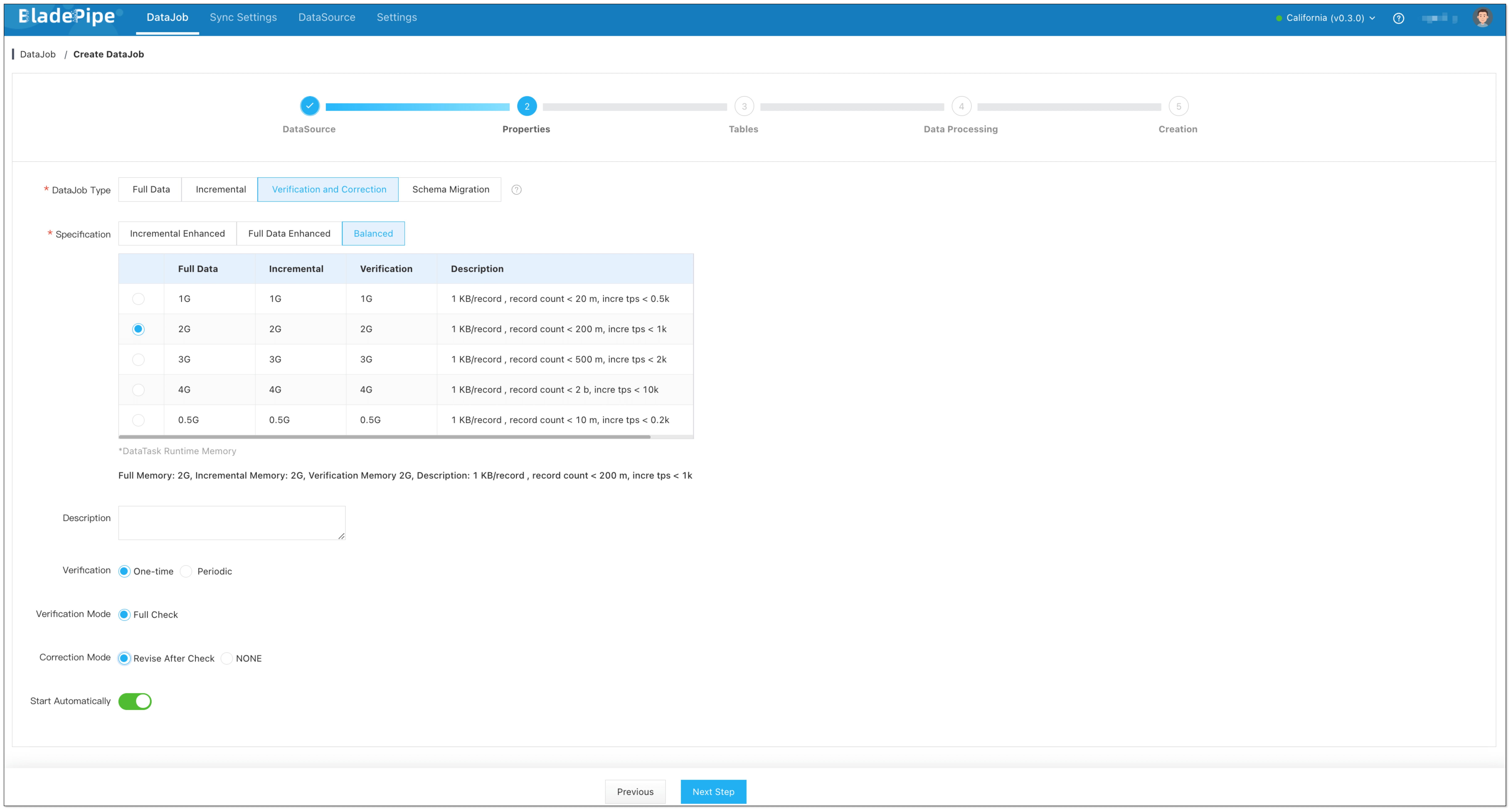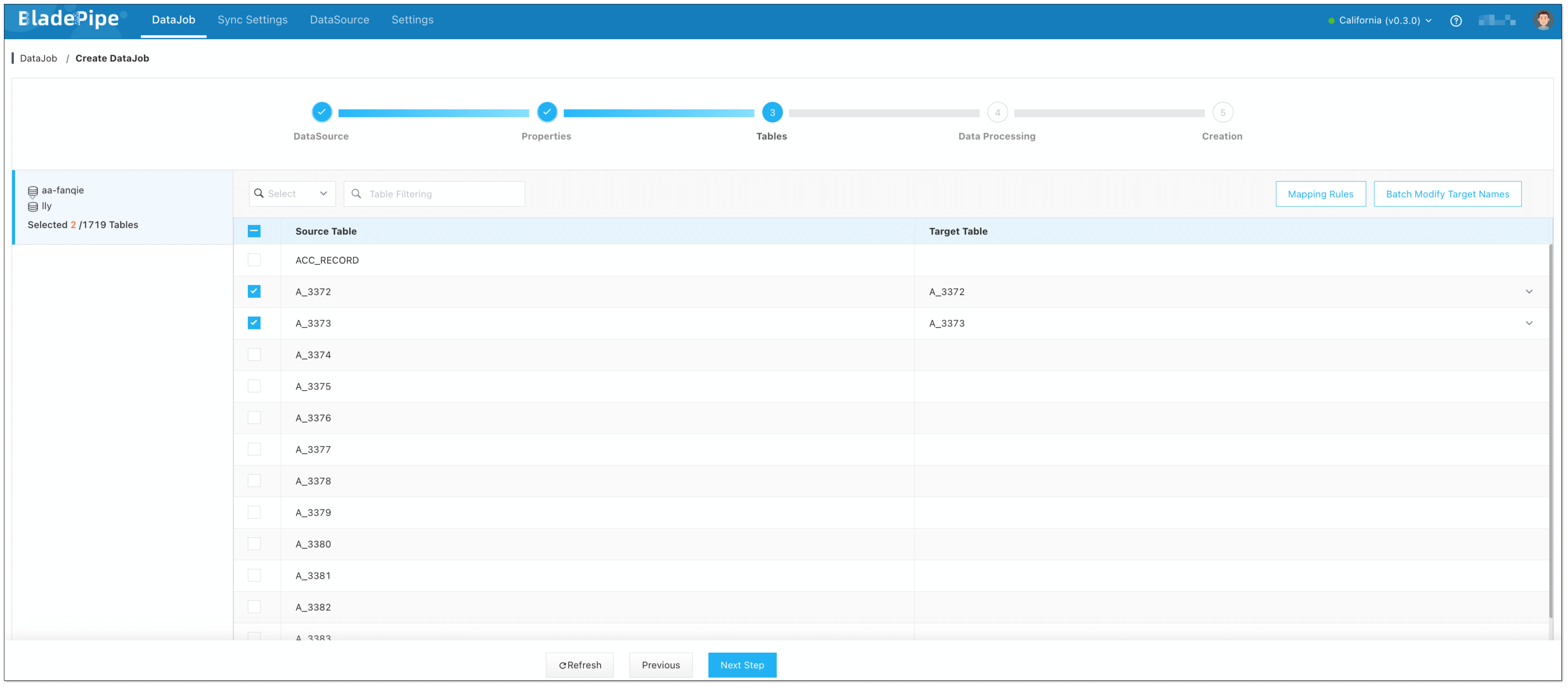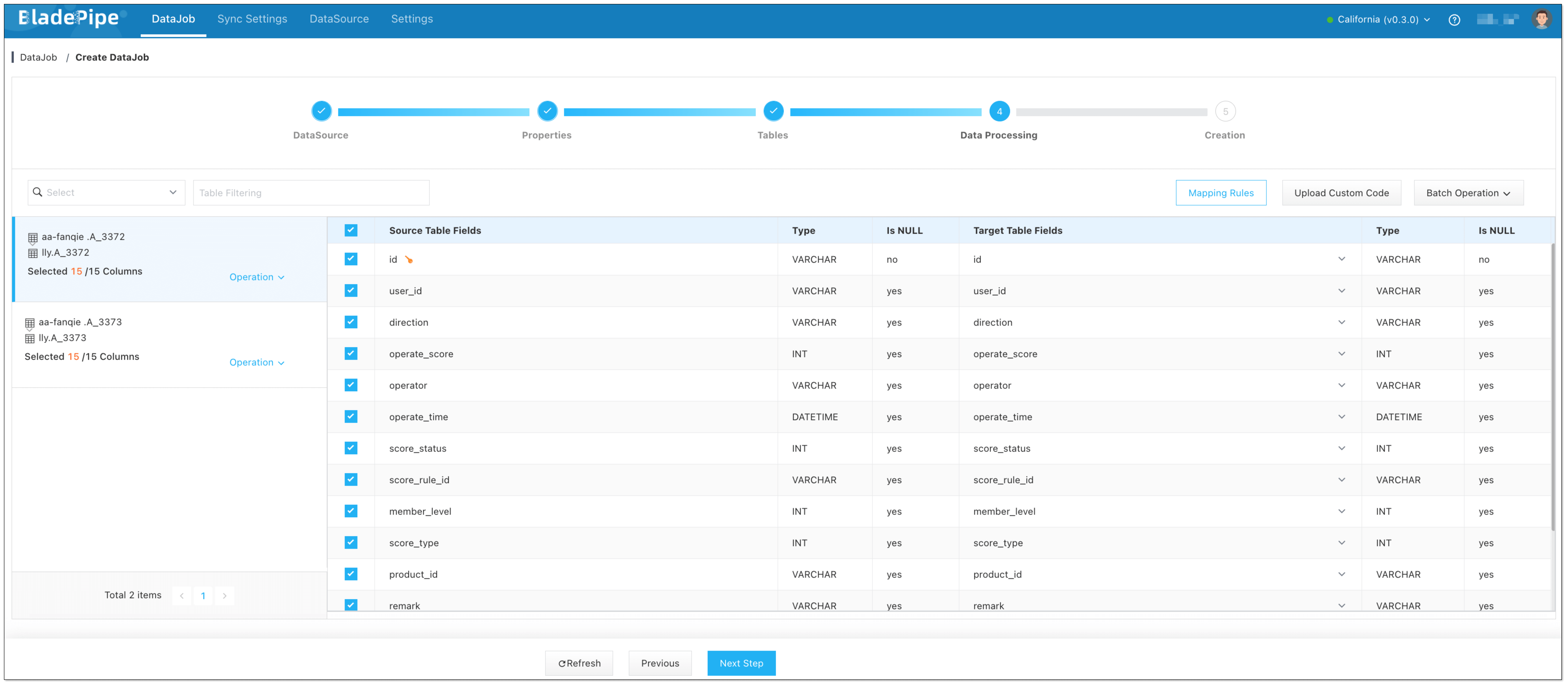Choosing Your Data Lake Format in 2025:Iceberg vs Delta Lake vs Paimon
In the era of big data, data lakes became a popular choice for large-scale analytics, thanks to their flexibility, low cost, and separation of storage and compute. But they’ve also struggled with consistency, schema drift, and complex query optimization.
That’s where modern lake formats like Iceberg, Delta Lake, and Paimon come in.
They introduce an independent metadata layer on top of data files, bringing database-like features such as ACID transactions, schema evolution, and time travel to object storage.
This blog breaks down how these lake formats work under the hood, what makes them different, and how you can build your own real-time data lake with BladePipe.
How Modern Data Lakes Work
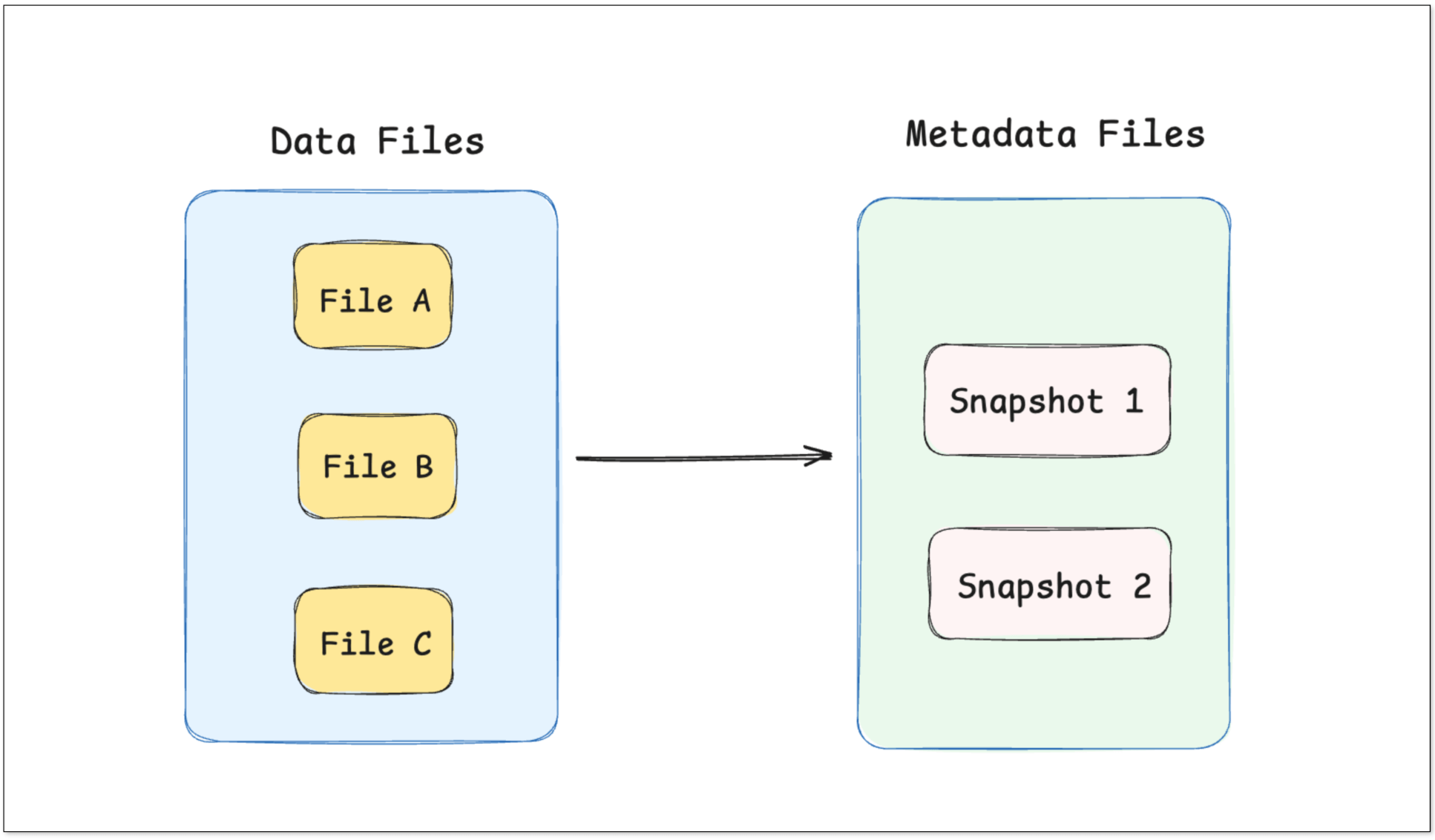
At the heart of these data lake formats is metadata.
When data is written to a table, the engine creates immutable data files (usually Parquet or ORC) and records their state in metadata snapshots. Each snapshot represents a consistent view of the entire table at a point in time.
Instead of rewriting data files directly, updates and deletes are performed through atomic metadata operations, switching the table pointer to a new snapshot.
Key concepts:
- Metadata: Record the state of every snapshot, including which files were written, where they reside, etc. This metadata may live in a file system (JSON, Avro, etc.) or in a managed service (e.g., Hive Metastore).
- Data files: Immutable Parquet/ORC files containing actual rows.
Data Writing
Here’s a simplified example to illustrate how a lake-format works.
Suppose we have a user table (users) and perform the following operations:
- Initially write 2 user records.
- Insert a new user record.
- Update one user record.
Step 1: Write 2 user records

- The engine writes the two records into a new Parquet file, say file_A.parquet.
- It then creates a metadata file capturing snapshot_1, listing file_A.
- Finally, it atomically updates a pointer to reference that metadata.
Any query on users will look up the pointer, read snapshot_1, then open file_A for results.
Step 2: Insert 1 new record
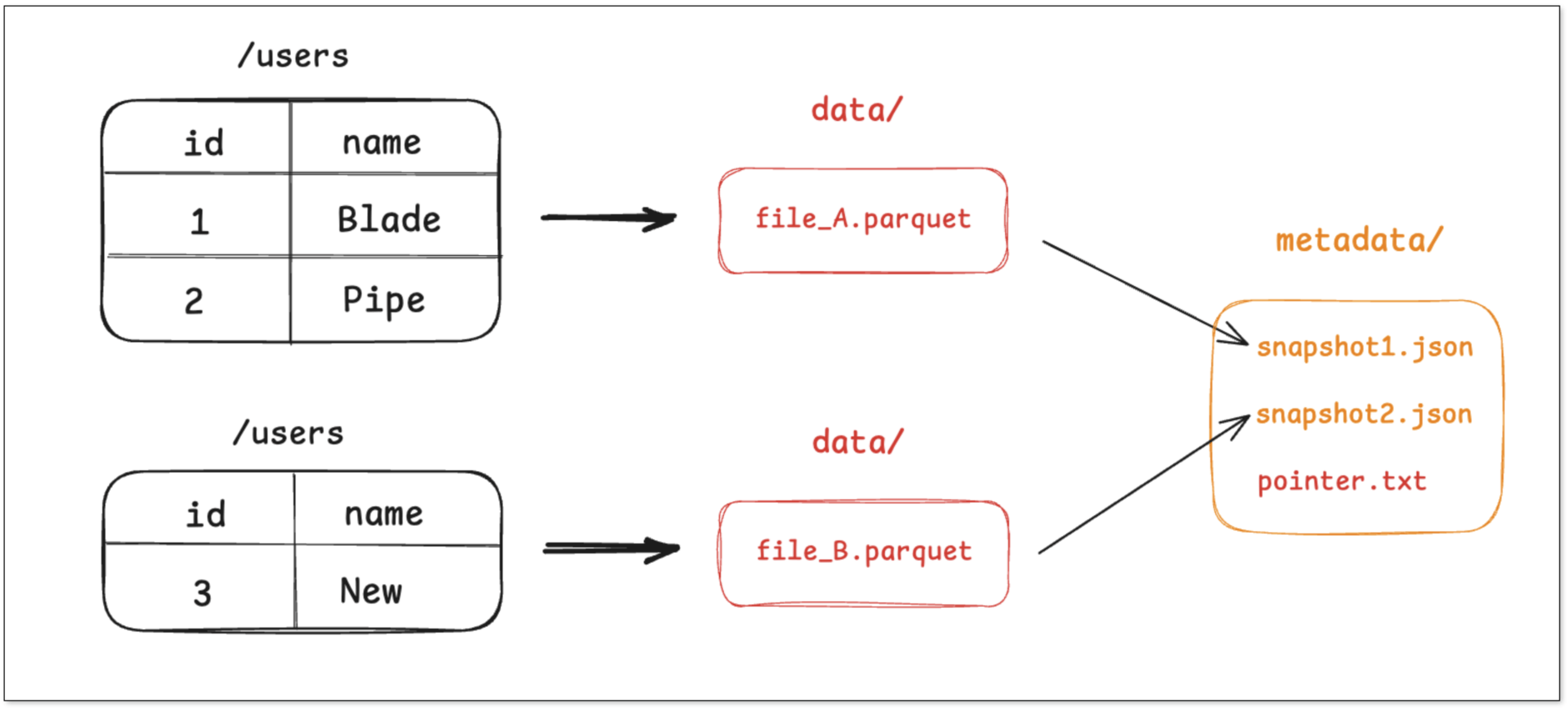
- A new Parquet file file_B.parquet is written with the inserted record.
- Metadata for snapshot_2 is created, now pointing to both file_A and file_B.
- The pointer is atomically updated and refer to snapshot_2.
The old snapshot (snapshot_1) still exists, enabling version-based reads.
Step 3: Update and merge
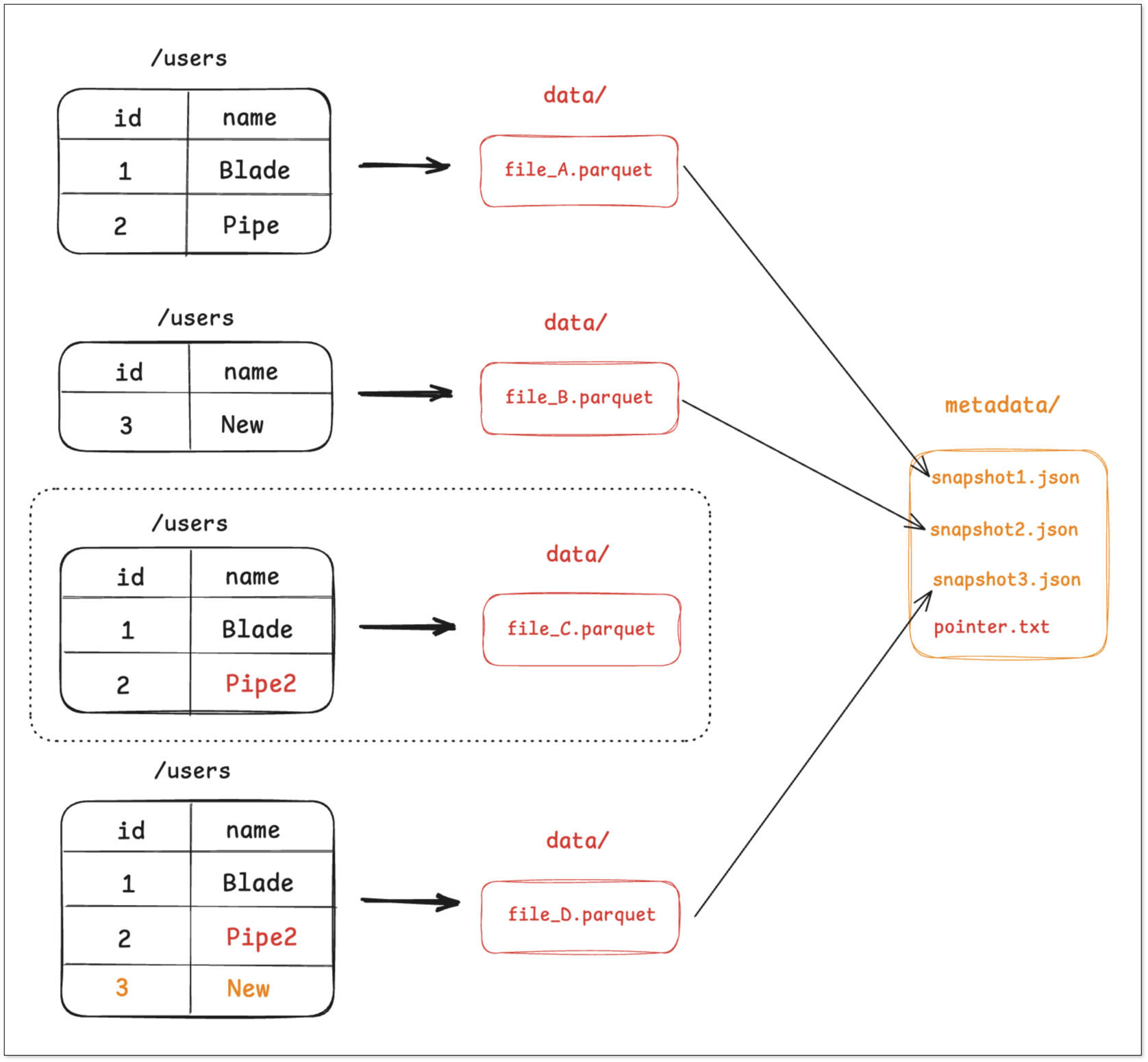
- Since Parquet files are immutable, the engine reads file_A, applies the update in memory, and writes a new file file_C.parquet.
- It may also trigger a compaction job that merges file_B and file_C into a larger file file_D.parquet.
- Then snapshot_3 is created, listing only file_D.
- The pointer is updated atomically to snapshot_3.
Files no longer referenced (e.g., file_A, file_B) become candidates for garbage-collection. This design shifts complex operations into atomic metadata actions, thus supporting ACID guarantees.
Data Querying
When querying a lake‐format table, the engine follows roughly these steps:

- Read the pointer.txt to find the current snapshot or a specified historic snapshot.
- From the snapshot, obtain the list of data files and their statistics (partitions, row count, min/max per column, bloom filters, etc.).
- Based on the predicates, perform partition pruning and column-statistics pruning, retaining only files or rows that may match, and then apply column projection and predicate pushdown into the Parquet/ORC layer.
- Merge file reads:
- Copy-On-Write (CoW): Read the latest set of files directly.
- Merge-On-Read (MoR): Read base files + incremental/delete-vector files and apply merges/deletes during read.
In summary, the essence of a data lake format is to transform complex data operations into atomic metadata updates,thus achieving ACID transactions and efficient queries.
Iceberg vs Delta Lake vs Paimon
Although they share the same goal, the three lake formats diverge in design philosophy and metadata structure.
Let’s look at how each handles metadata, updates, and queries.
Apache Iceberg
Metadata
Iceberg uses a hierarchical tree-based metadata structure that makes metadata pruning highly efficient.
- A top-level metadata file defines schema, partitioning, and the list of all snapshots.
- Each snapshot has a manifest list, an index pointing to multiple manifest files and their partitions.
- Each manifest contains the actual data file list, with detailed column statistics, min/max values, and file-level metadata.
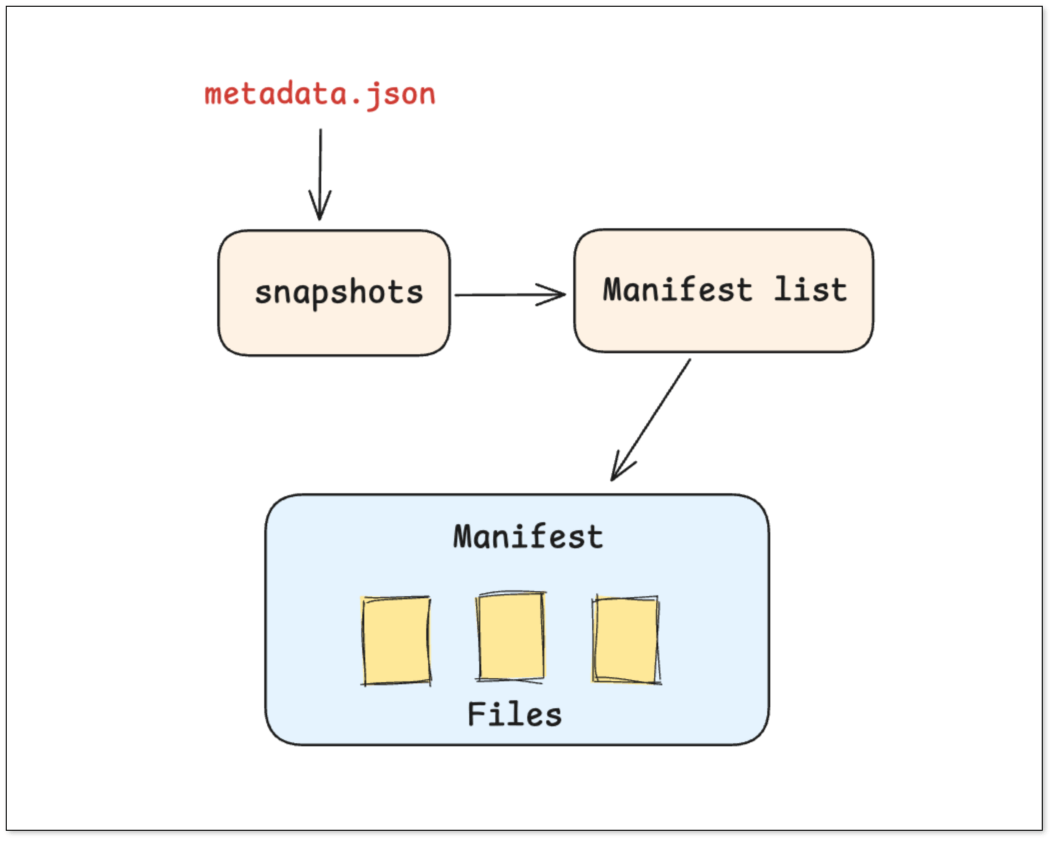
Data Updates
- Create a new Delete file, such as del_file_A.parquet, to record that the Nth row of file_A or rows with user_id = 1 have been deleted.
- Create a v2 snapshot, which includes both file_A.parquet and del_file_A.parquet. When reading, the query engine will automatically filter out the deleted rows based on the Delete file.
Querying
- The engine reads the top-level metadata, finds the manifest list for the version, prunes based on partition info to select only relevant manifest files, then reads only those data files.
Delta Lake
Metadata
Delta Lake is built around a strictly time-ordered transaction log (_delta_log/).
- Transaction Log: Each write/update/delete produces a new JSON file documenting which files were added and removed.
- Checkpoint File: When the log grows large, a checkpoint Parquet file is created for faster reads.
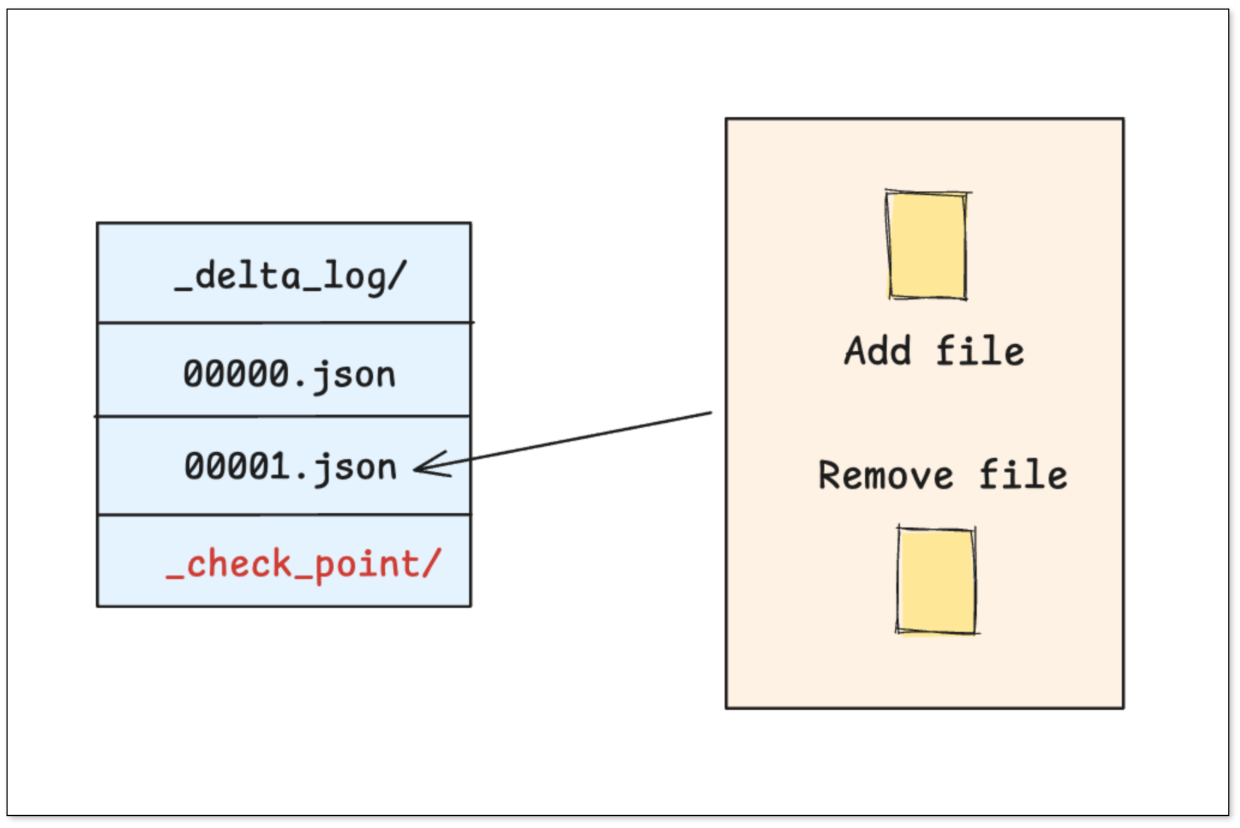
Data Updates
- Copy-On-Write: The engine reads the old file, applies changes, writes a new file, and logs the change in /_delta_log.
- Delete vector: Instead of rewriting, the engine can append a delete vector record in /_delta_log.
Querying
- The engine locates the latest checkpoint, then applies subsequent transaction logs to compute the final state of the table.
Apache Paimon
Metadata Paimon draws on a database-style LSM-tree architecture, particularly optimized for continuous real-time ingestion.
- Write-Buffer / L0 Level: Newly arriving data is written into L0 small files for very low-latency writes.
- Background Compaction: A background process merges L0 files into larger L1, L2 files while deduplicating by primary key, keeping only the latest version.
- Snapshot: A metadata snapshot records what file layers compose the table at any point.

Data Updates
- A new version for a key is written into L0 (a small file).
- Later, compaction merges L0 files, retaining only the most recent version and generating a larger L1 file.
Querying
- The engine reads all levels (L0, L1, …) and merges/deduplicates in memory to return the latest data.
The Evolution of Compute Bottlenecks
All three formats rely on metadata stored as files, which means merging and compaction often happen on the compute nodes. This can create performance bottlenecks in self-managed setups.
- Copy-on-Write (CoW): Frequent updates cause file rewrites and small-file compaction, stressing write nodes.
- Merge-on-Read (MoR): Queries must merge data and delete files at runtime, putting pressure on query nodes.
- LSM-style (Paimon): Fast writes, but background merges consume compute and I/O resources.
To offload these costs, cloud providers are increasingly pushing optimization logic into managed services:
- AWS Glue + Iceberg: Offer automatic small file compaction and table optimization.
- Databricks + Delta Lake: Provide built-in automatic merging and OPTIMIZE/ZORDER operations to merge small files in the background.
- Alibaba Cloud DLF + Paimon: DLF, as a managed metadata platform, offers storage optimization strategies to reduce maintenance overhead.
These managed optimizations make a big difference in stability and performance, but actual gains depend heavily on cloud provider capabilities and configuration strategy.
Summary
| Feature | Apache Iceberg | Delta Lake | Apache Paimon |
|---|---|---|---|
| Design Philosophy | Open standard, engine-agnostic | Simple and efficient, deeply integrated with Spark | Unified stream & batch, real-time updates prioritized |
| Core Contributors | Netflix, Apple, Dremio | Databricks | Flink community |
| Metadata Structure | Tree structure (Metadata -> Manifest List -> Manifest) | Linear transaction log (JSON + Parquet Checkpoint) | LSM-Tree-like structure |
| Key Strengths | Strong schema evolution, partition evolution, efficient metadata pruning | Easy to use, seamless integration with Spark/Databricks ecosystem | Excellent real-time upsert/delete performance |
| Concurrency Control | Optimistic Concurrency Control (OCC) | Optimistic Concurrency Control (OCC) | Optimistic Concurrency Control (OCC) |
| Best Suited for | Large-scale, multi-engine analytical batch workloads | Spark-centric batch and streaming pipelines | Flink CDC, real-time data lake, unified stream & batch |
| Openness | Very high, widely supported by Flink, Spark, Trino, StarRocks, etc. | High, but more tightly bound to Databricks ecosystem | High, closely integrated with Flink/Spark ecosystem |
In short, the core differences among the three formats lie in their metadata organization and update models.
- Iceberg is ideal for batch-heavy, multi-engine analytics.
- Delta Lake excels in Spark-based pipelines with auditable logs.
- Paimon dominates in real-time CDC and streaming use cases.
Building a Real-Time Data Lake
So how do you bring your database changes into a modern data lake in real time?
That’s where BladePipe comes in.
BladePipe is a real-time data integration platform that can continuously sync database changes into Paimon, Iceberg, or Delta Lake. It recently supports SaaS Managed mode. With it, you can start moving data after logging in. No deployment or maintenance is required.
Next, we'll set up a real-time data lake using BladePipe SaaS Managed and DeltaLake.
Data Sync
Add Data Sources
- Log in to the BladePipe Cloud. Select Fully Managed mode in the upper right corner.
- Click DataSource > Add DataSource for both MySQL and Delta Lake.
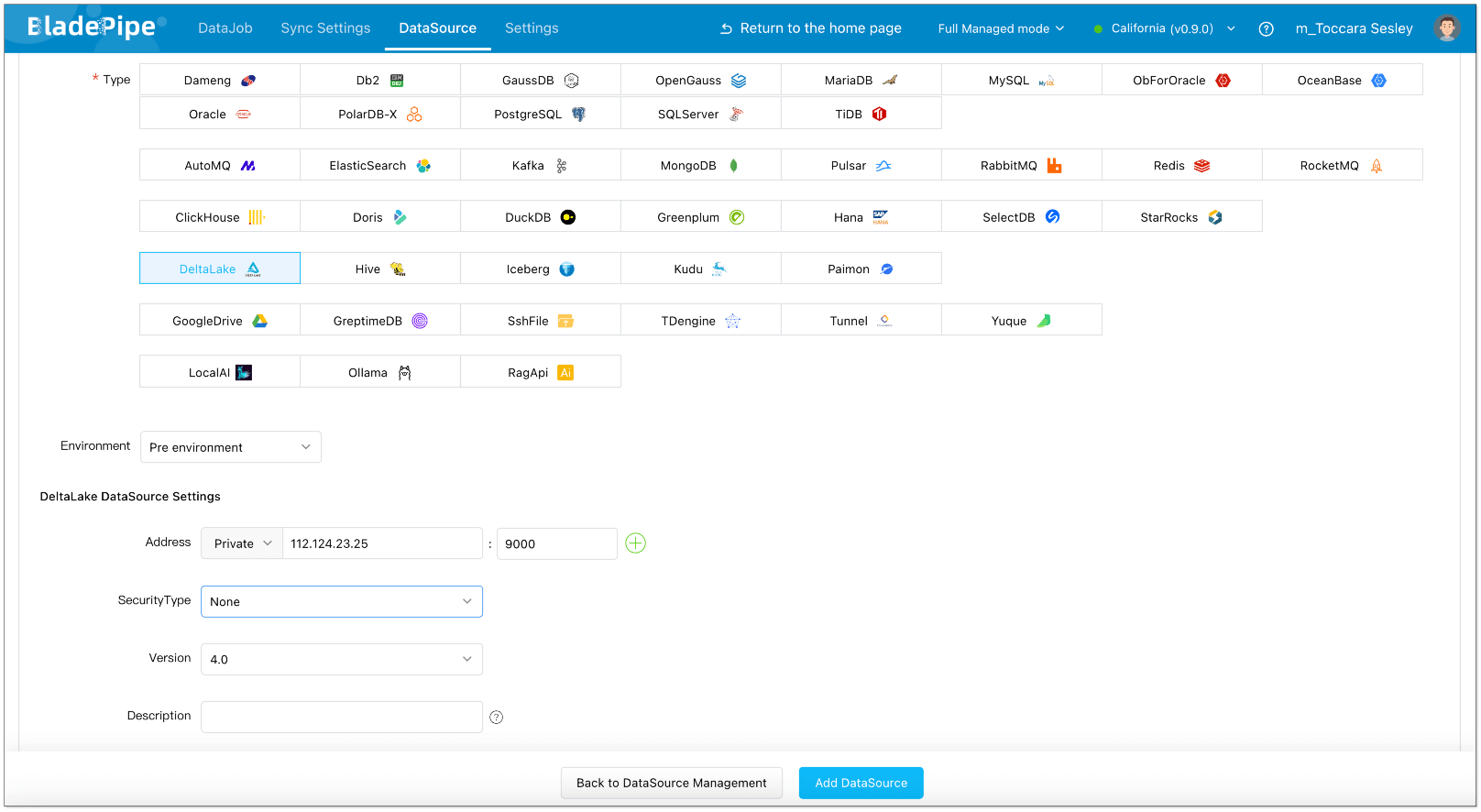
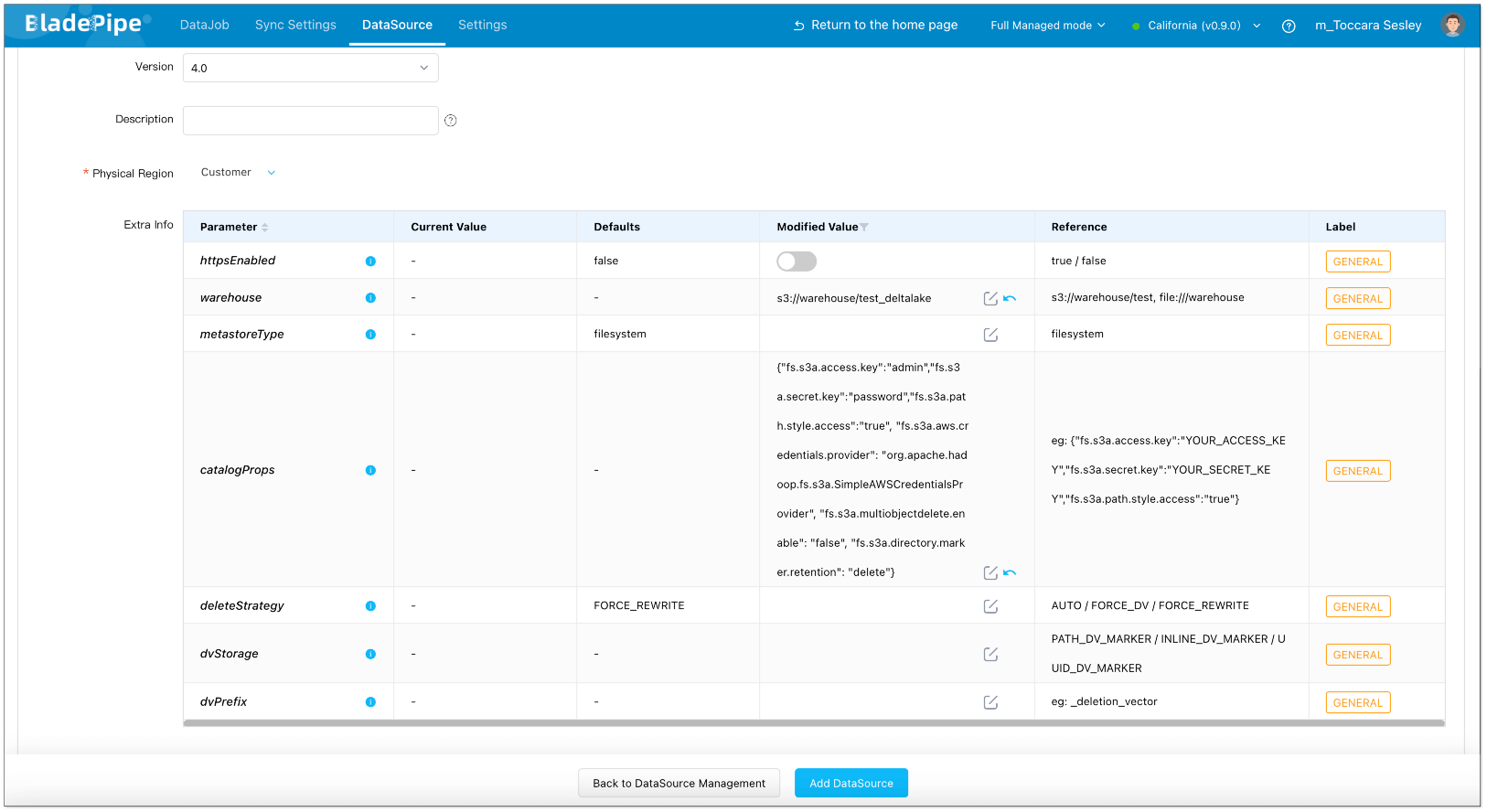
Create Sync Job
- Click DataJob > Create DataJob.
- Select the source and target DataSources, and click Test Connection to ensure the connection to the source and target DataSources are both successful.
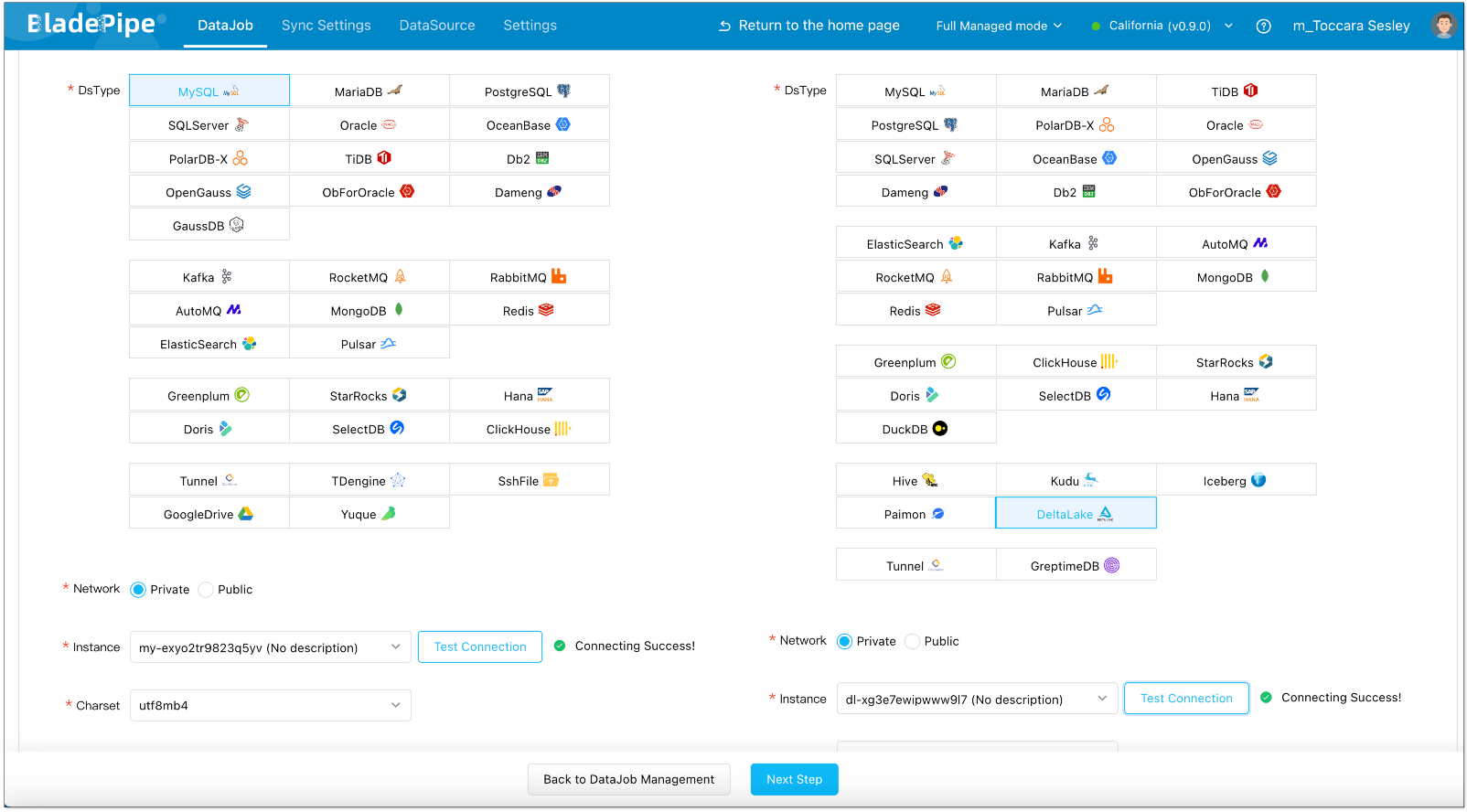
- In Properties Page: Select Incremental for DataJob Type, together with the Full Data option.
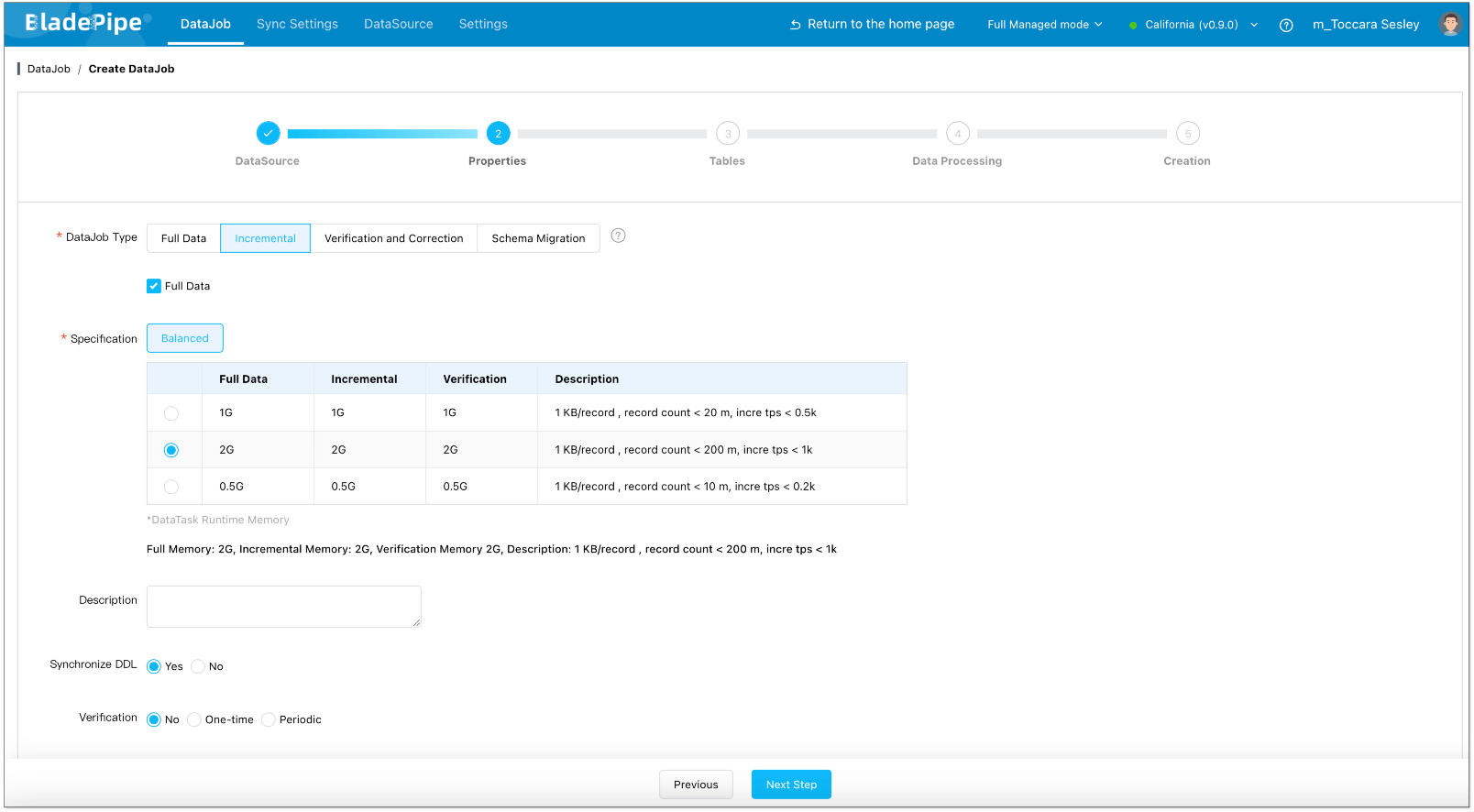
- Select the tables to be replicated.
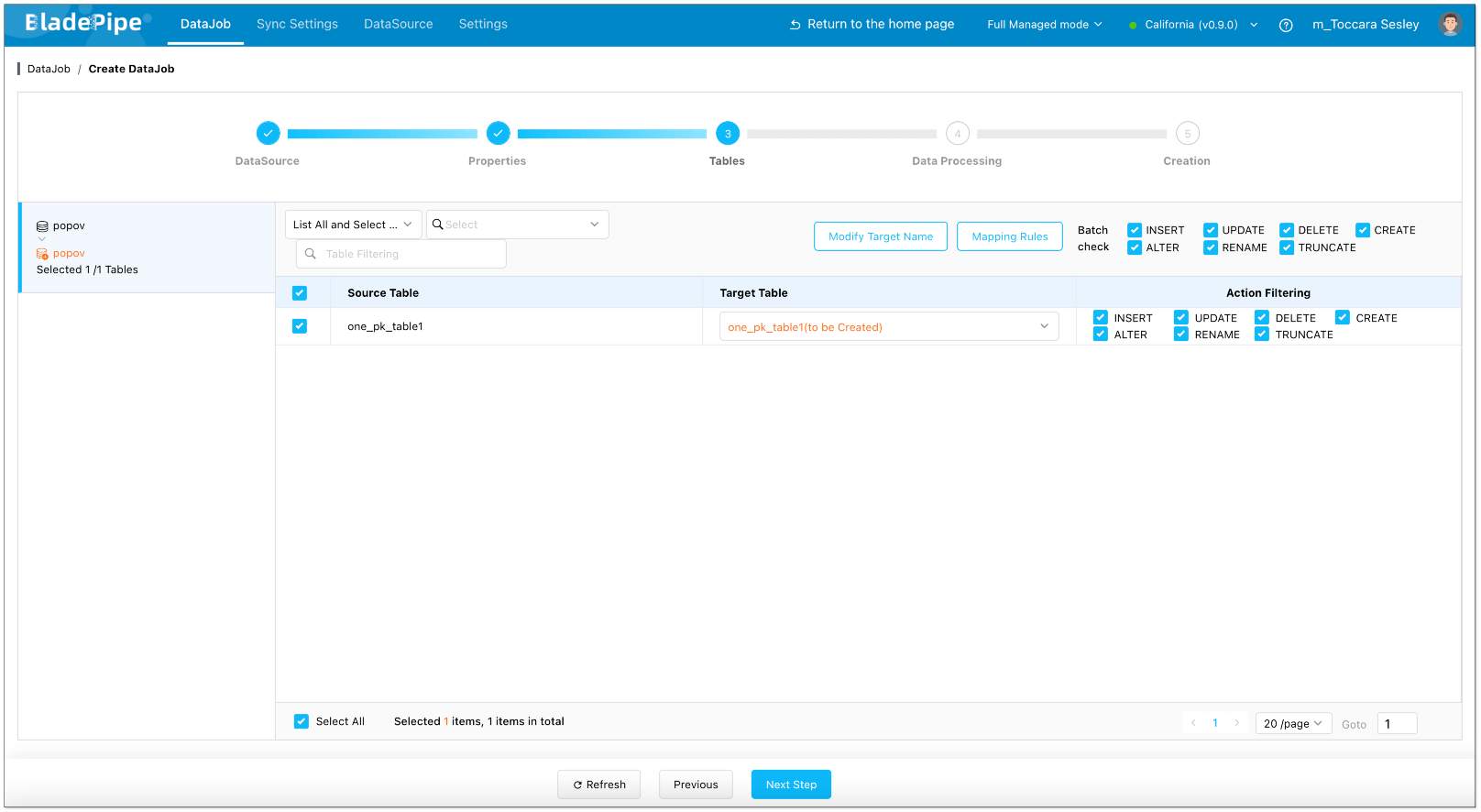
- Select the columns to be replicated.
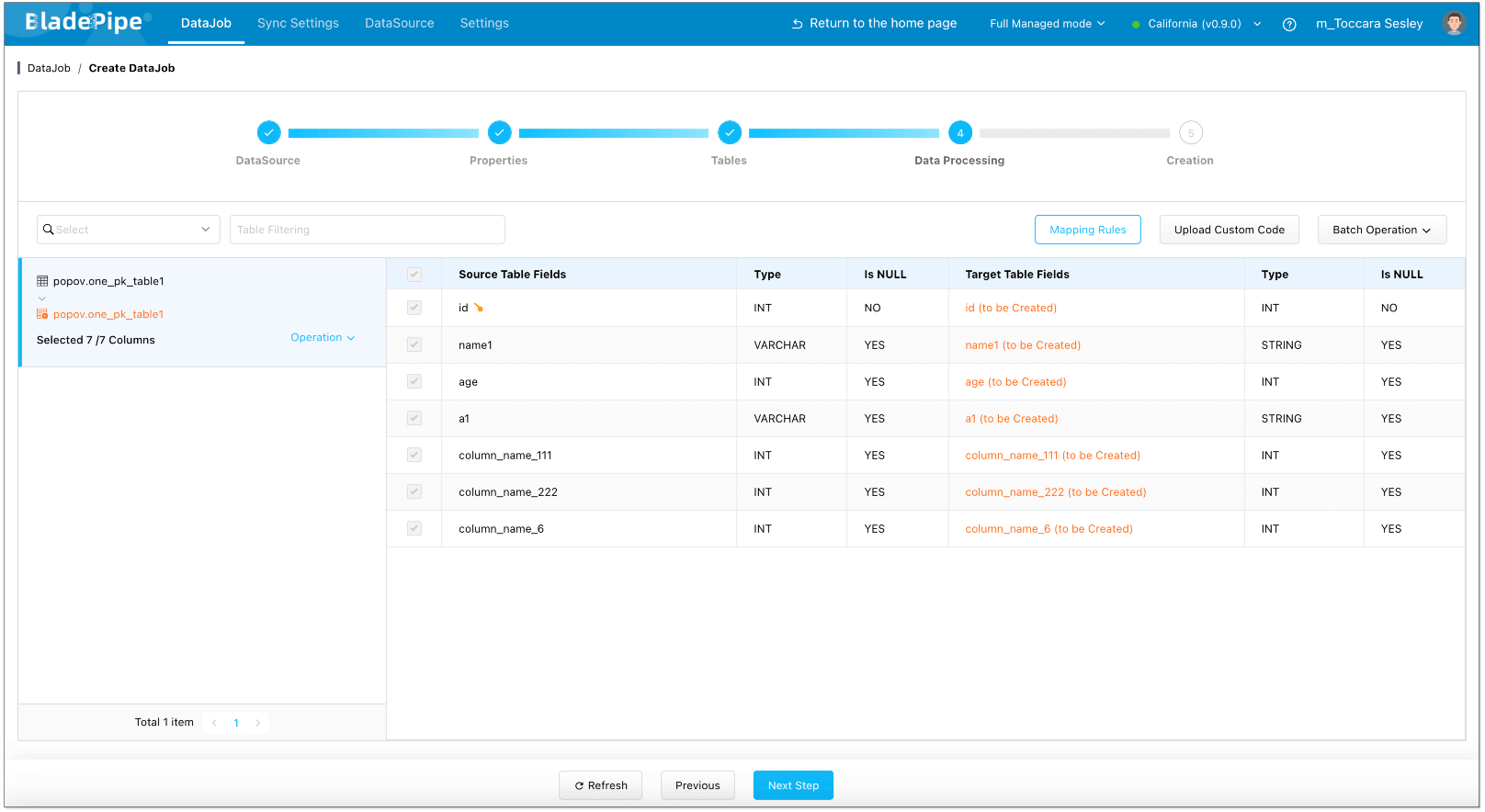
- Confirm the DataJob creation.

Once started, BladePipe will handle full-load initialization and capture incremental changes in real time into Delta Lake.
Takeways
Iceberg, Delta Lake, and Paimon each represent a different path toward a more consistent, real-time, and scalable data lake architecture.
- Iceberg: open, analytical, and highly flexible.
- Delta Lake: operationally simple and deeply Spark-integrated.
- Paimon: streaming-native and real-time ready.
With tools like BladePipe, teams can connect operational databases directly to these lake formats, enabling near-zero-latency analytics and simplifying the entire data pipeline.


